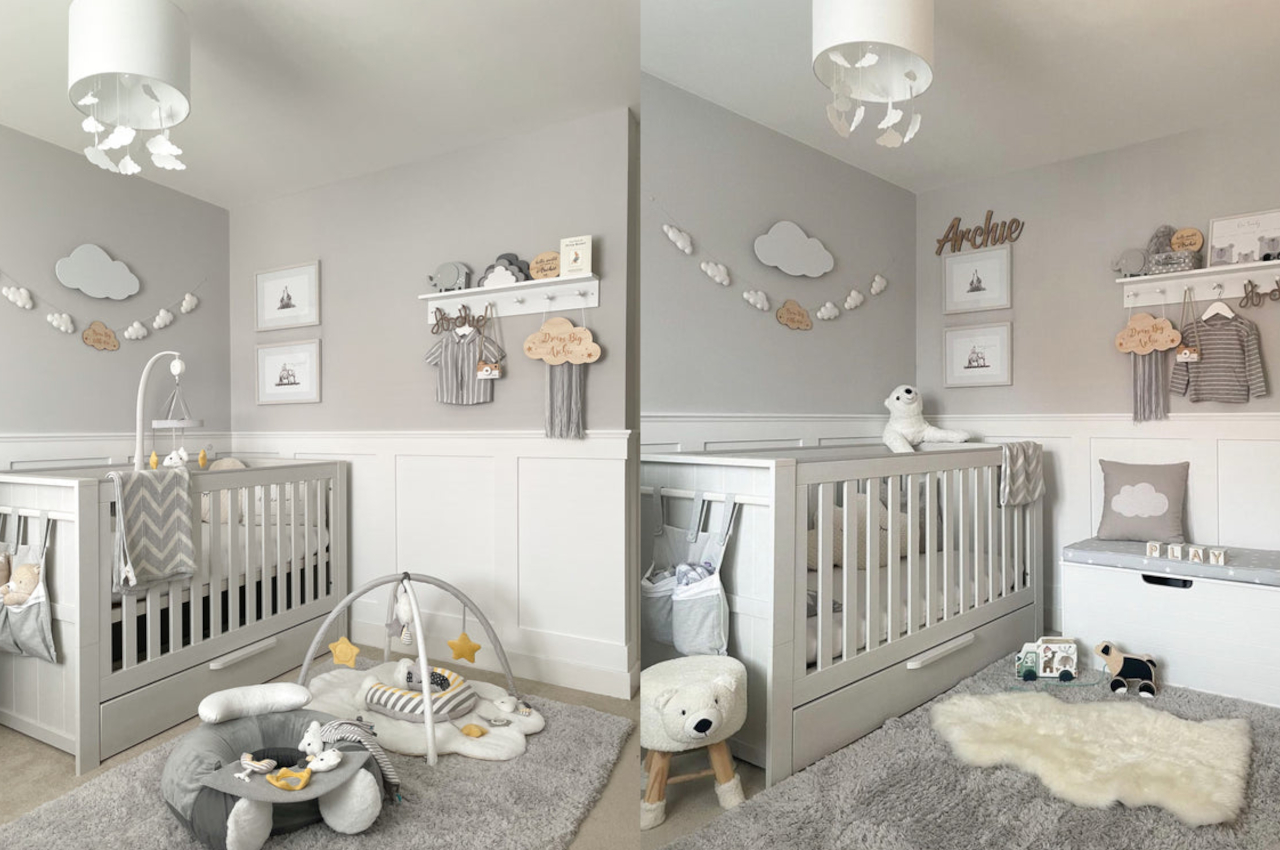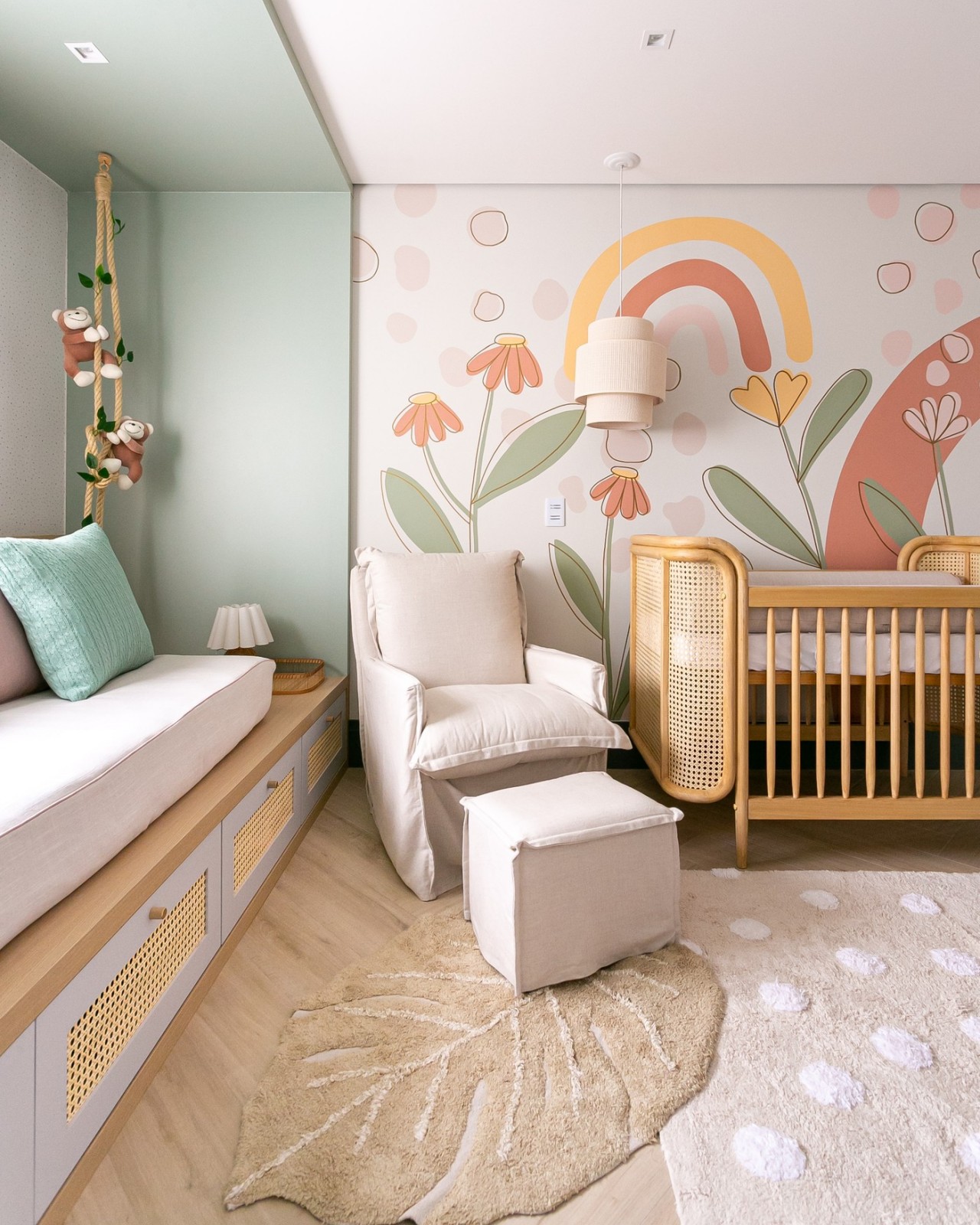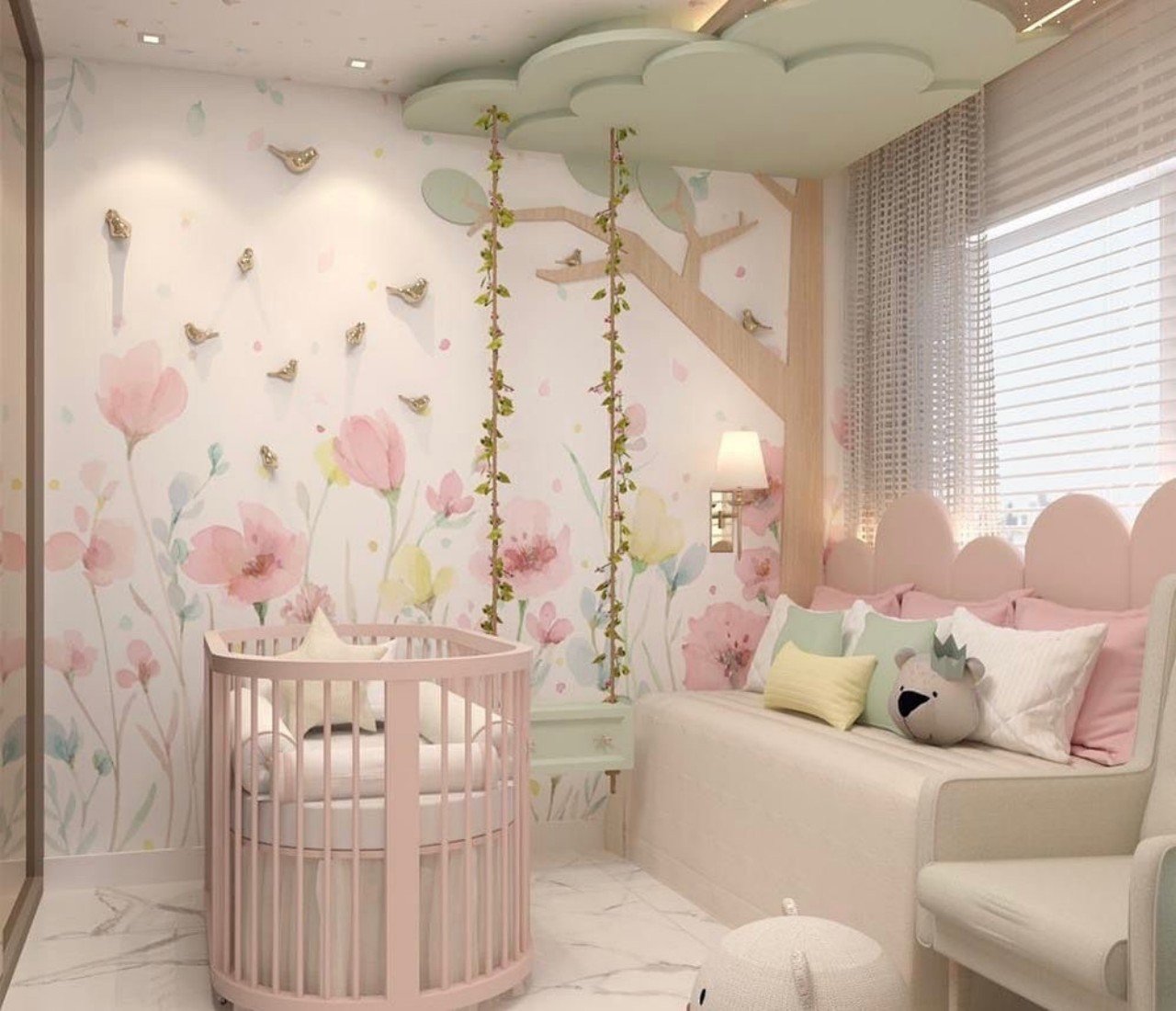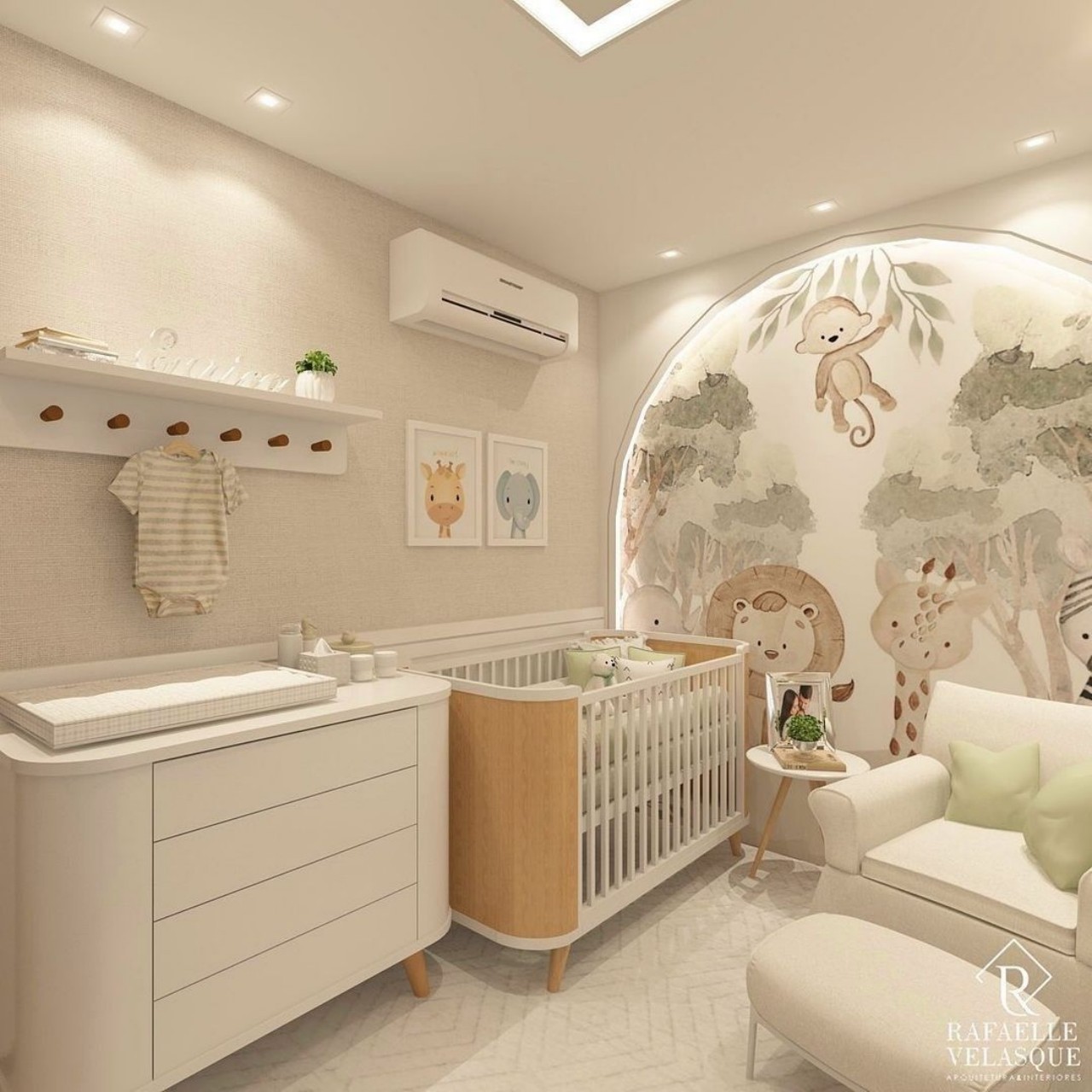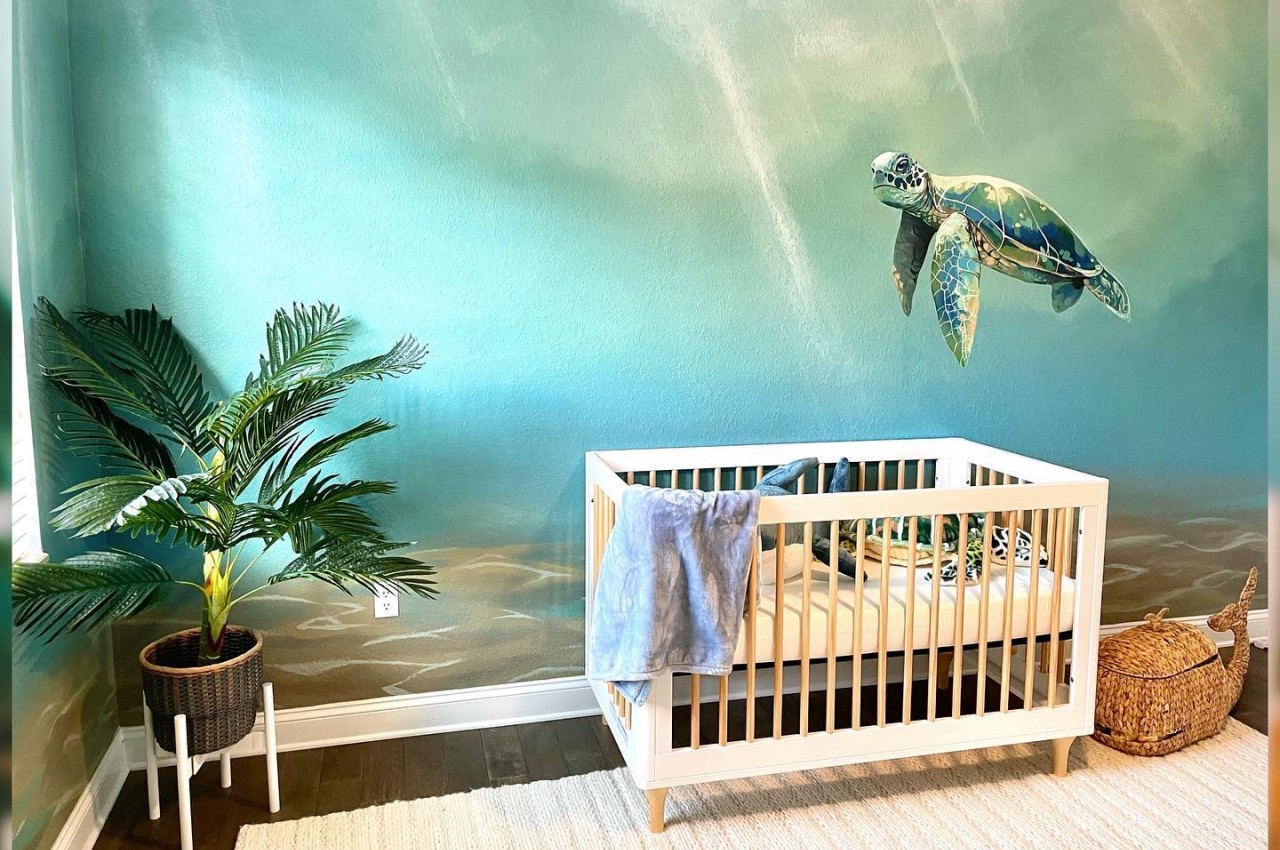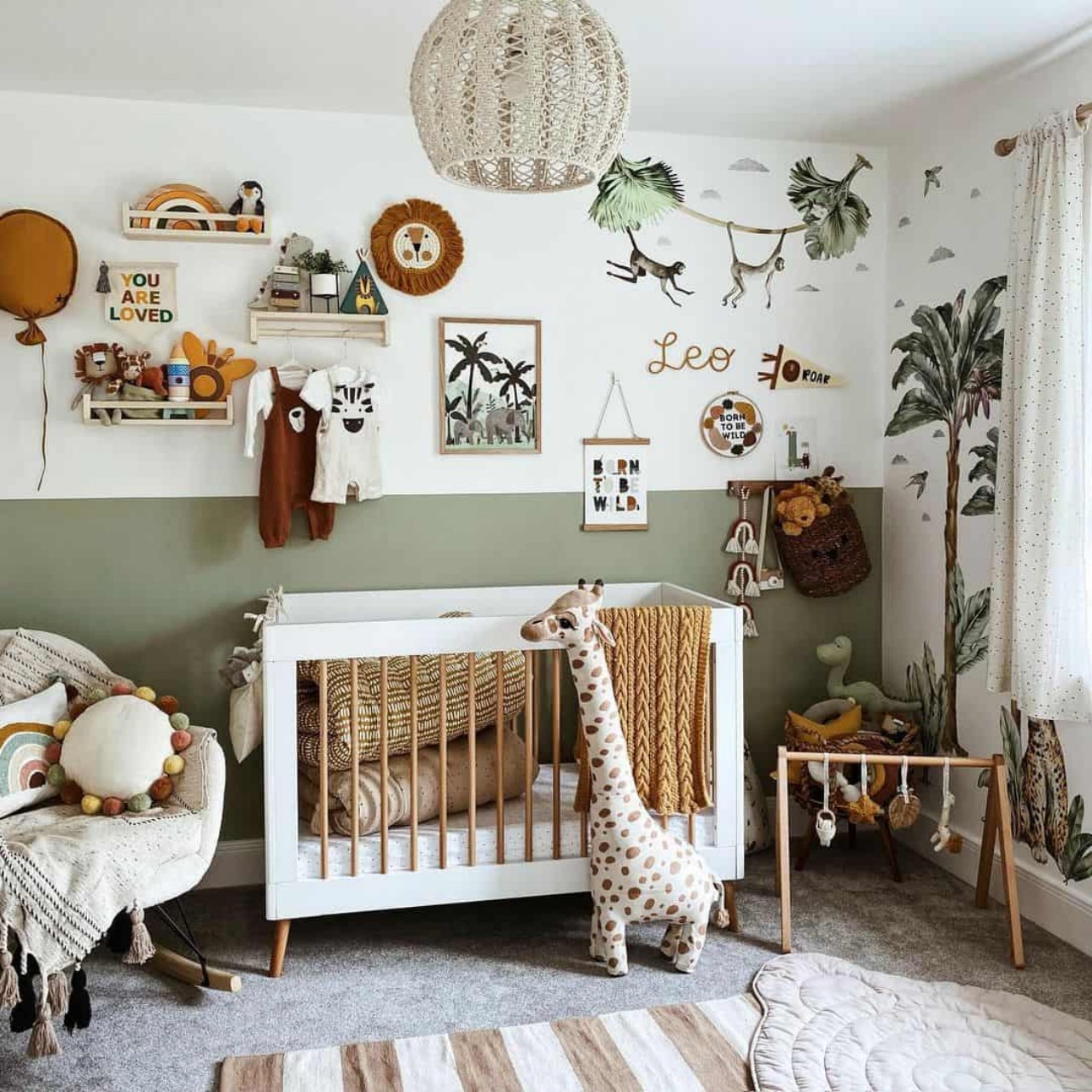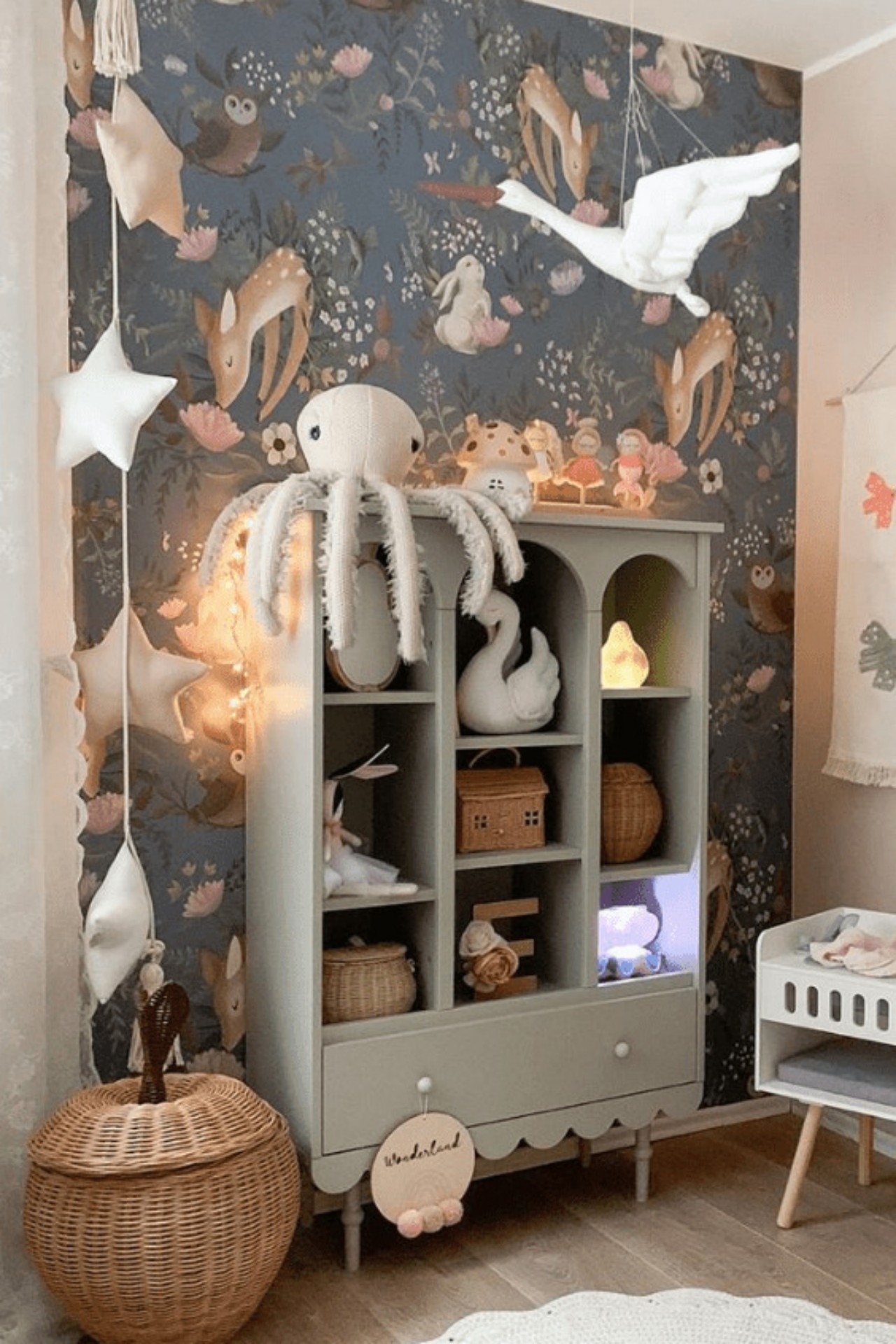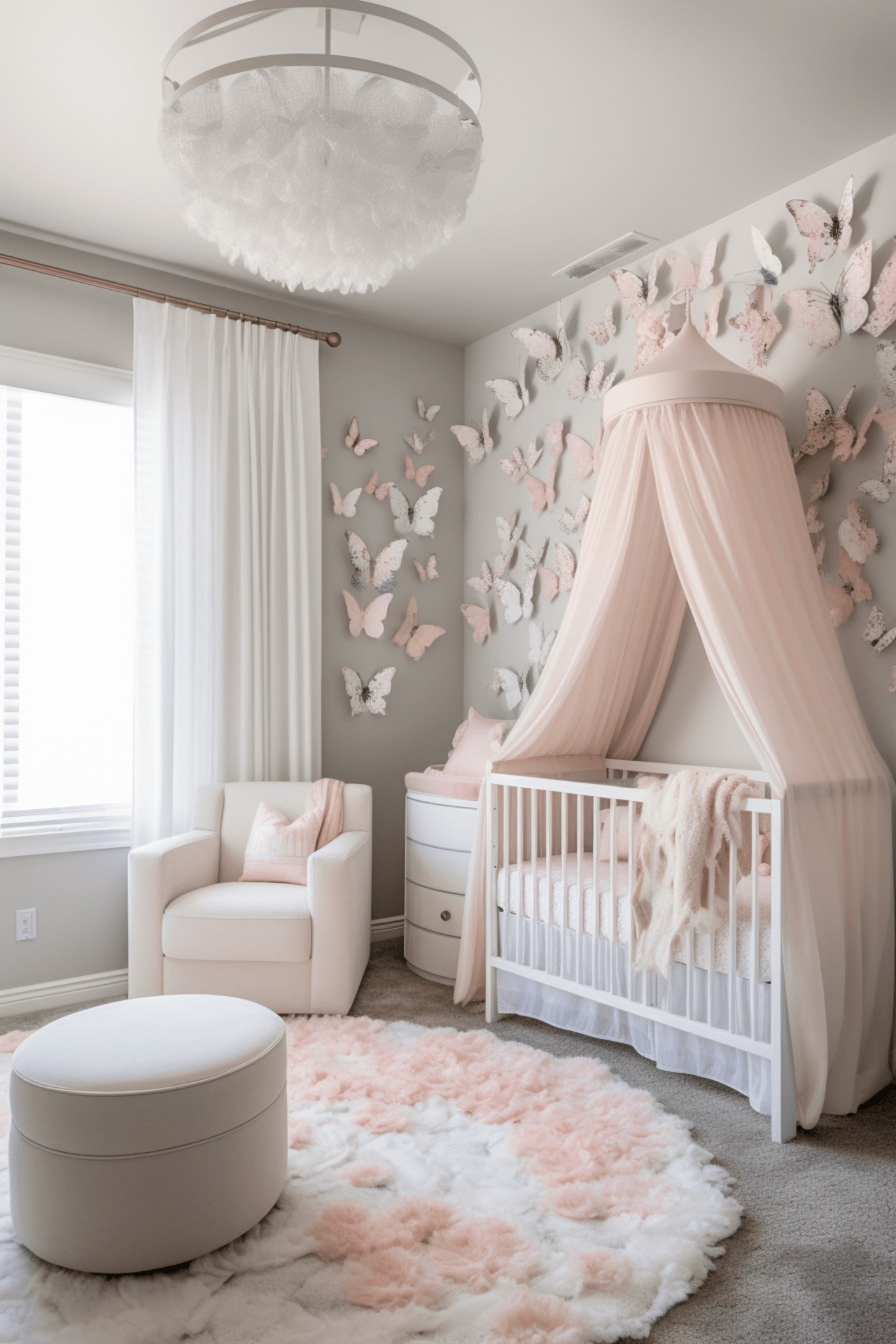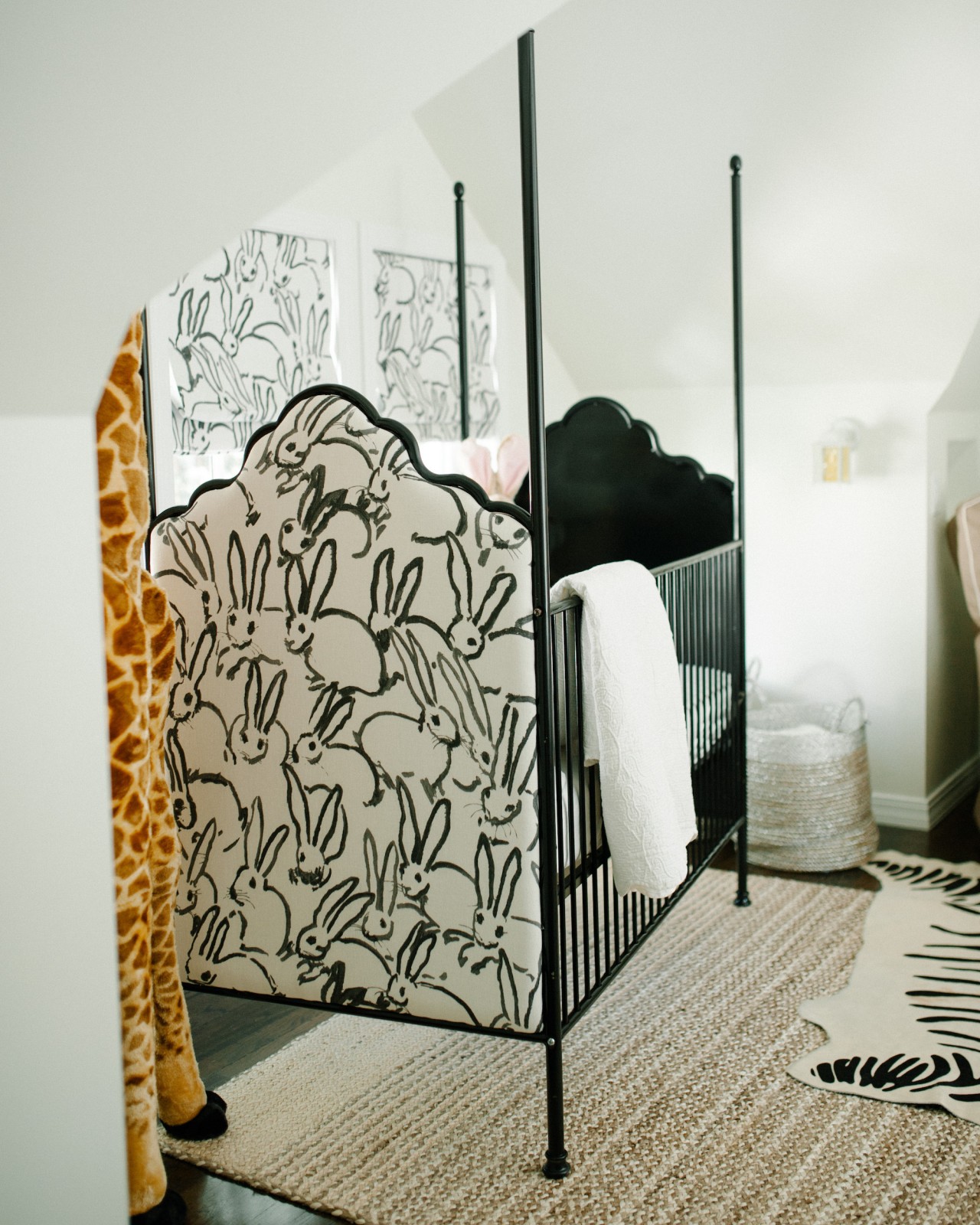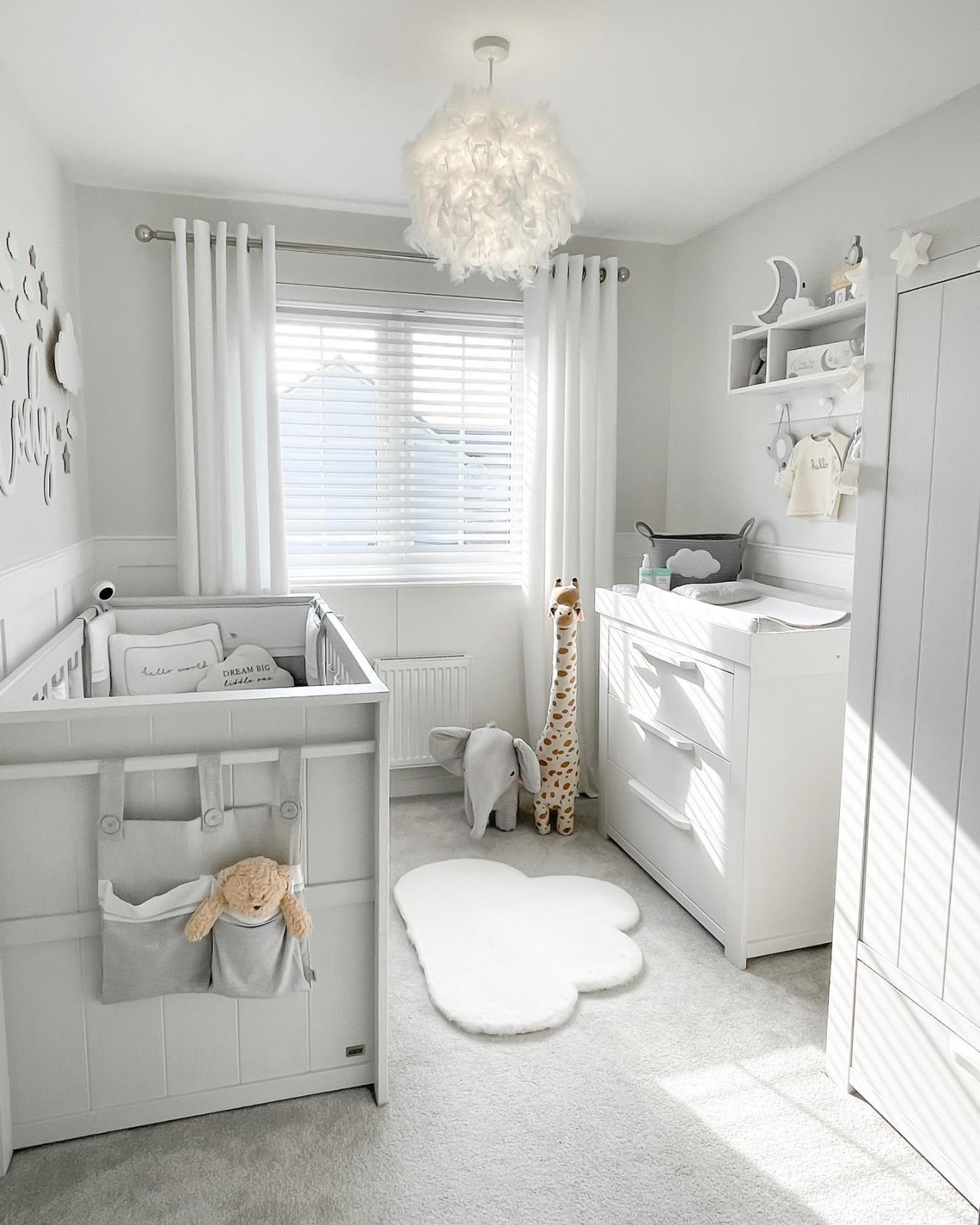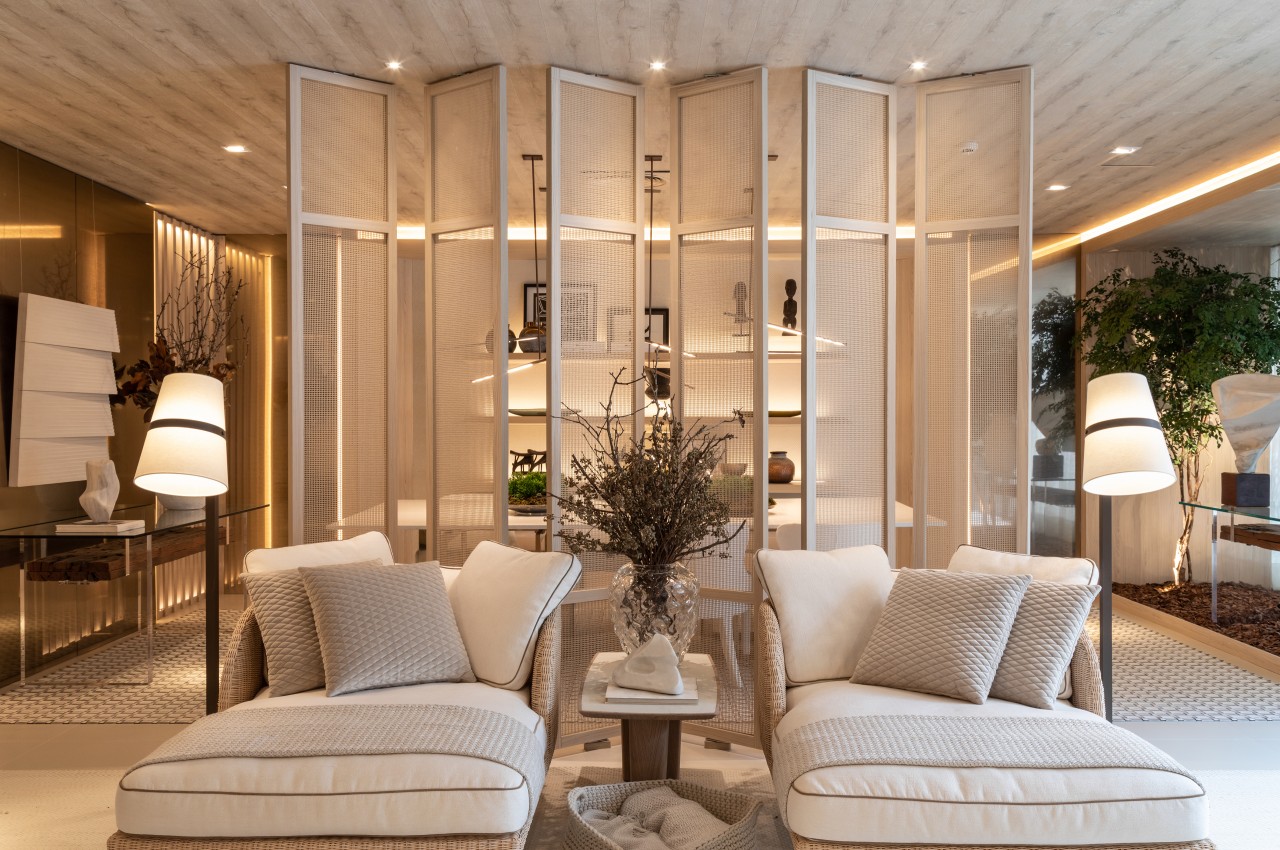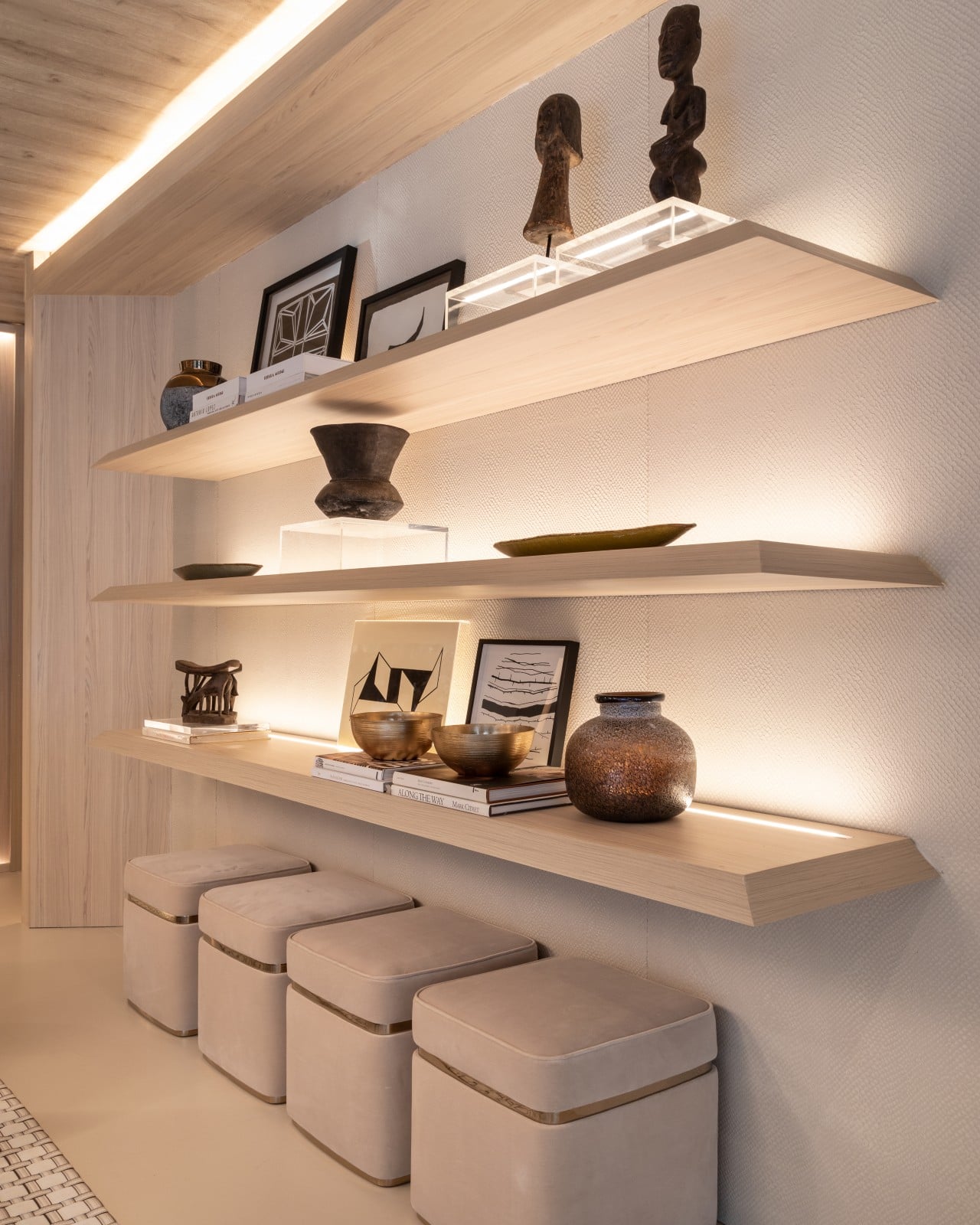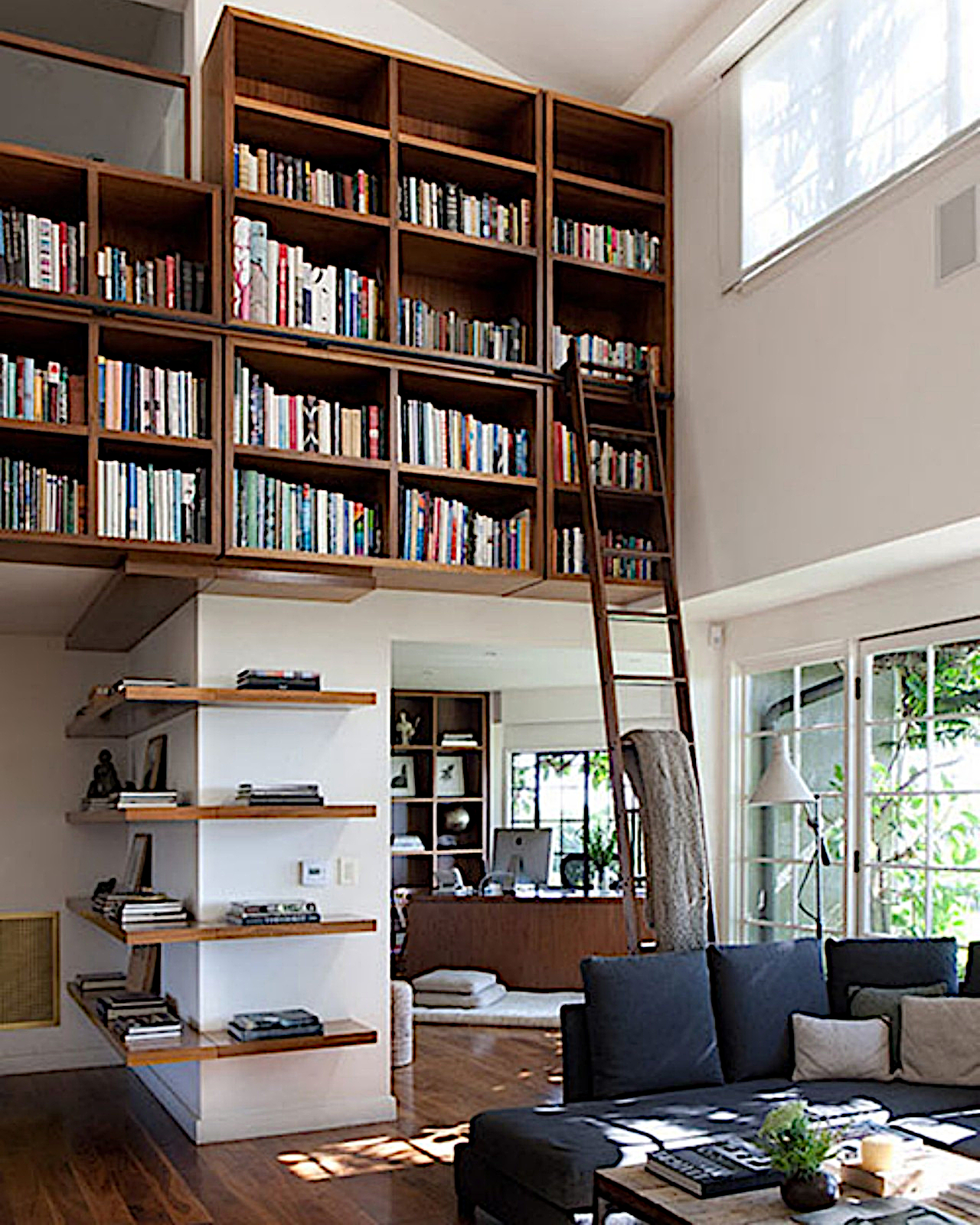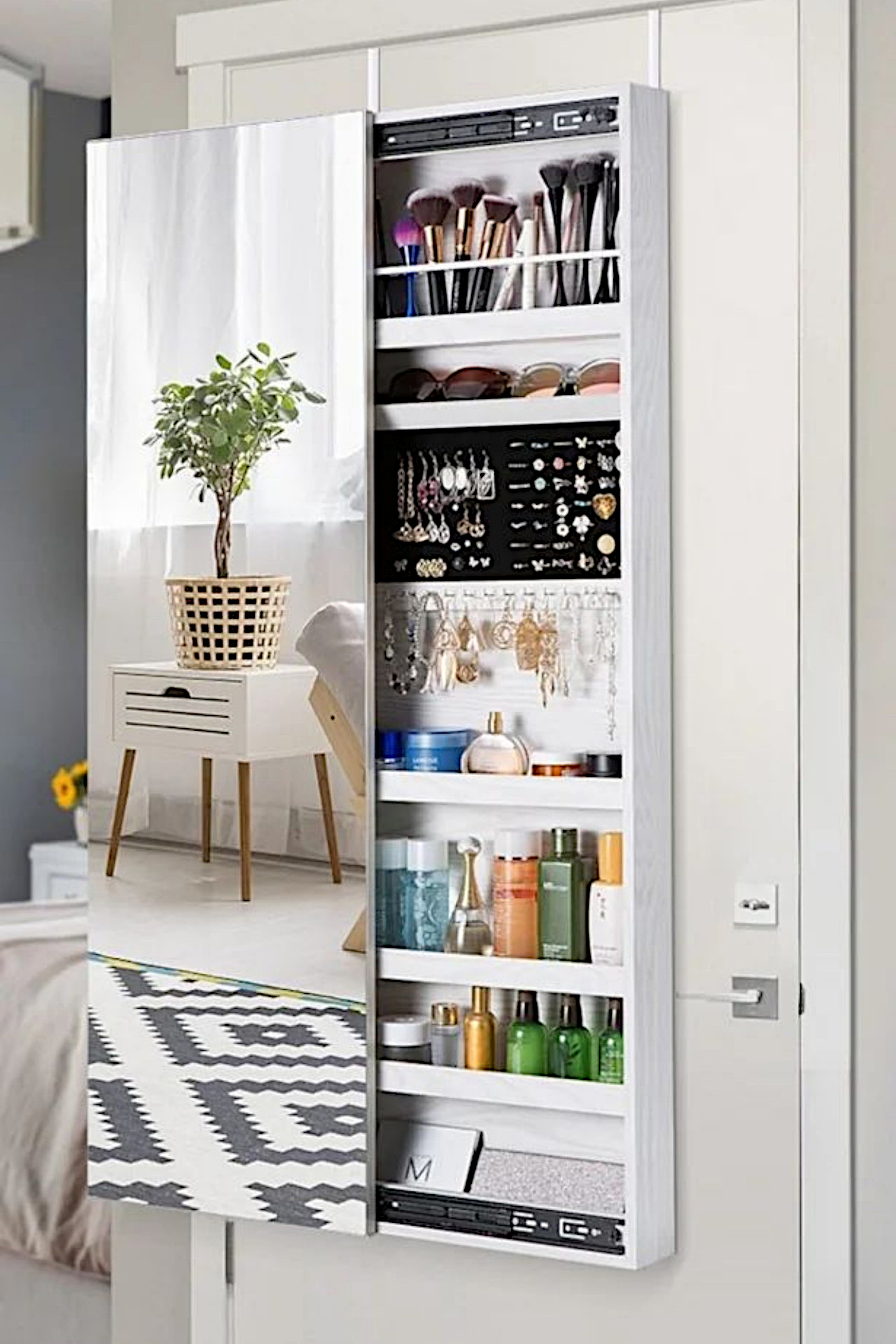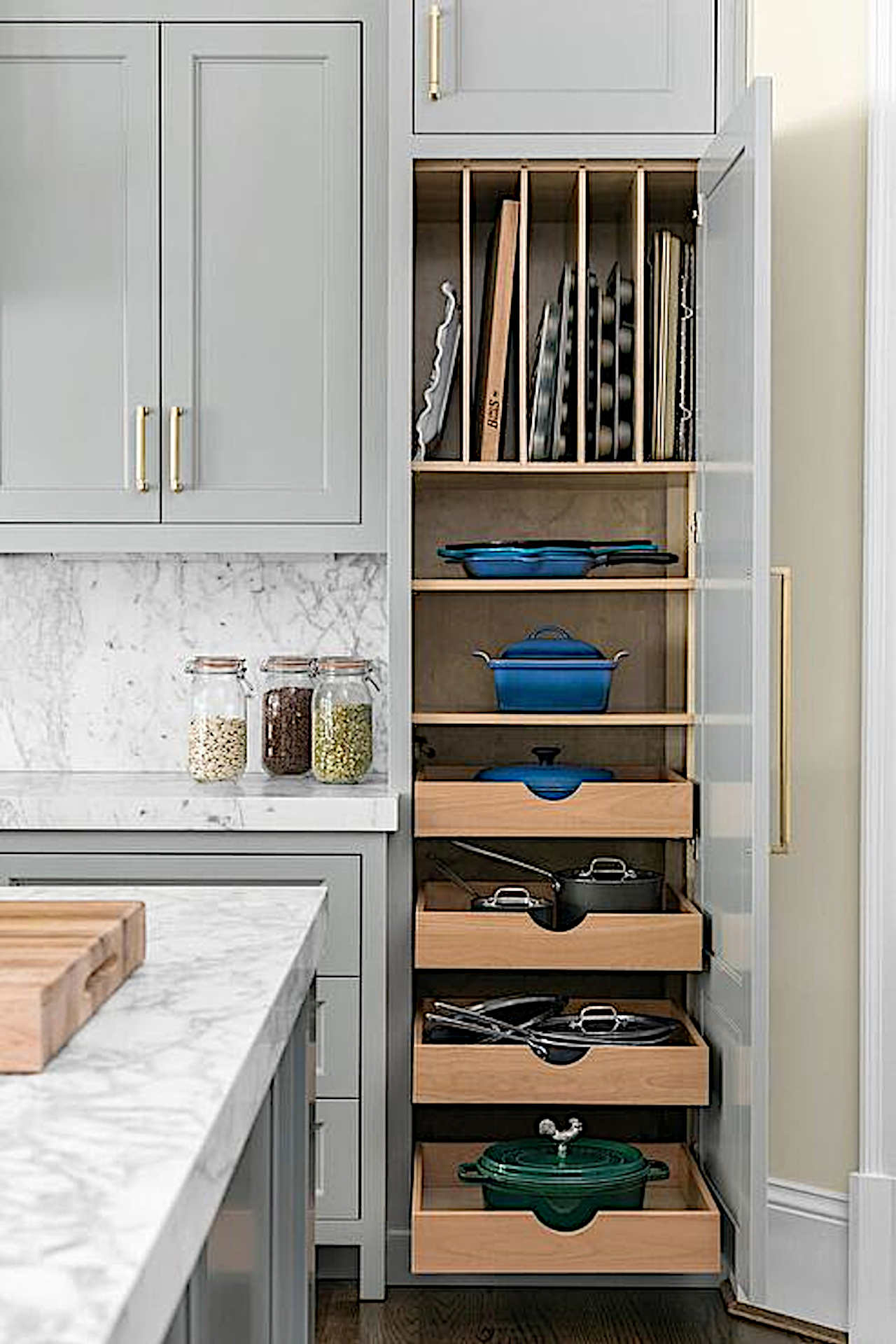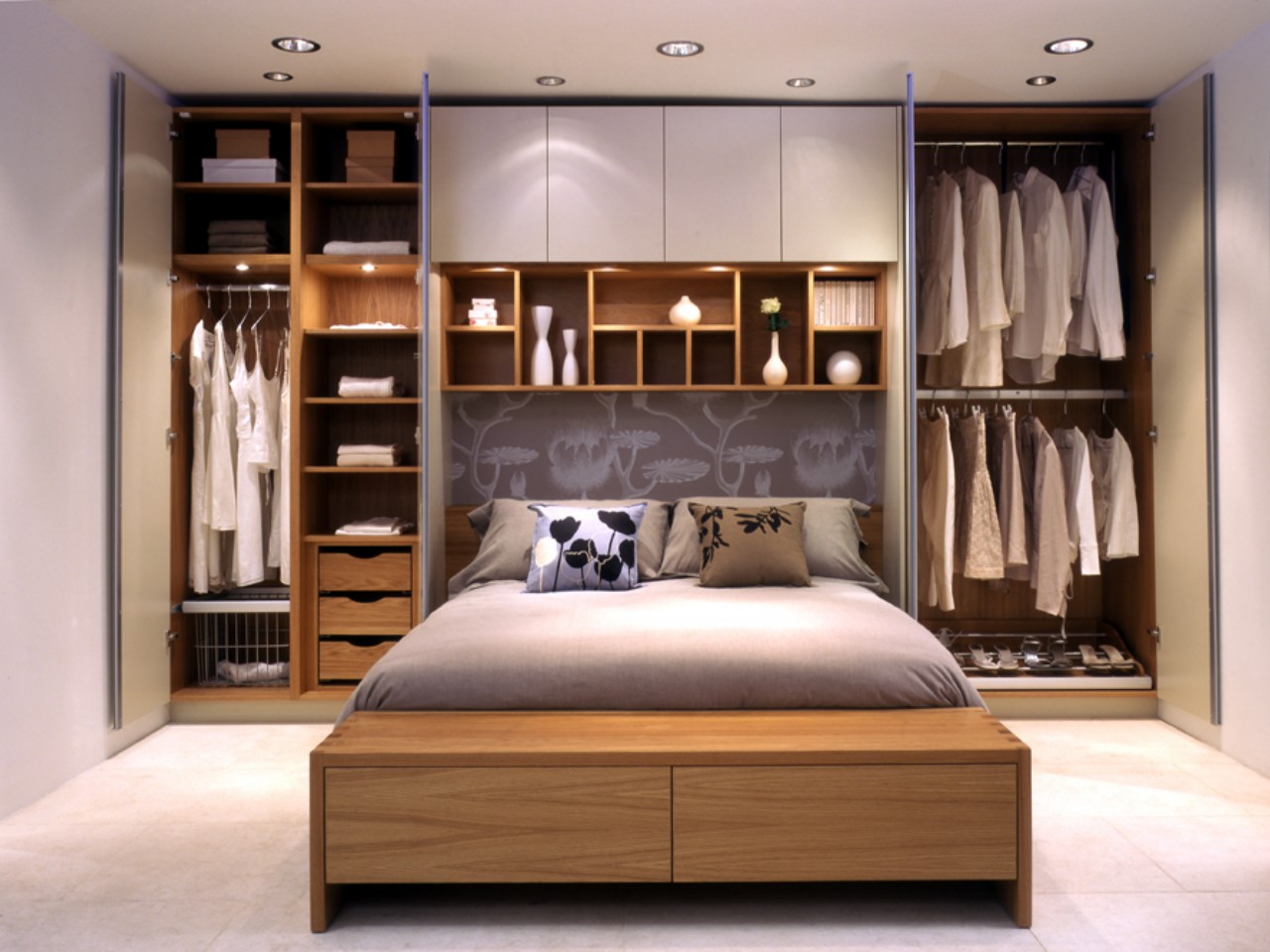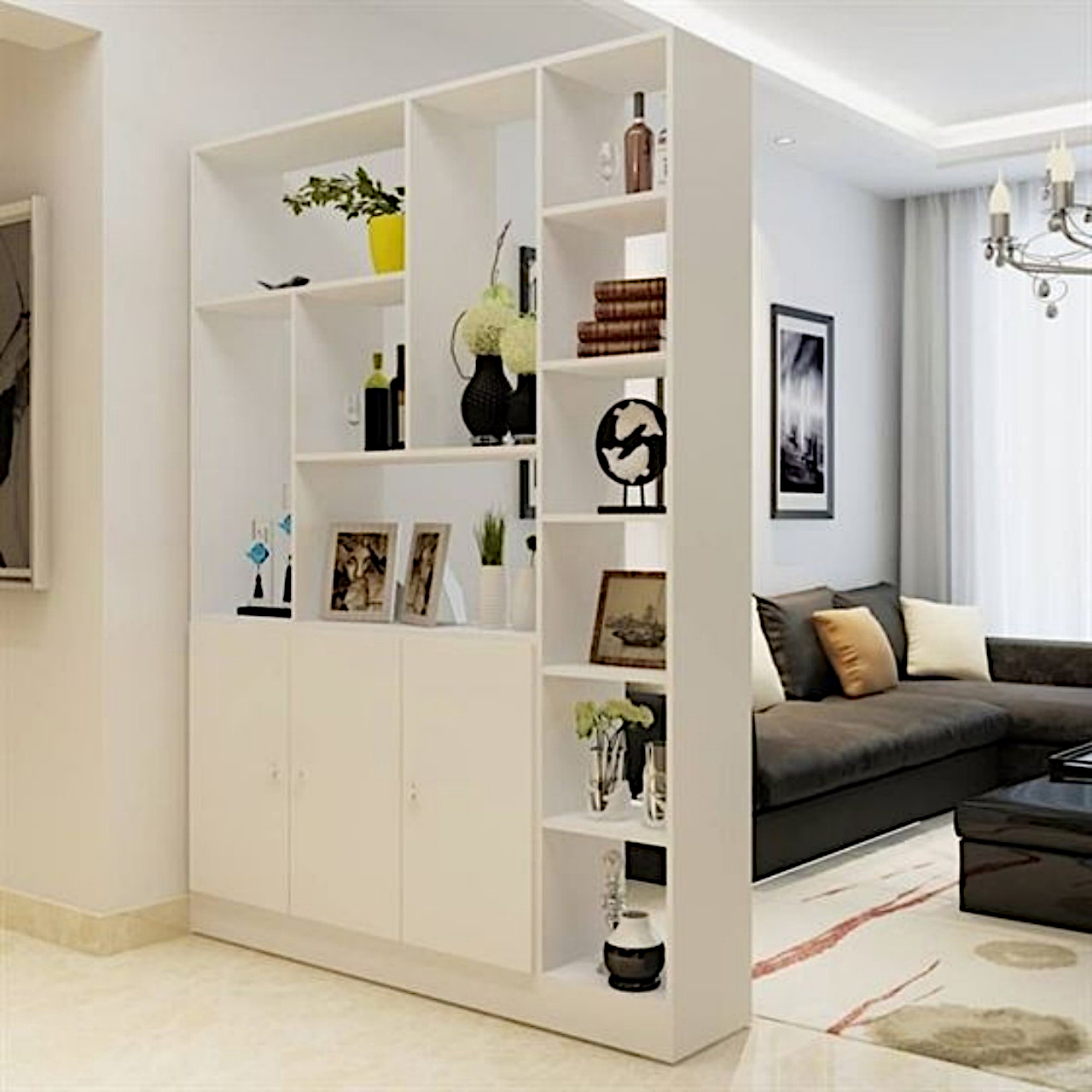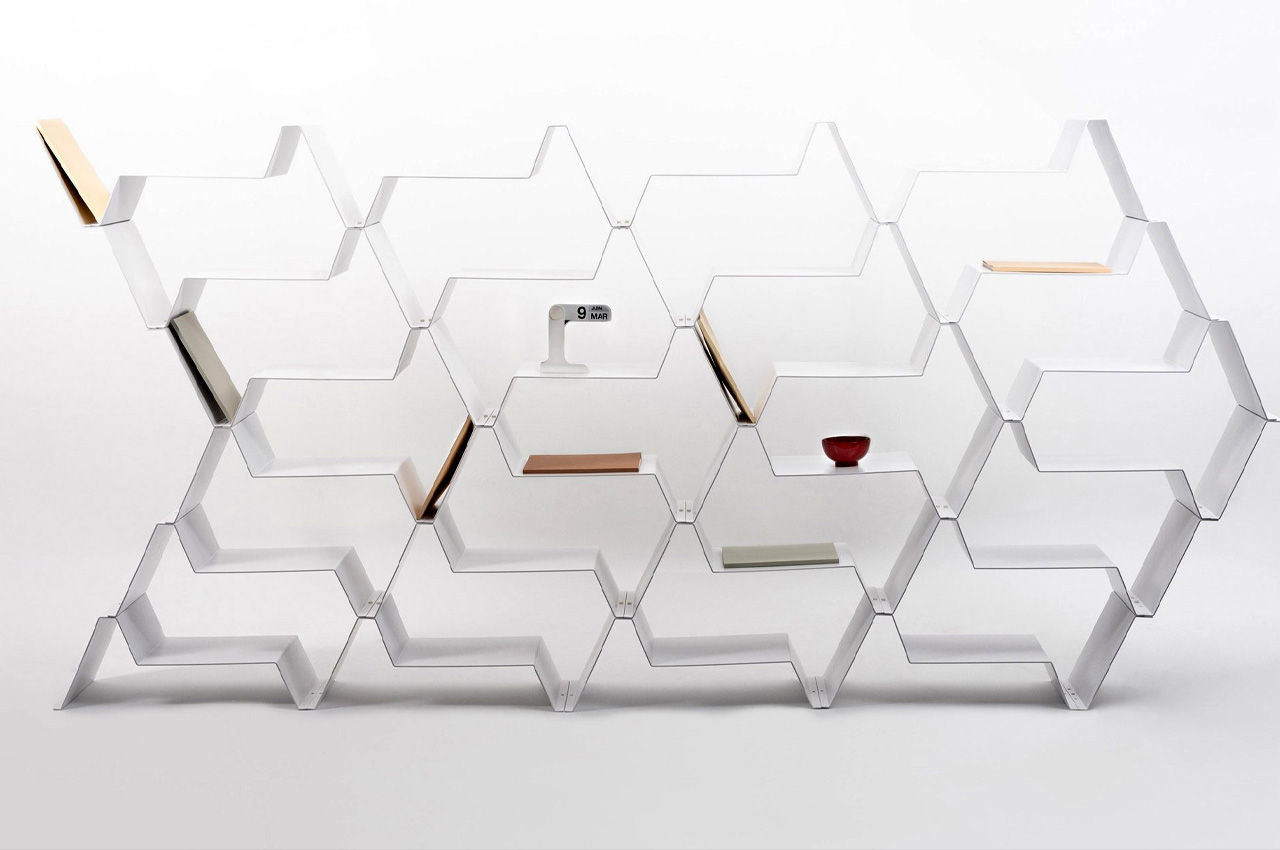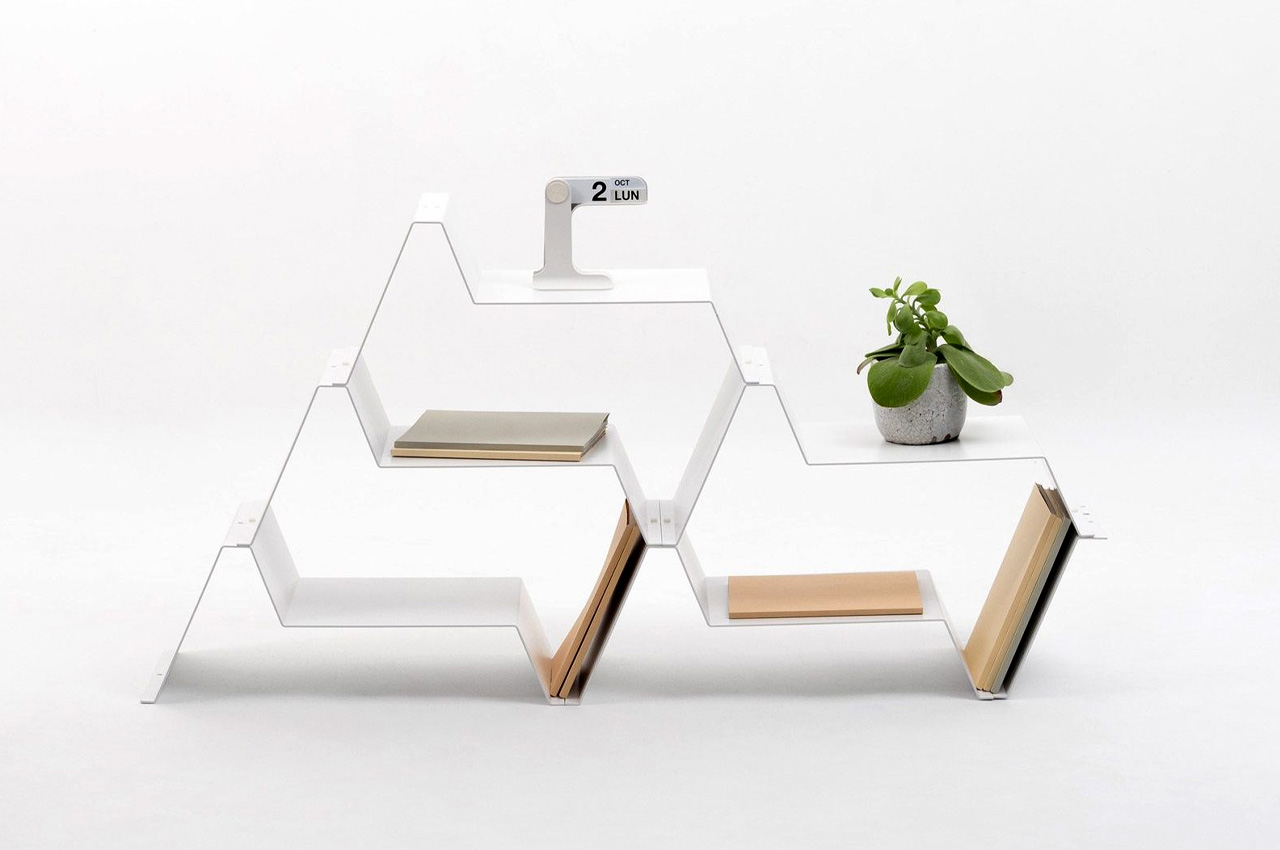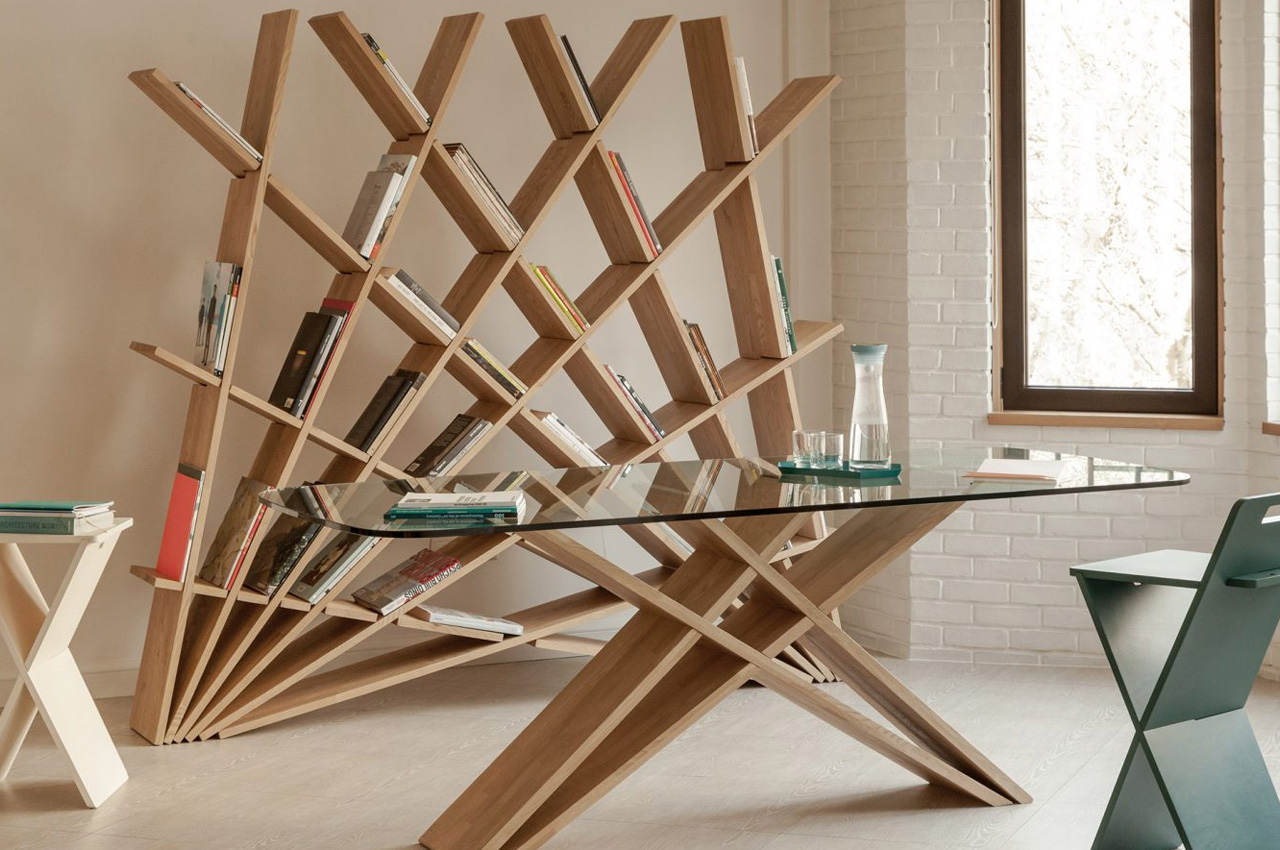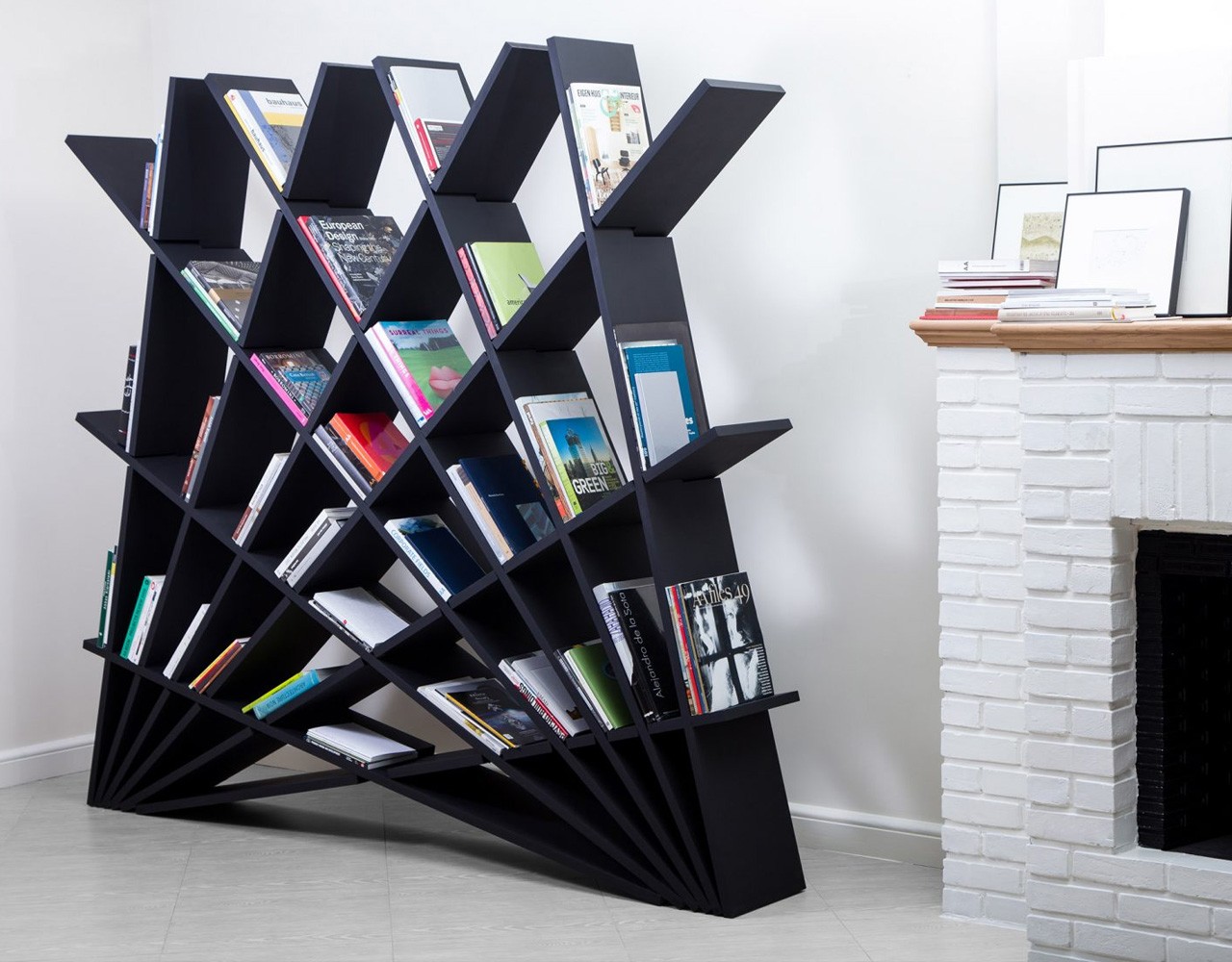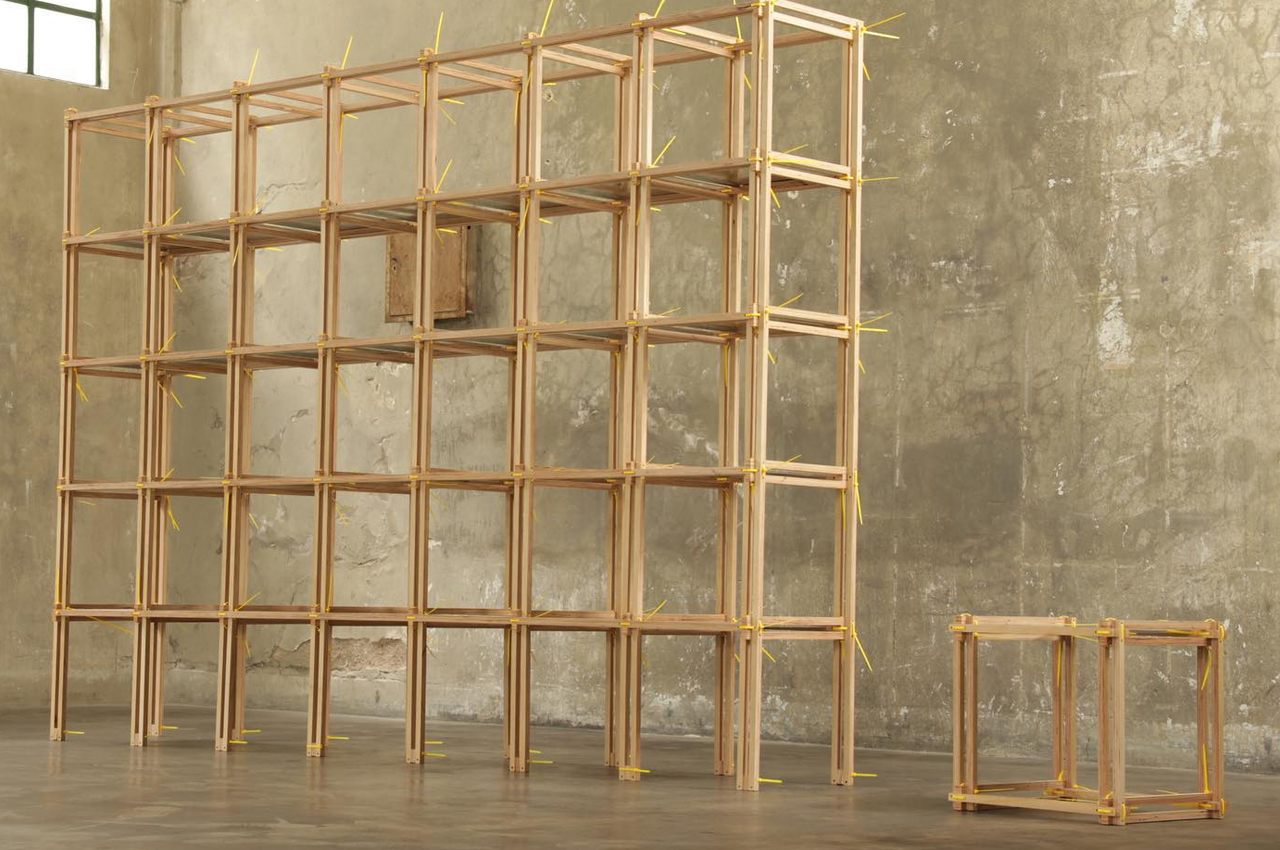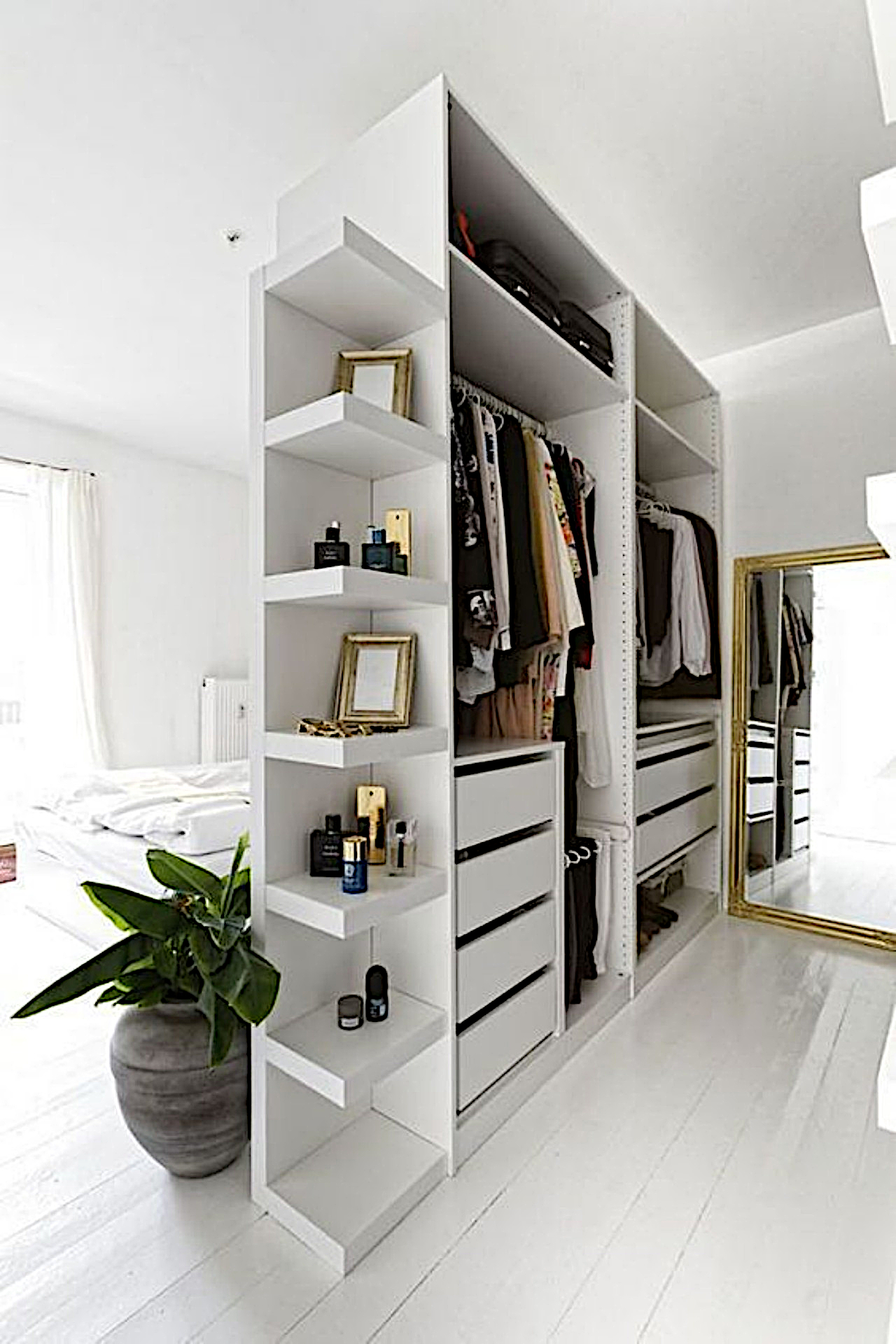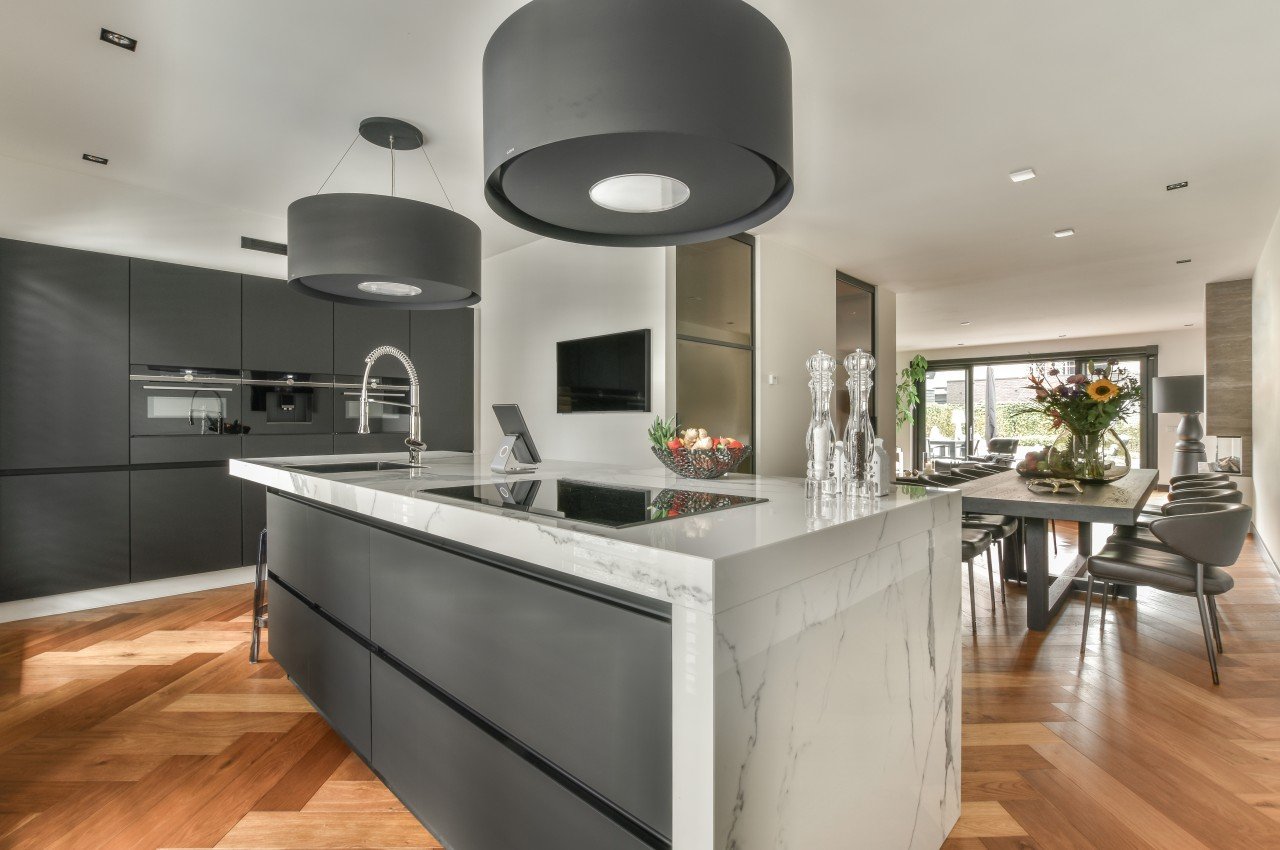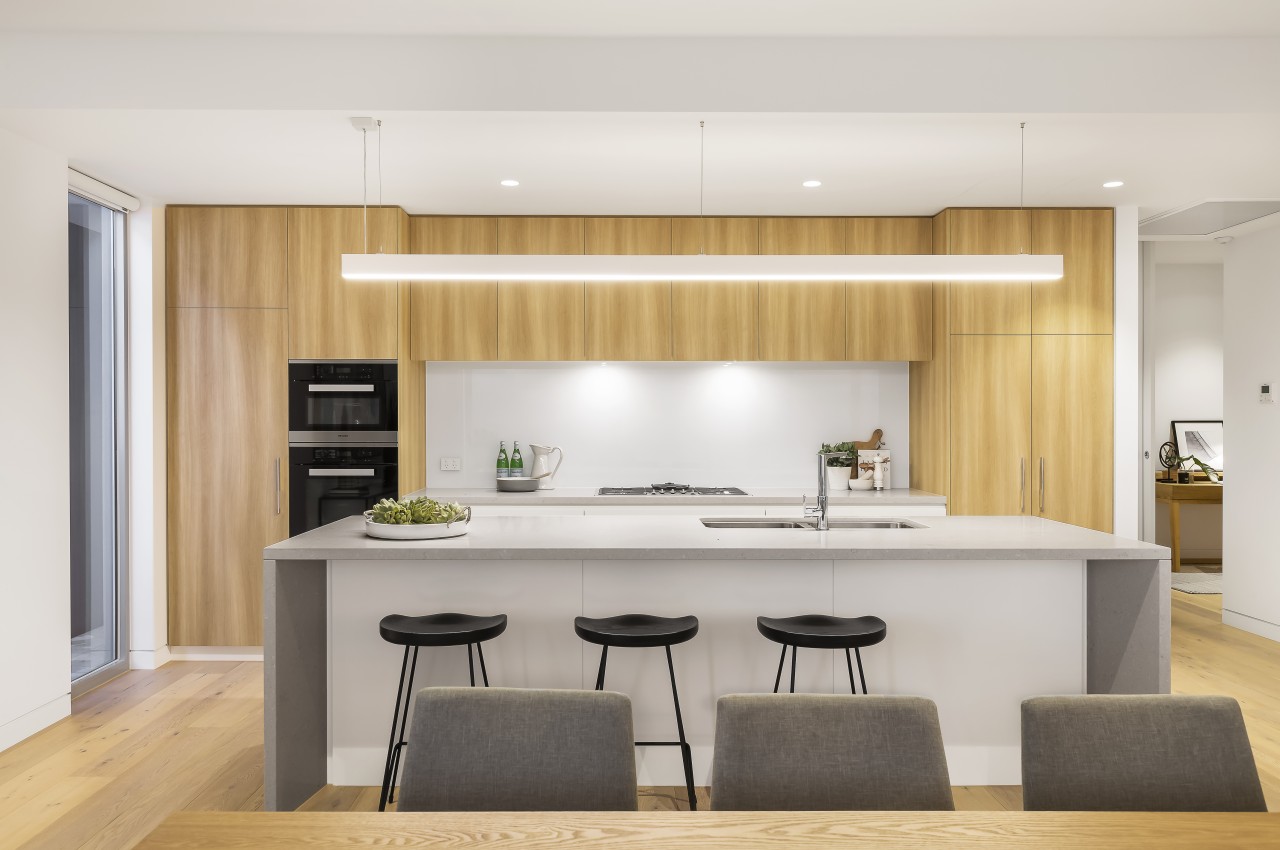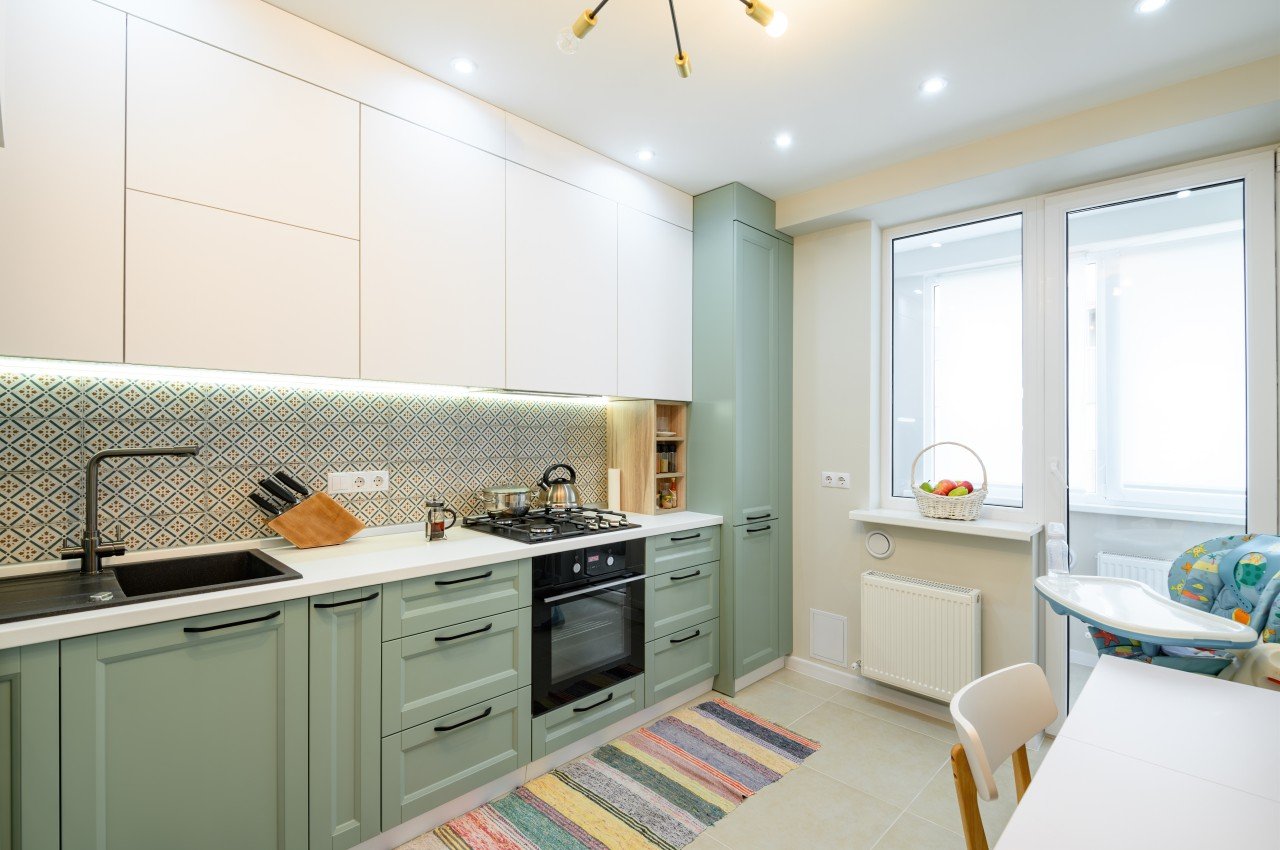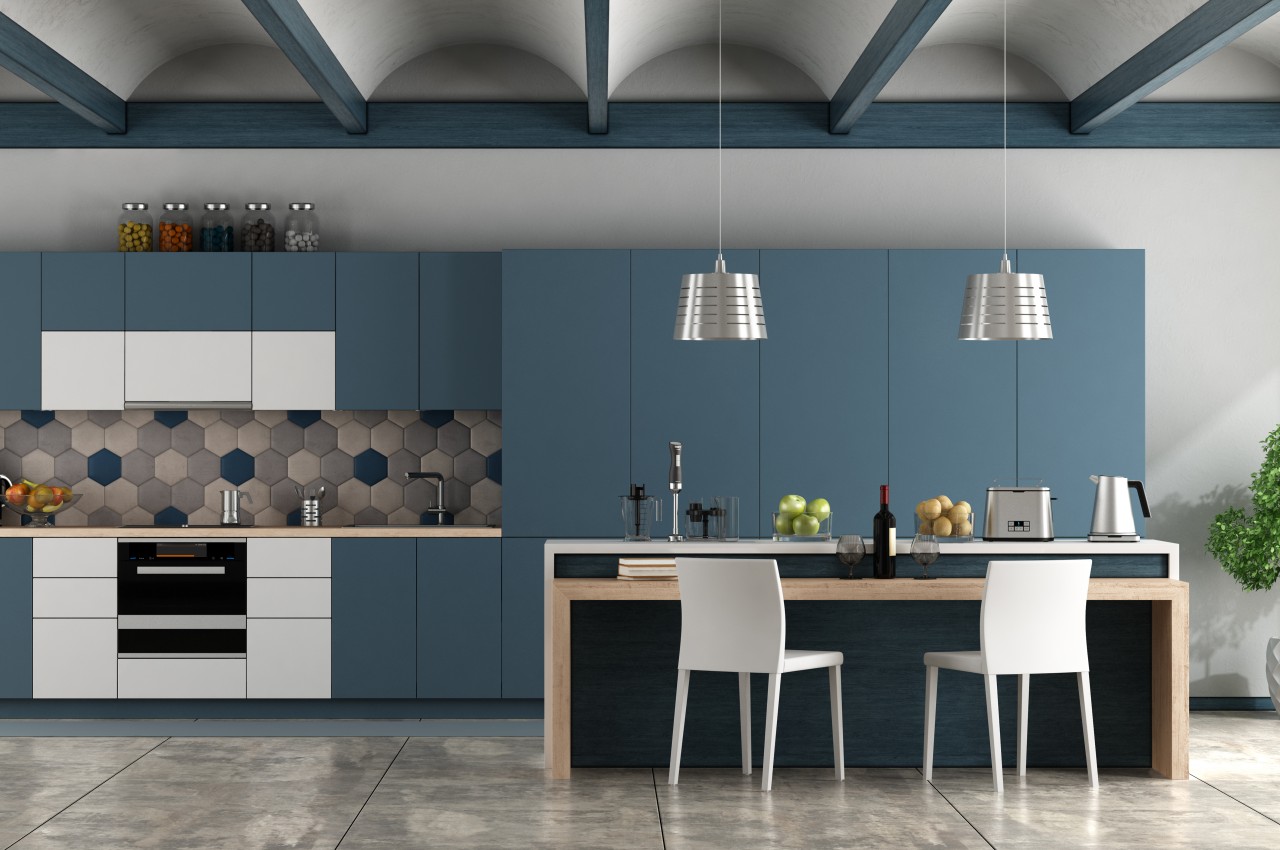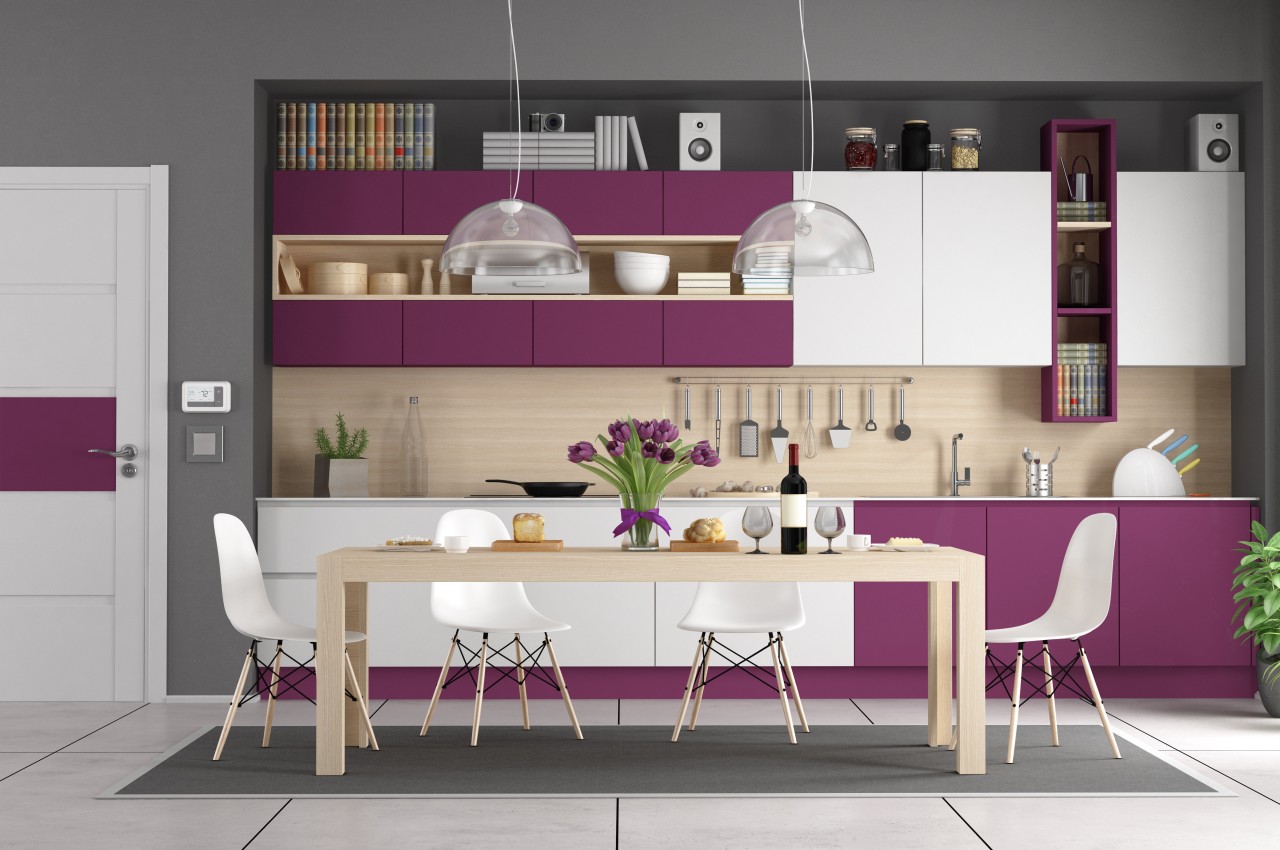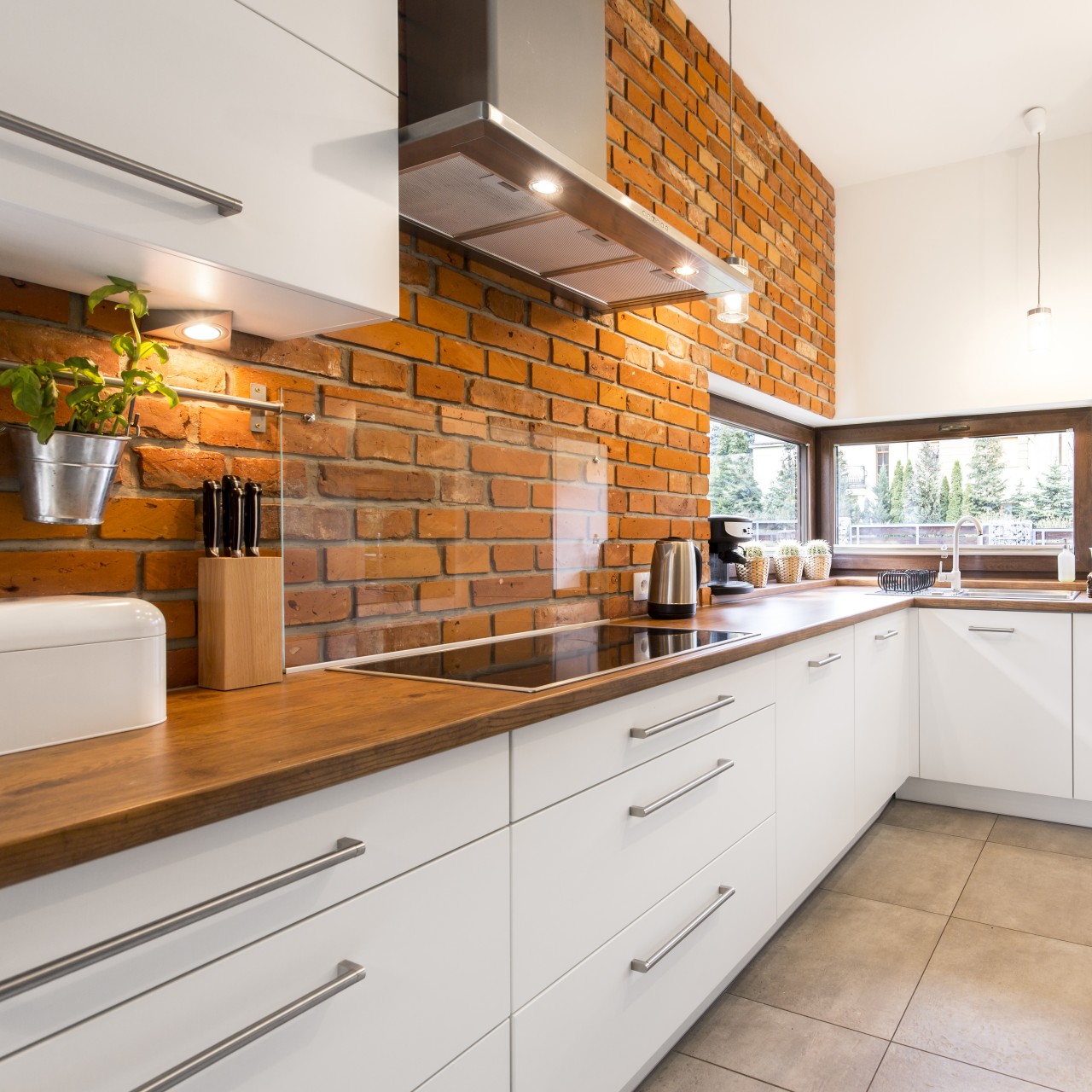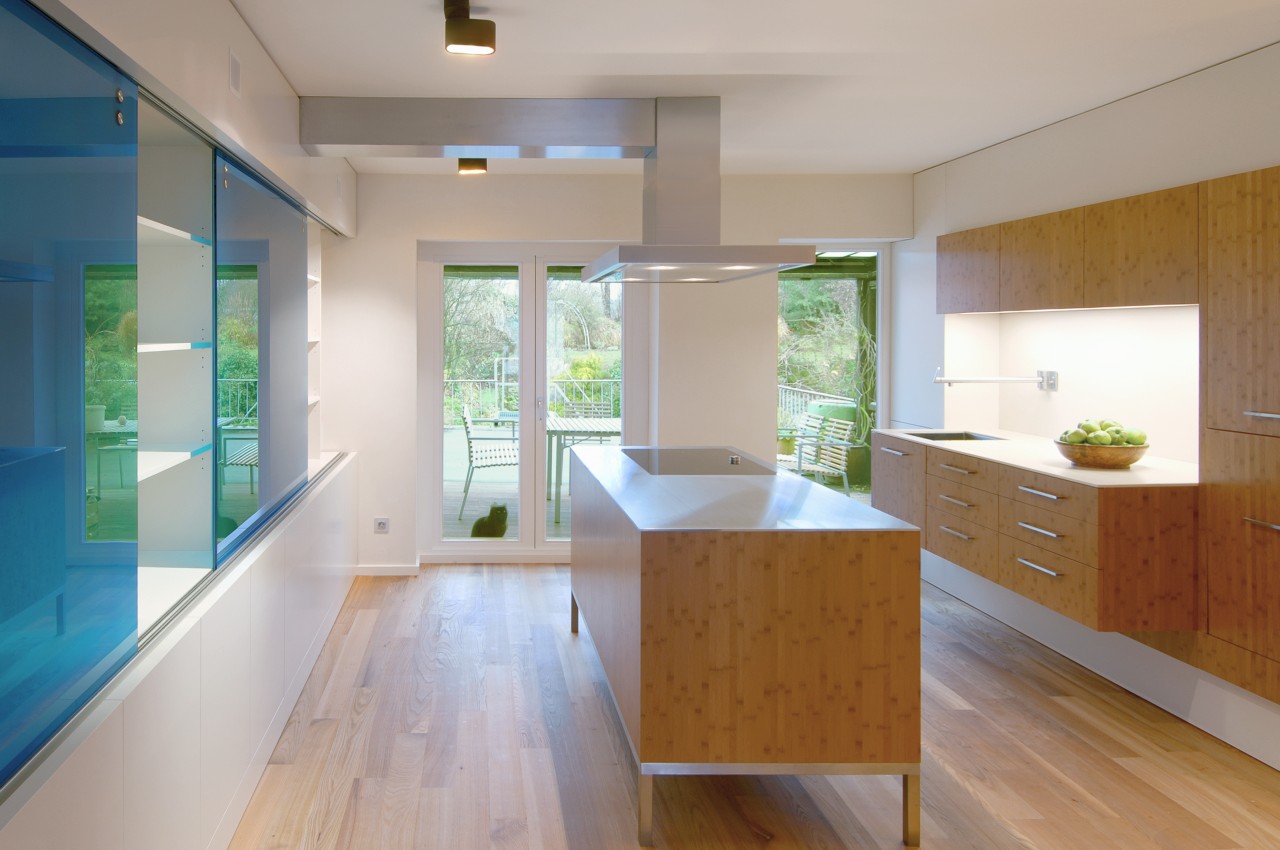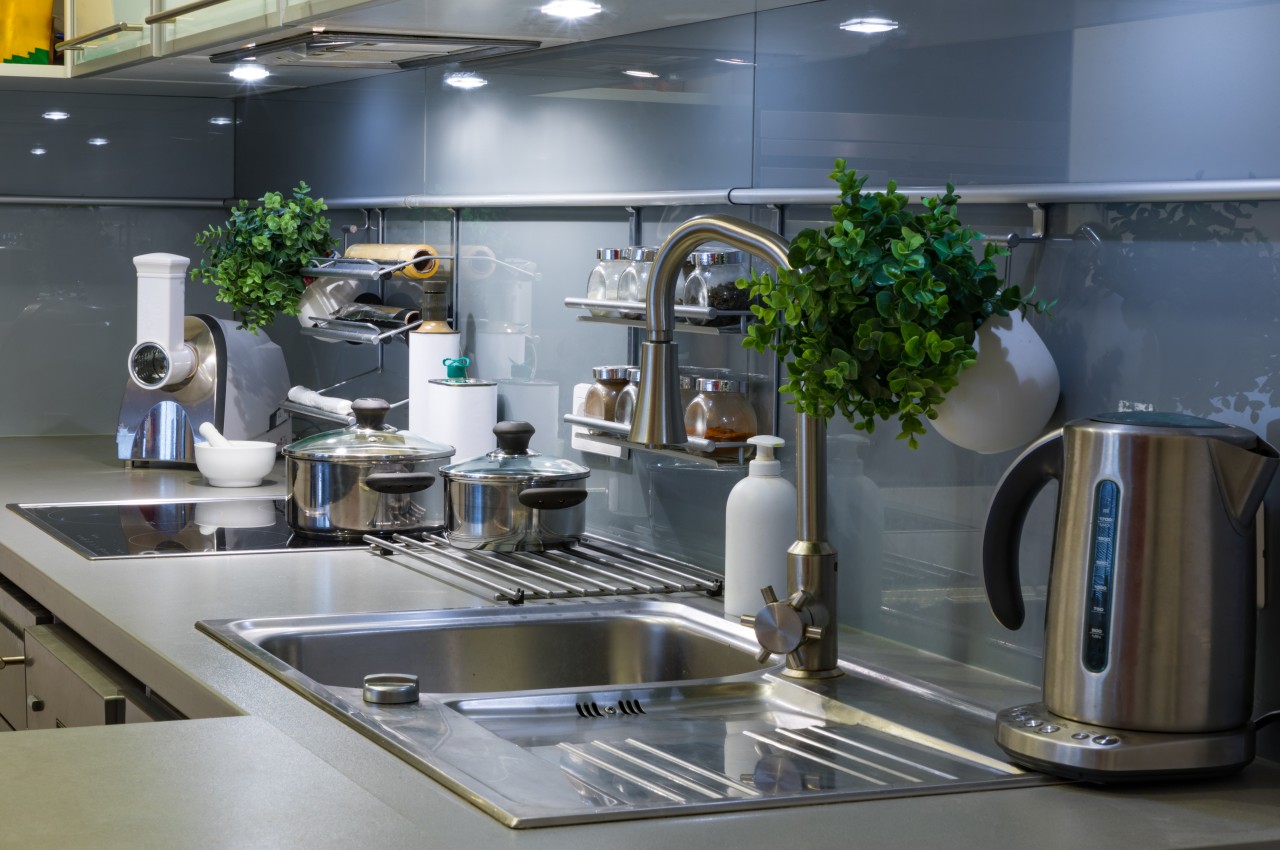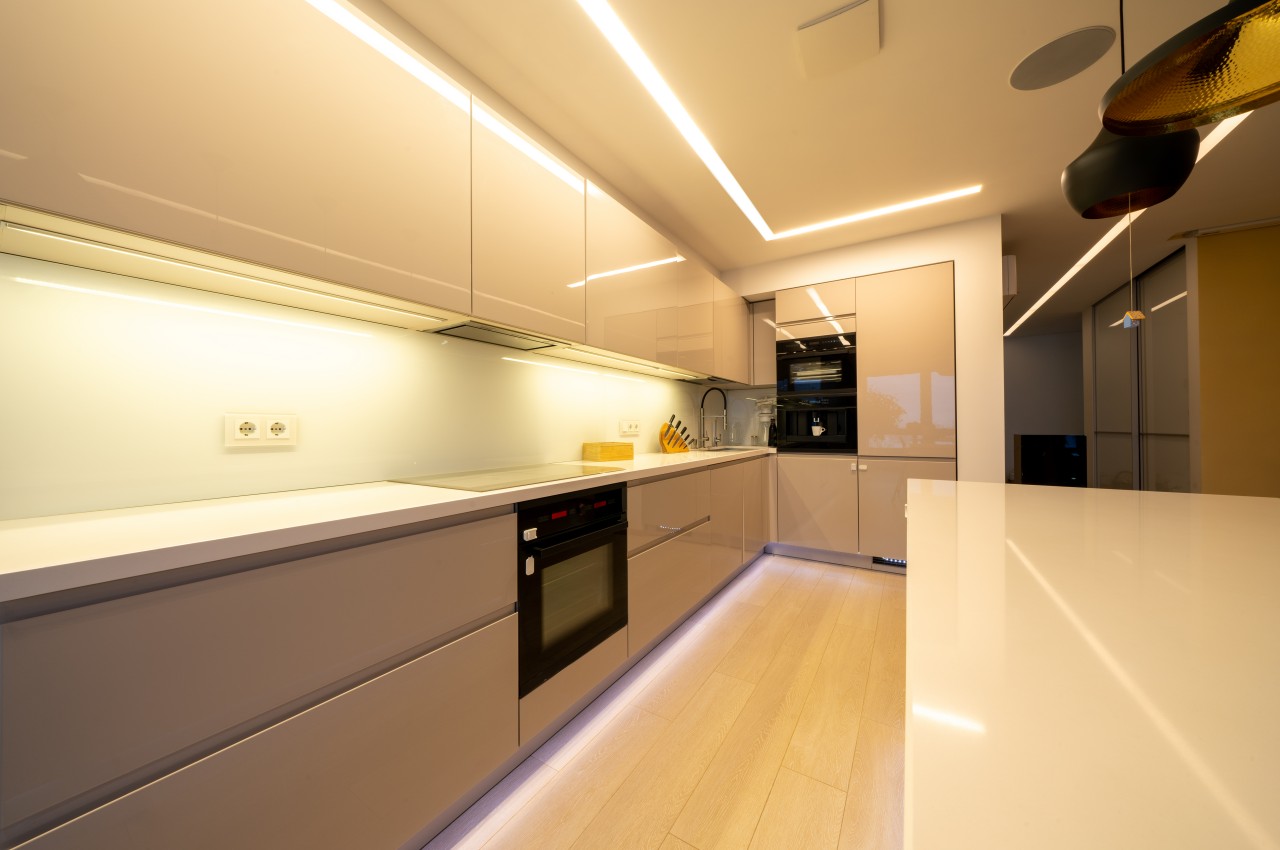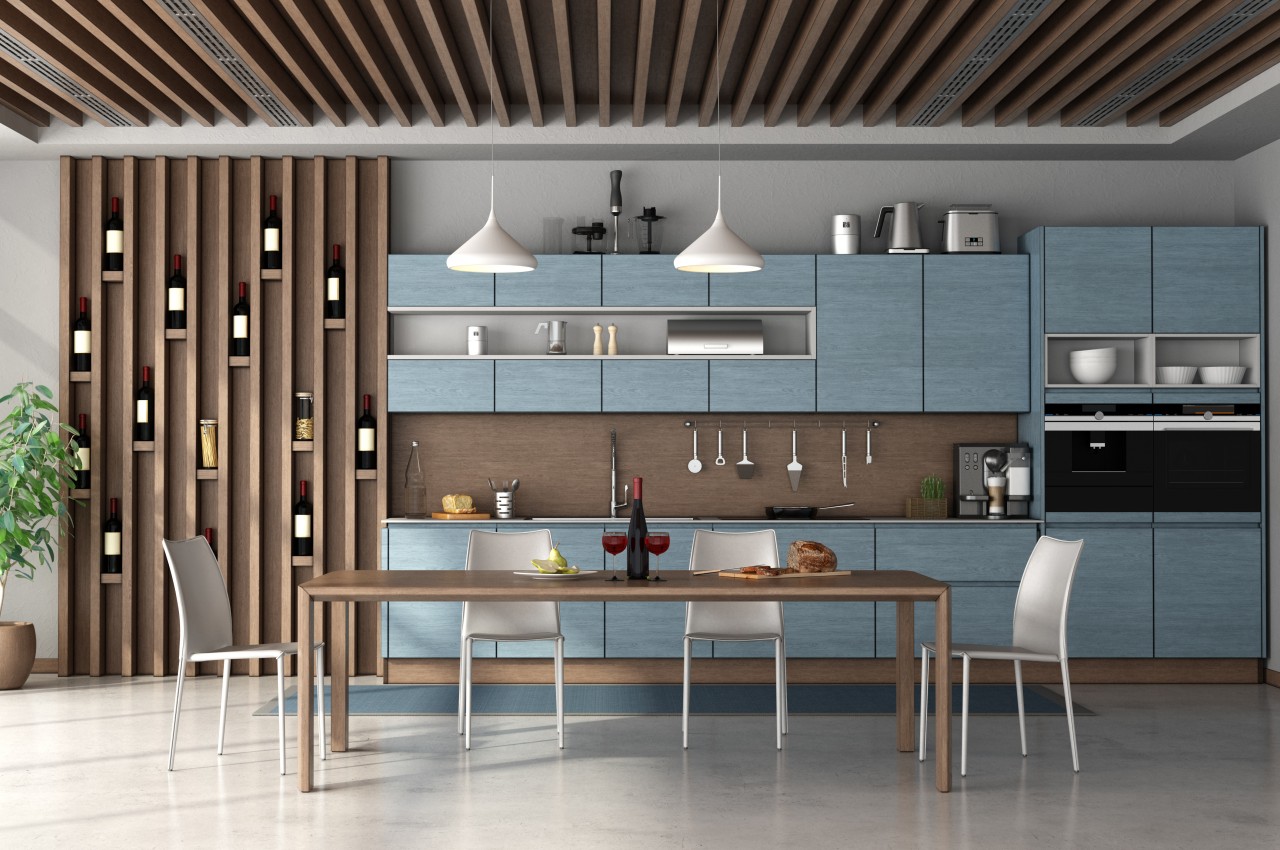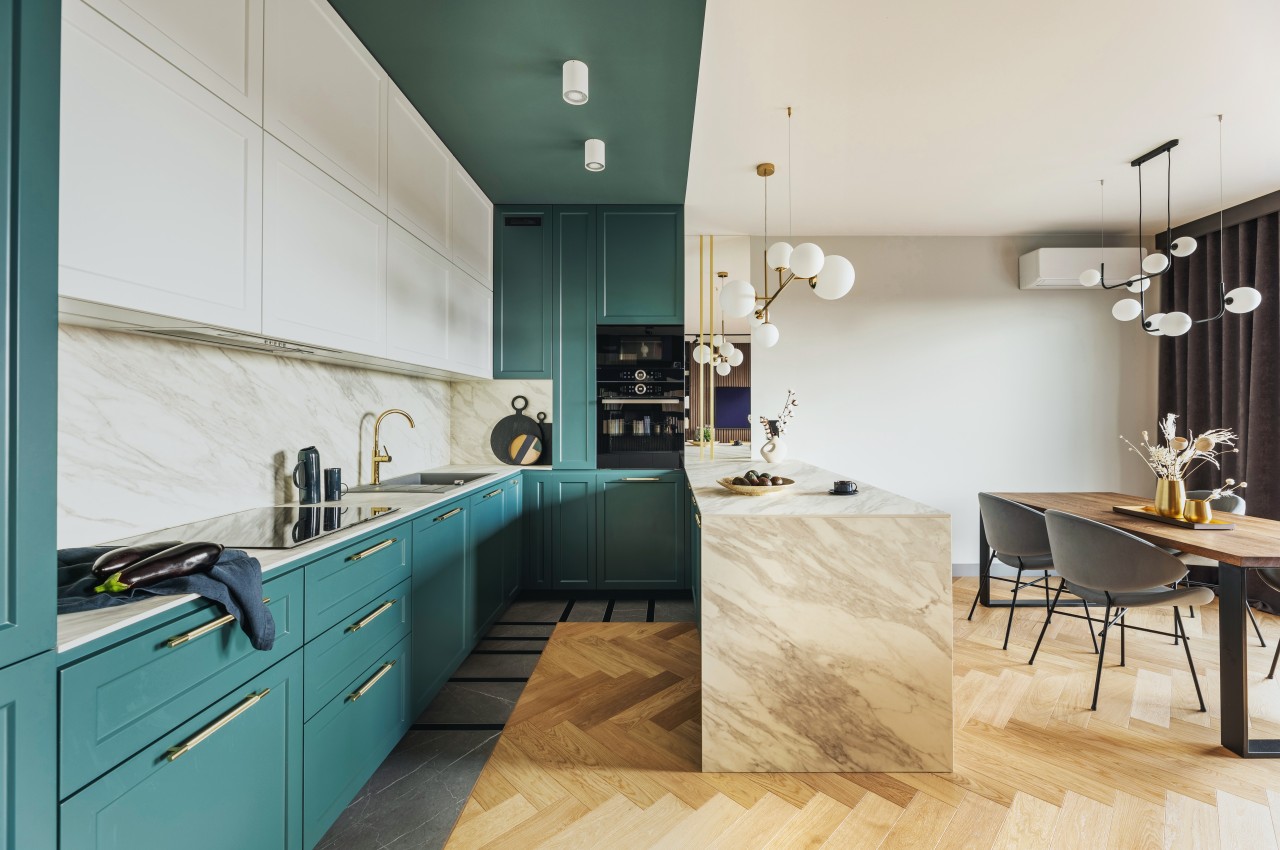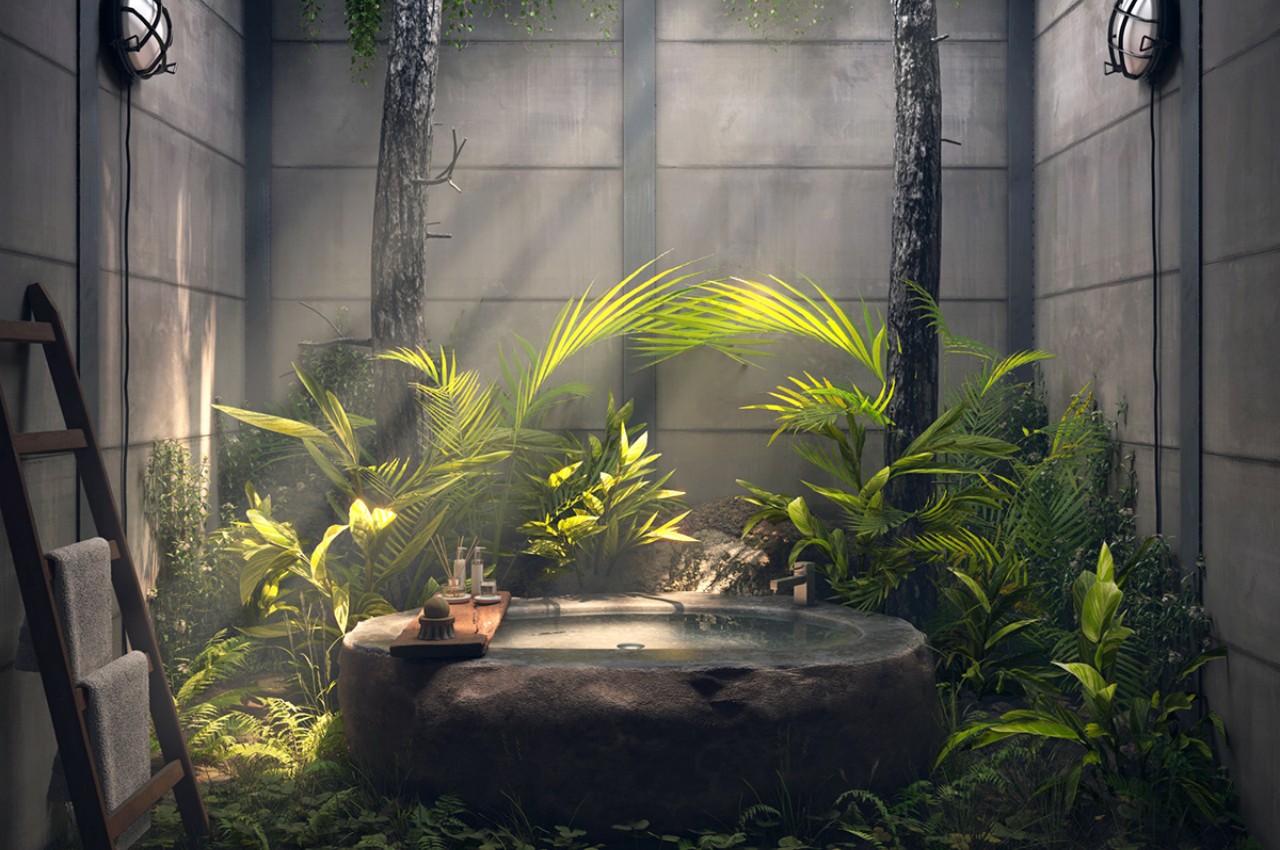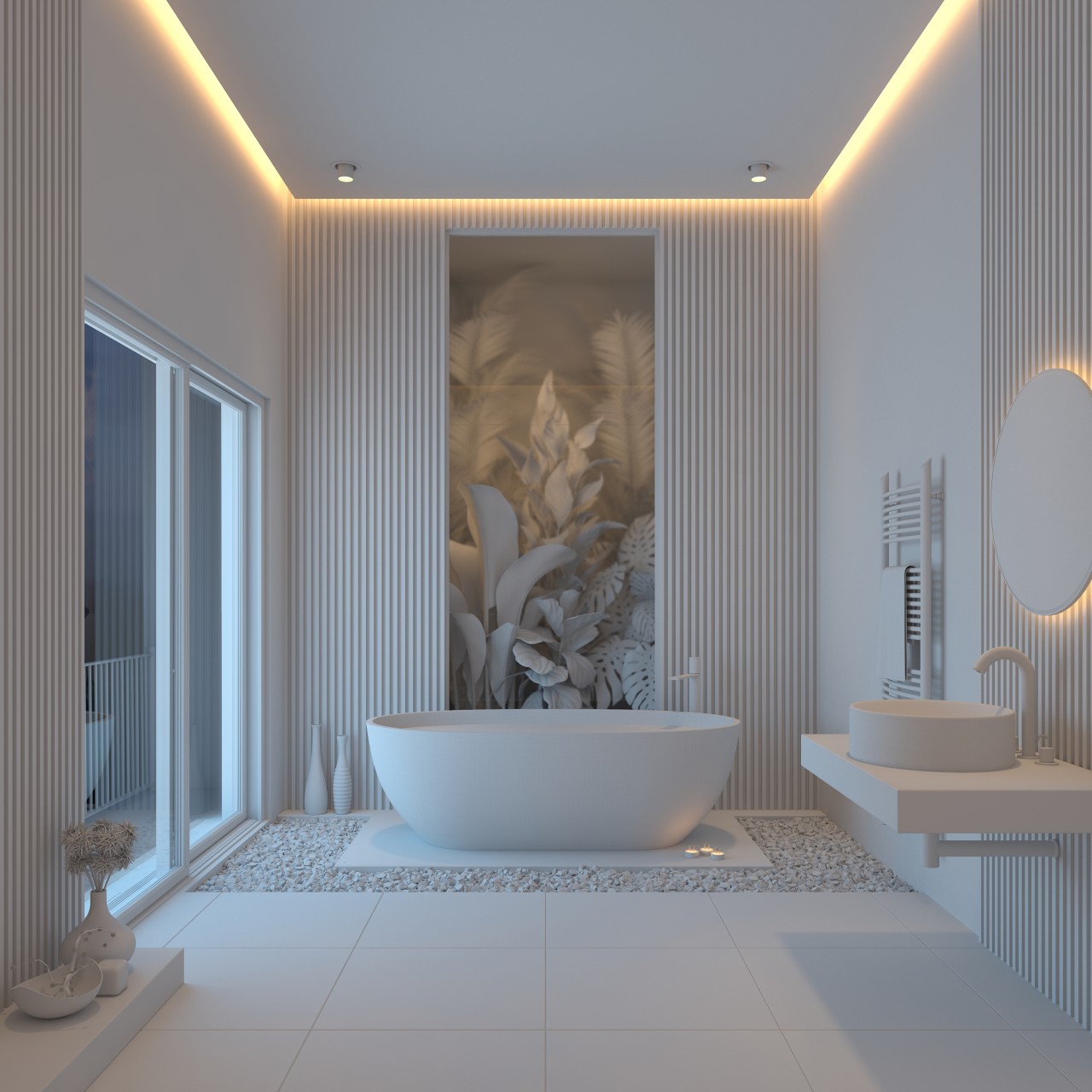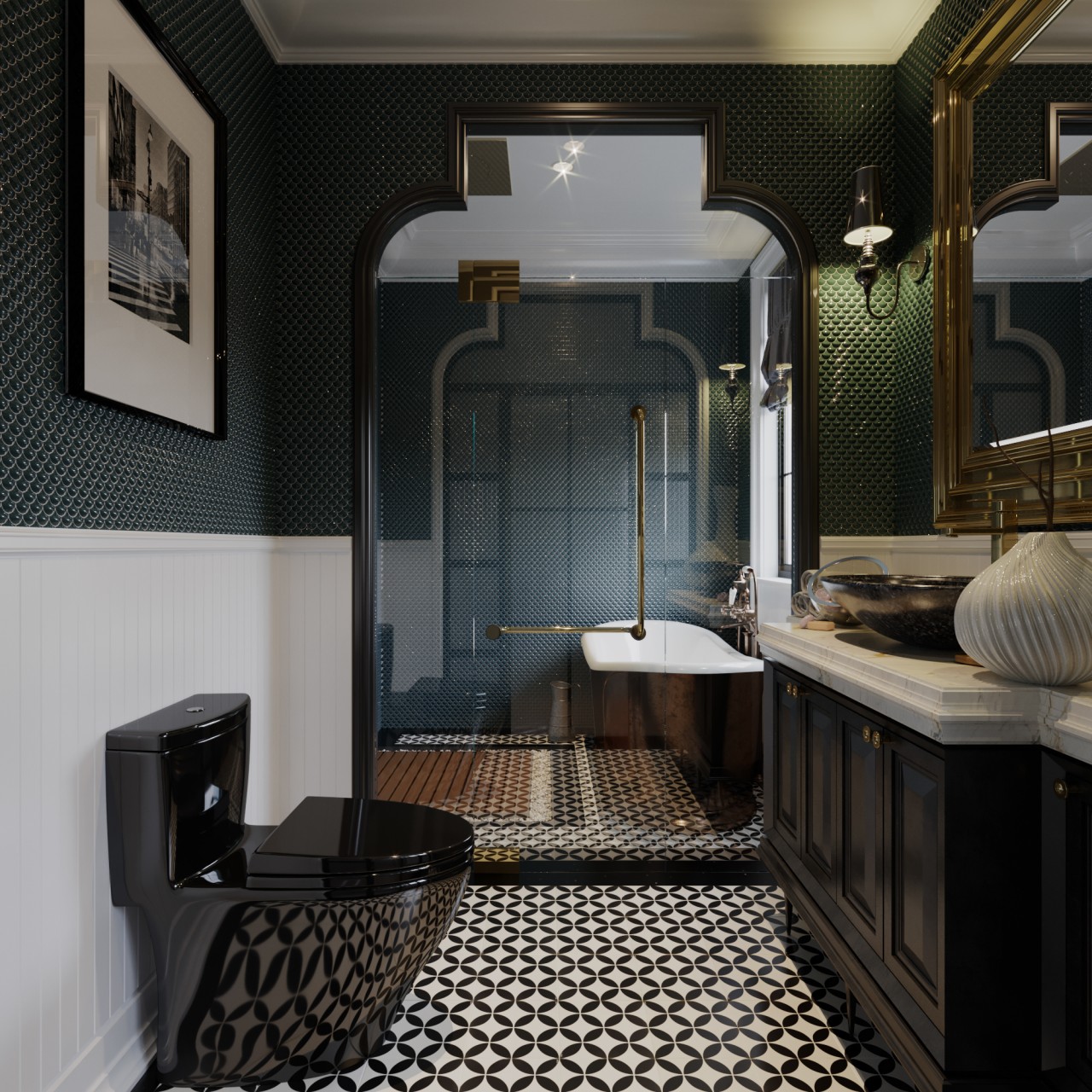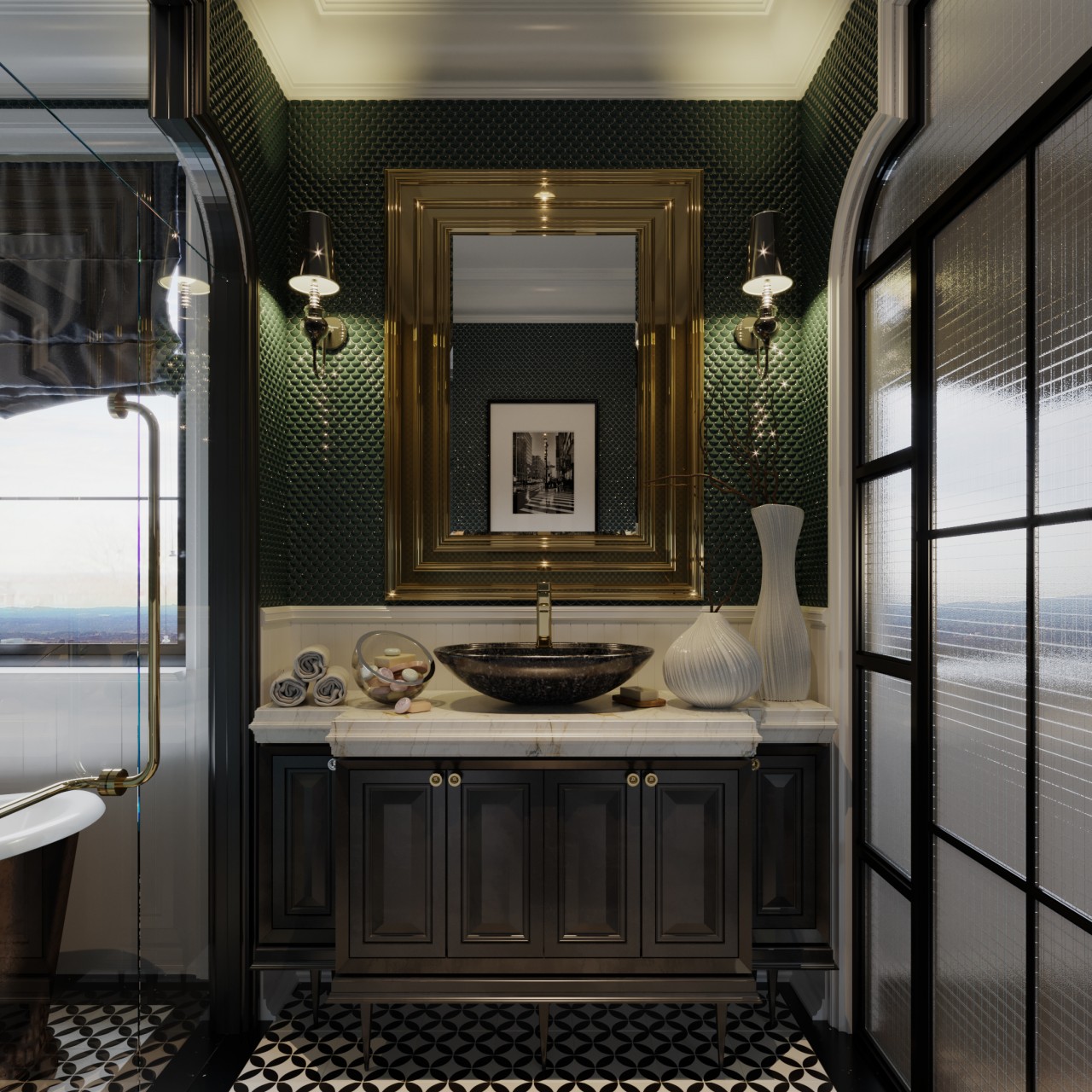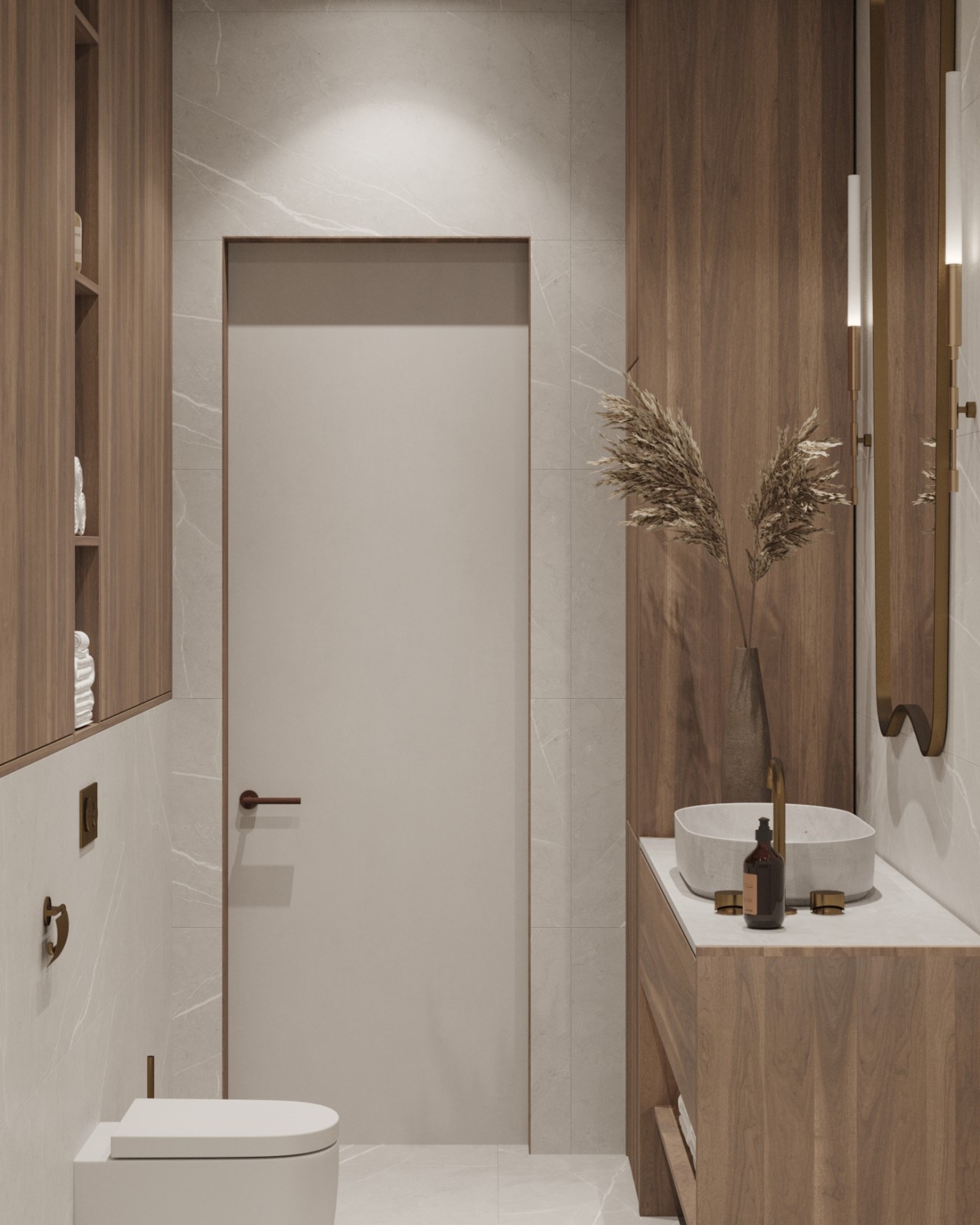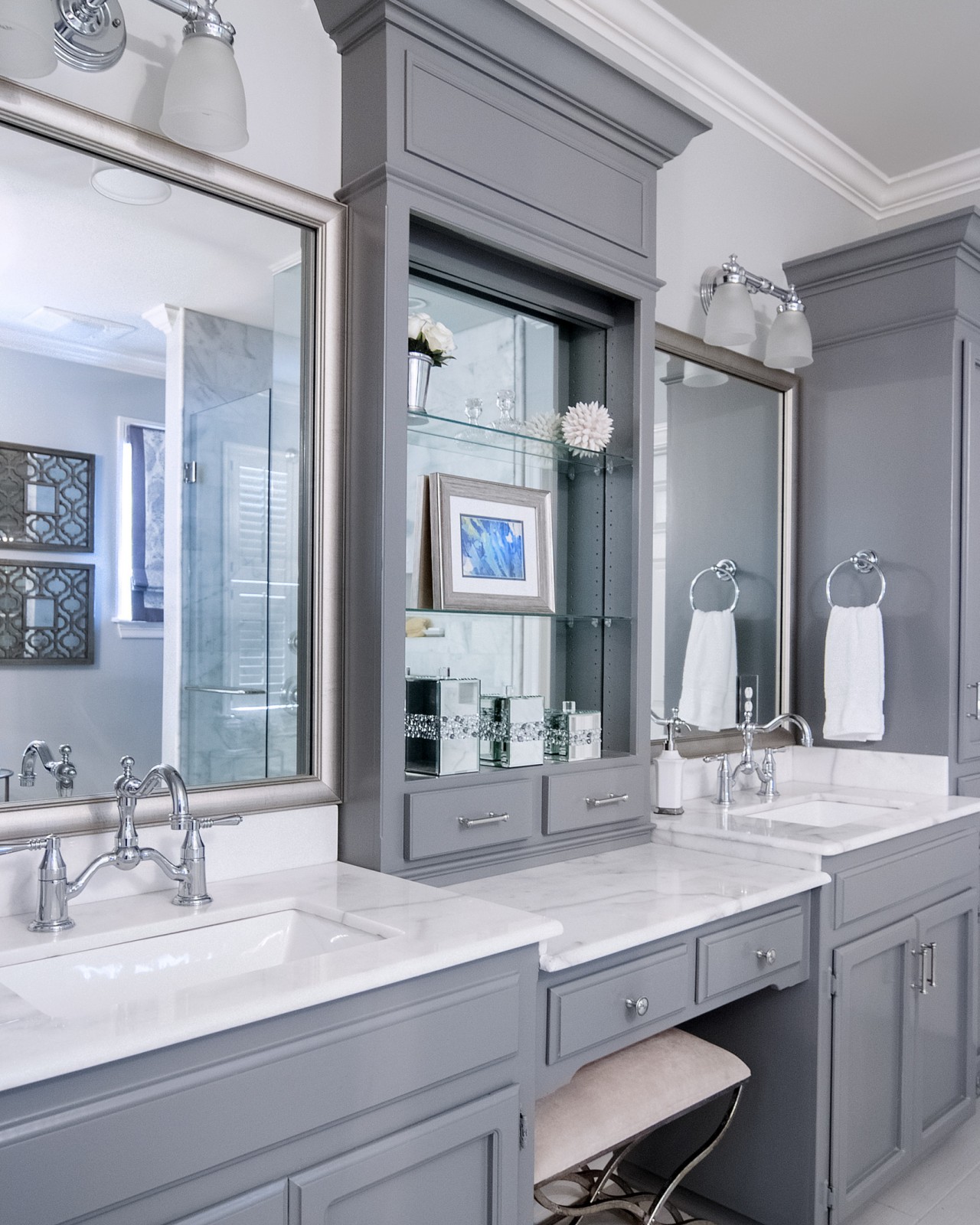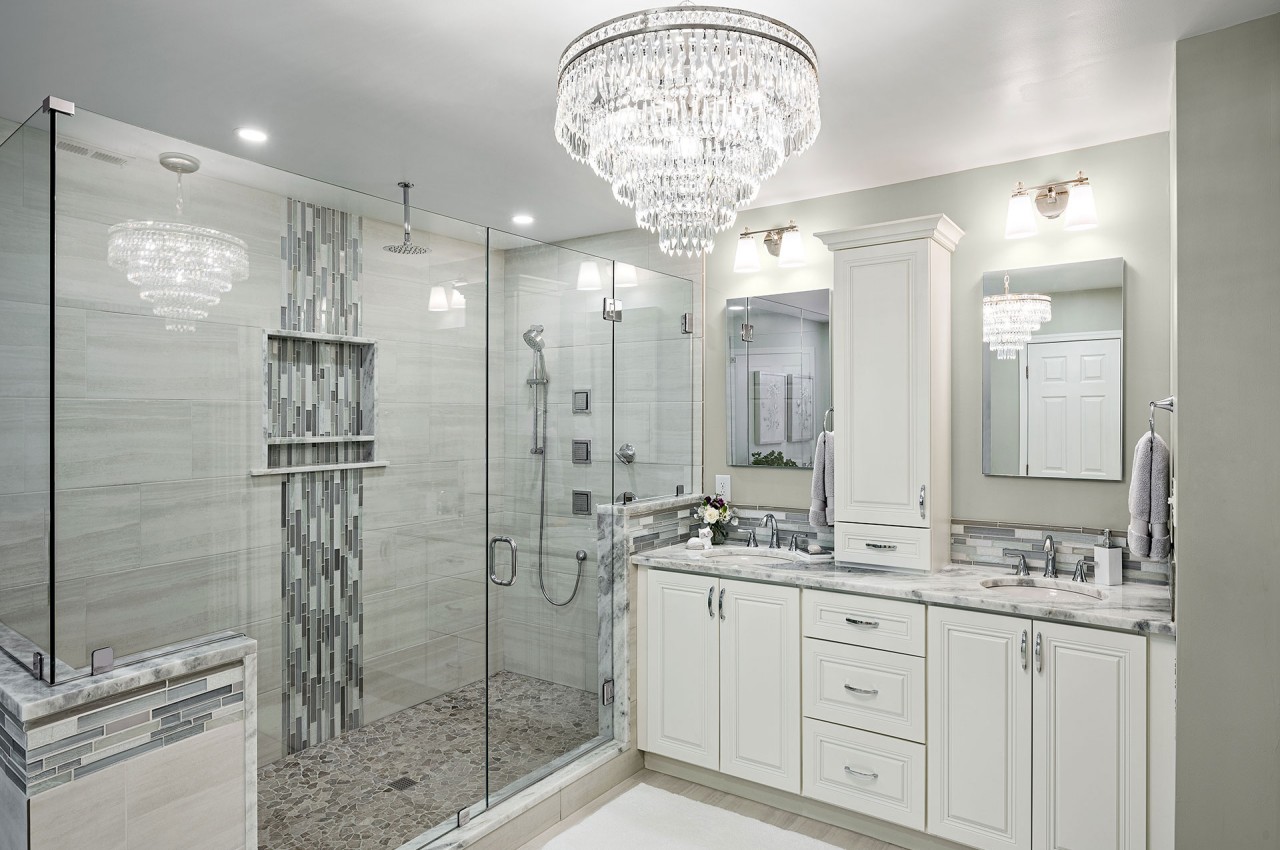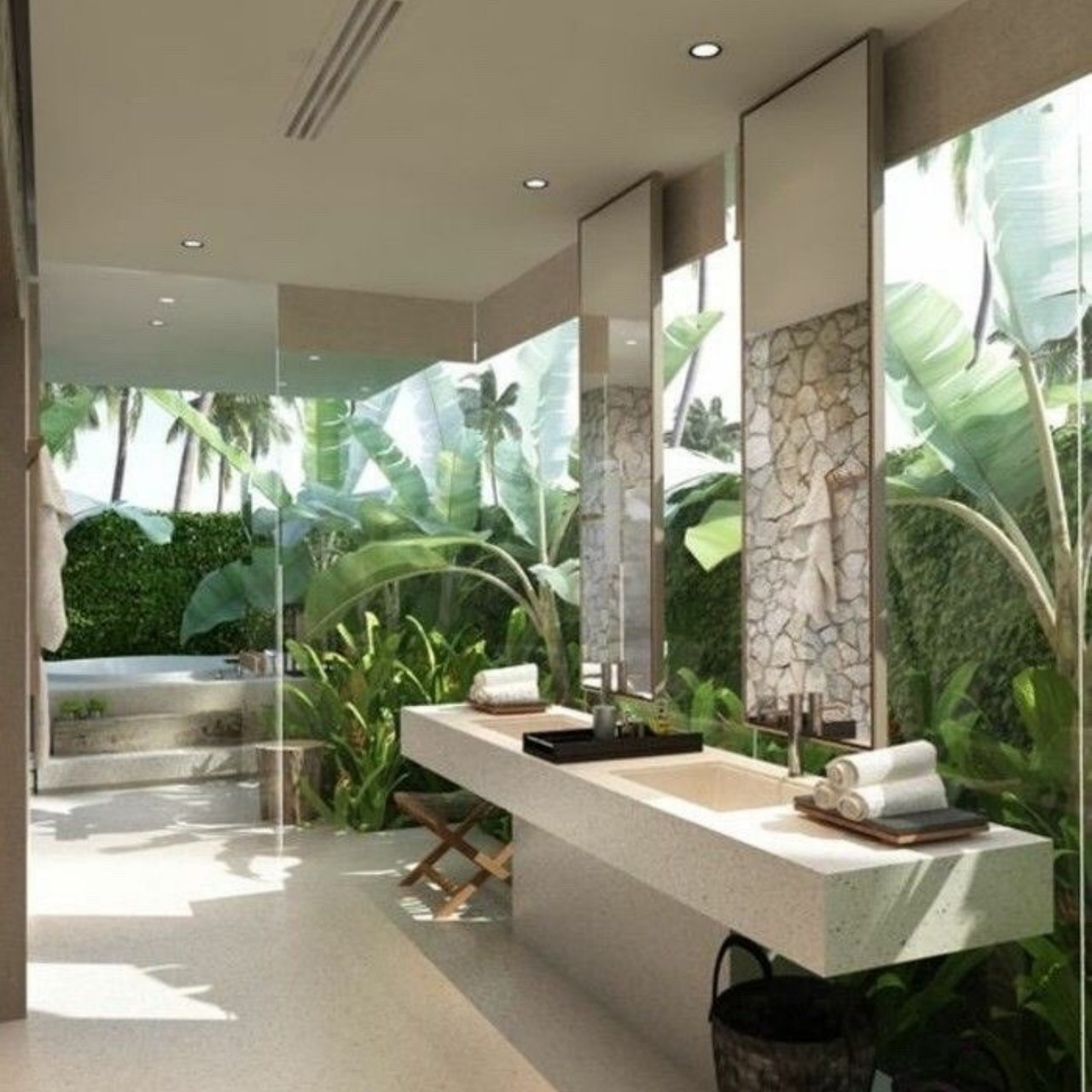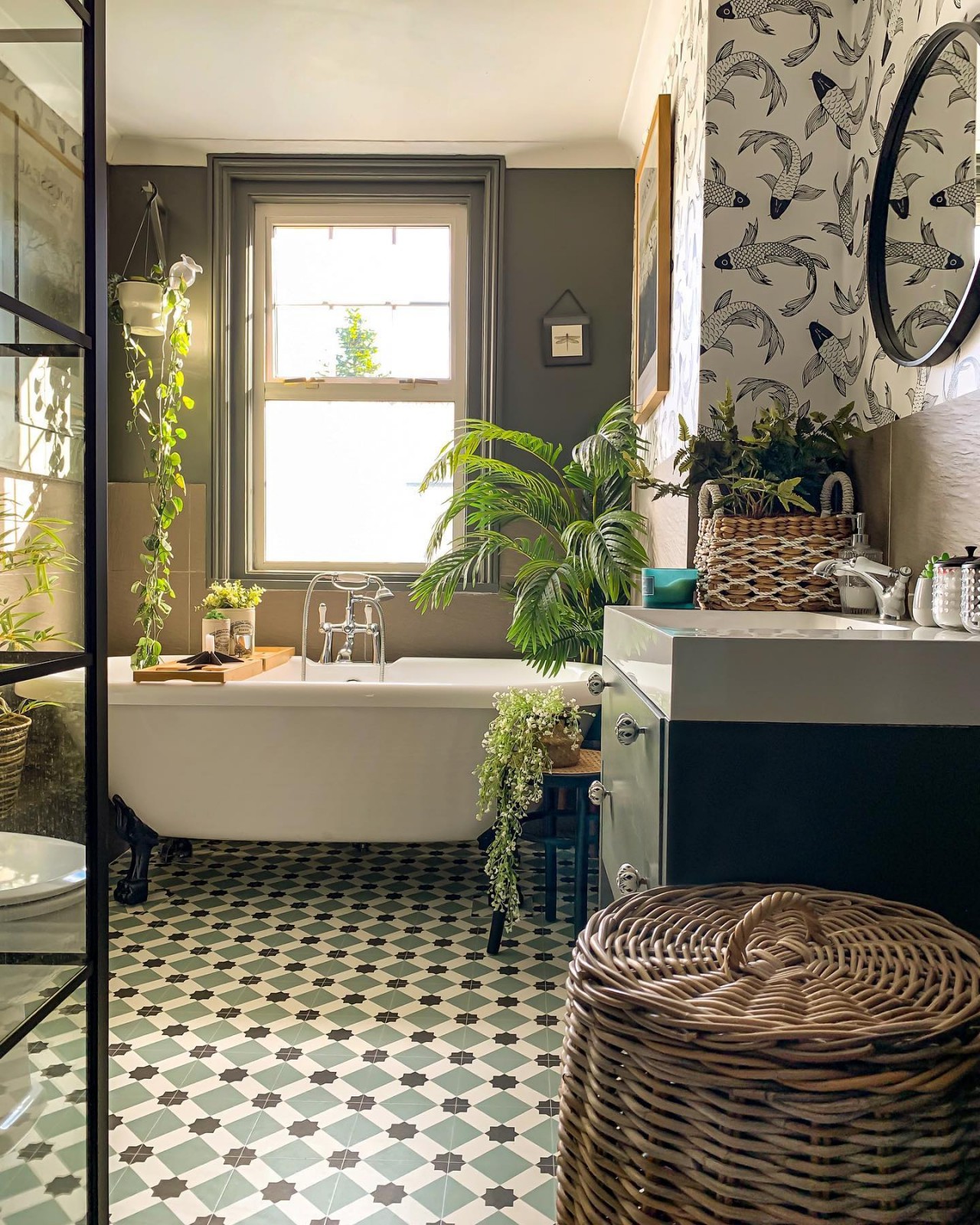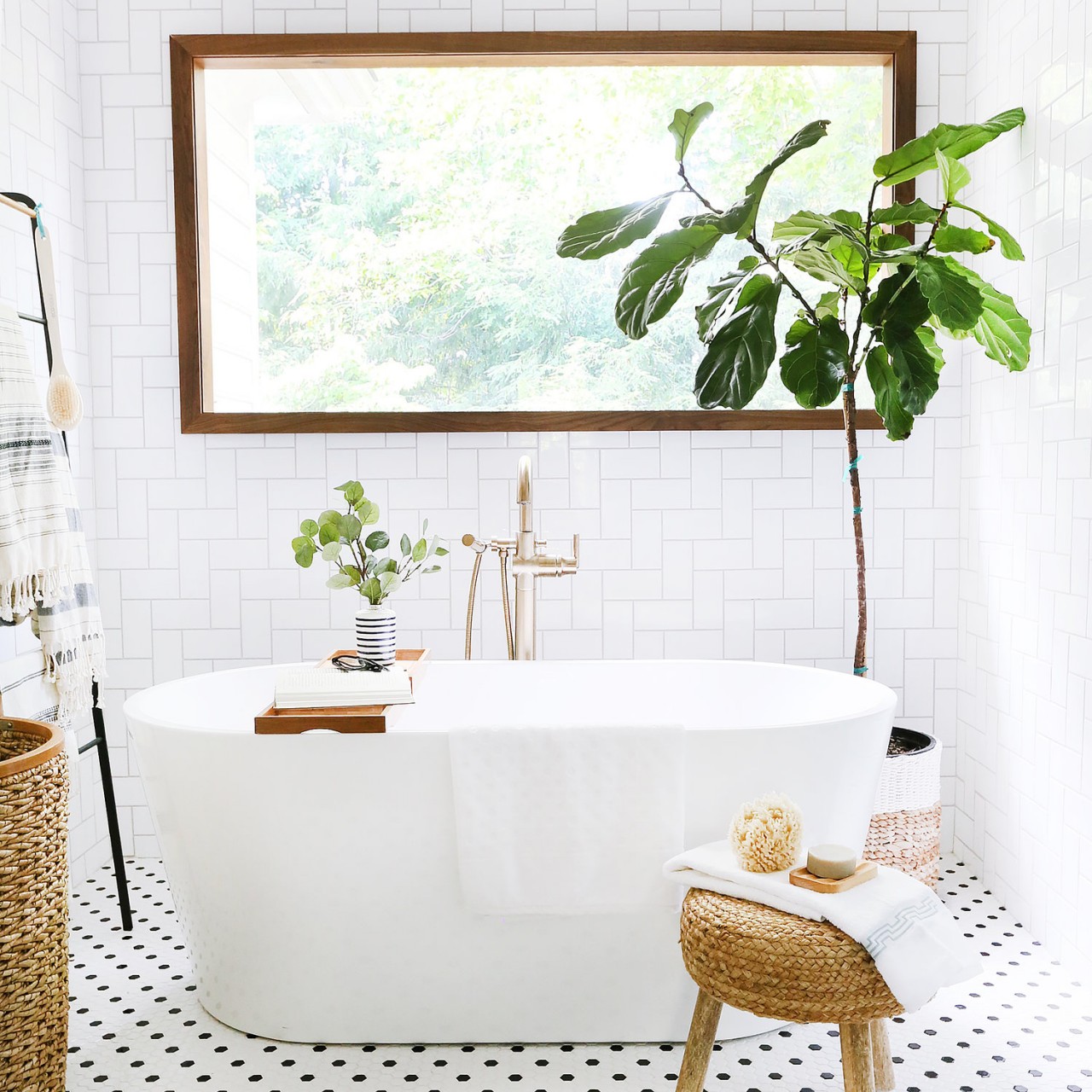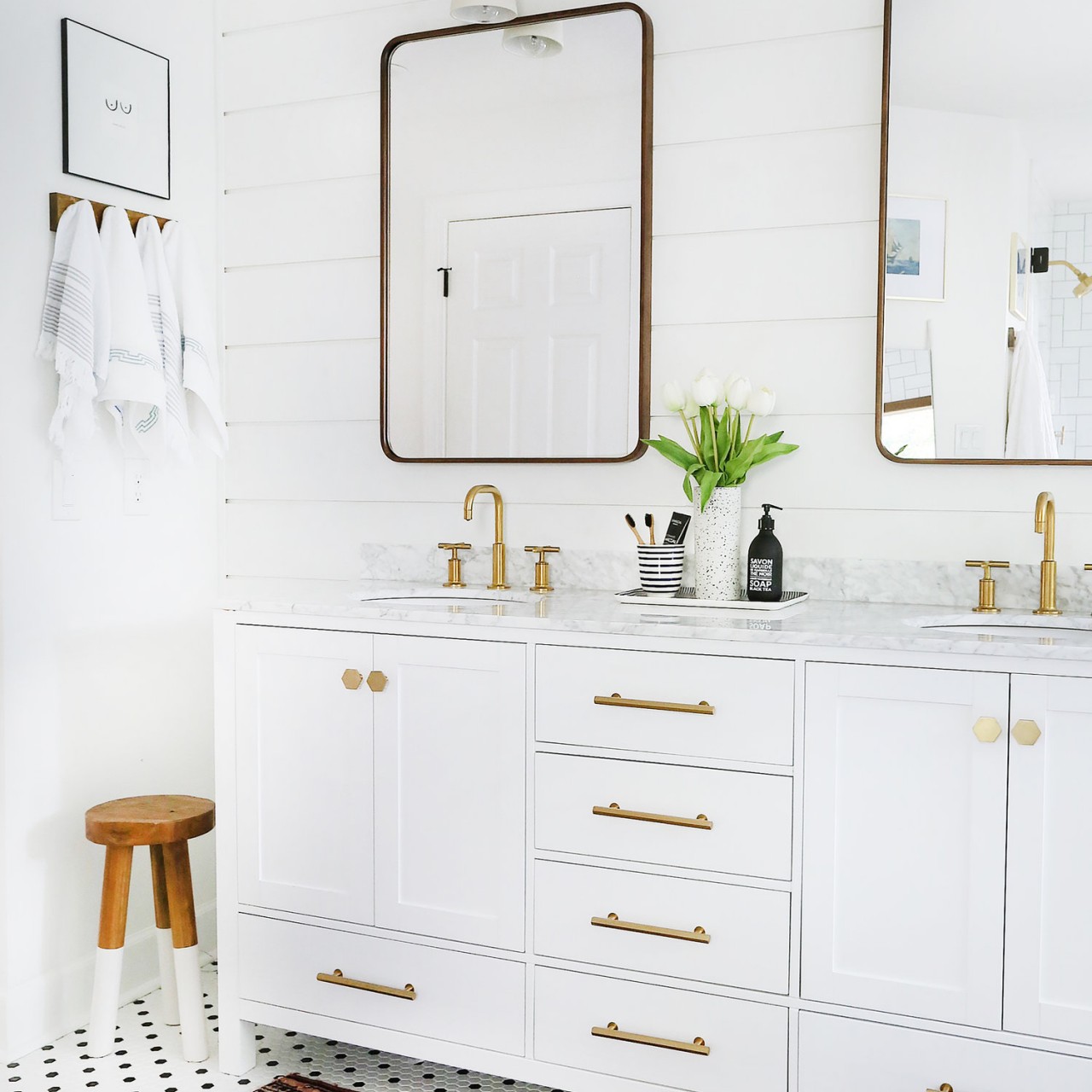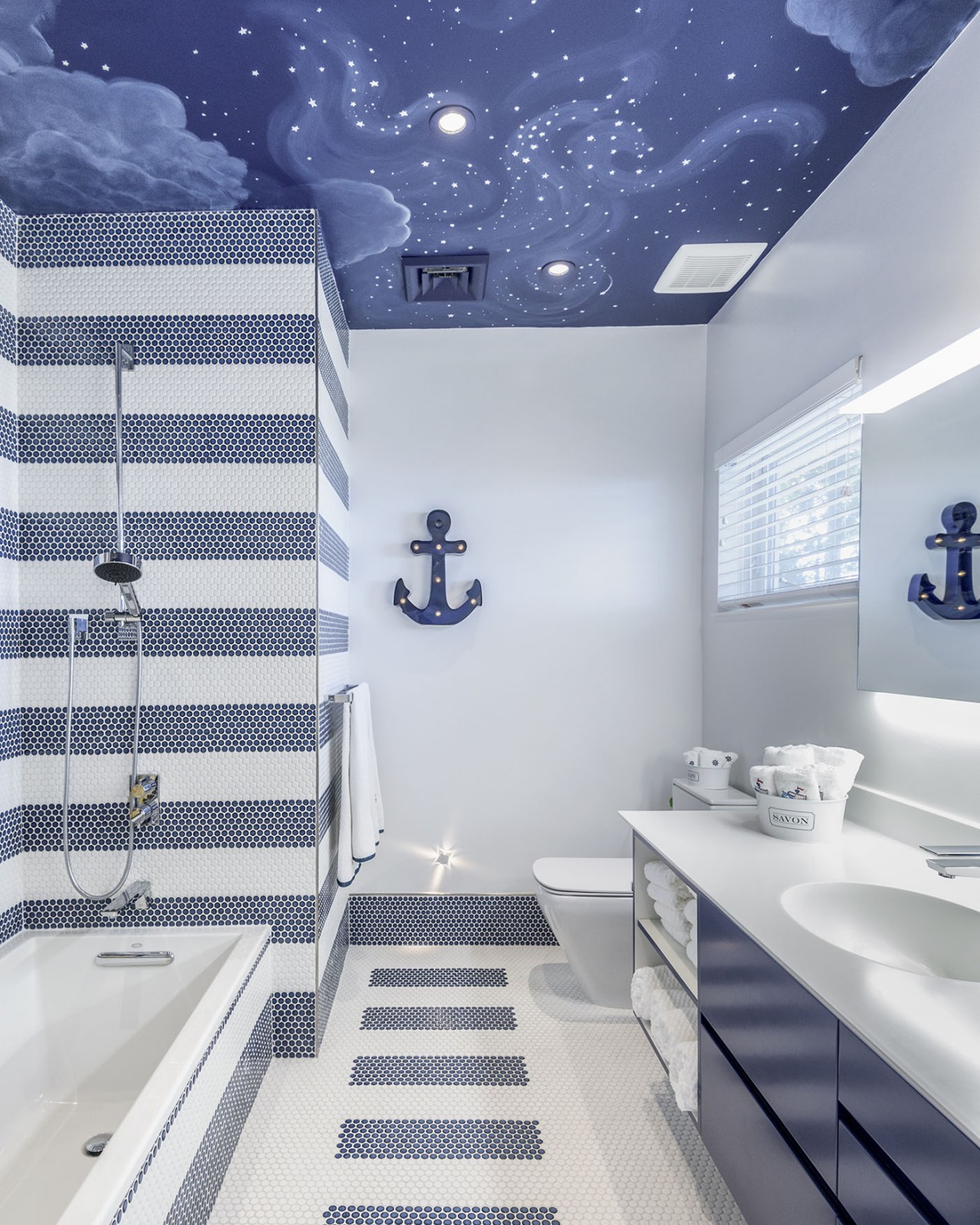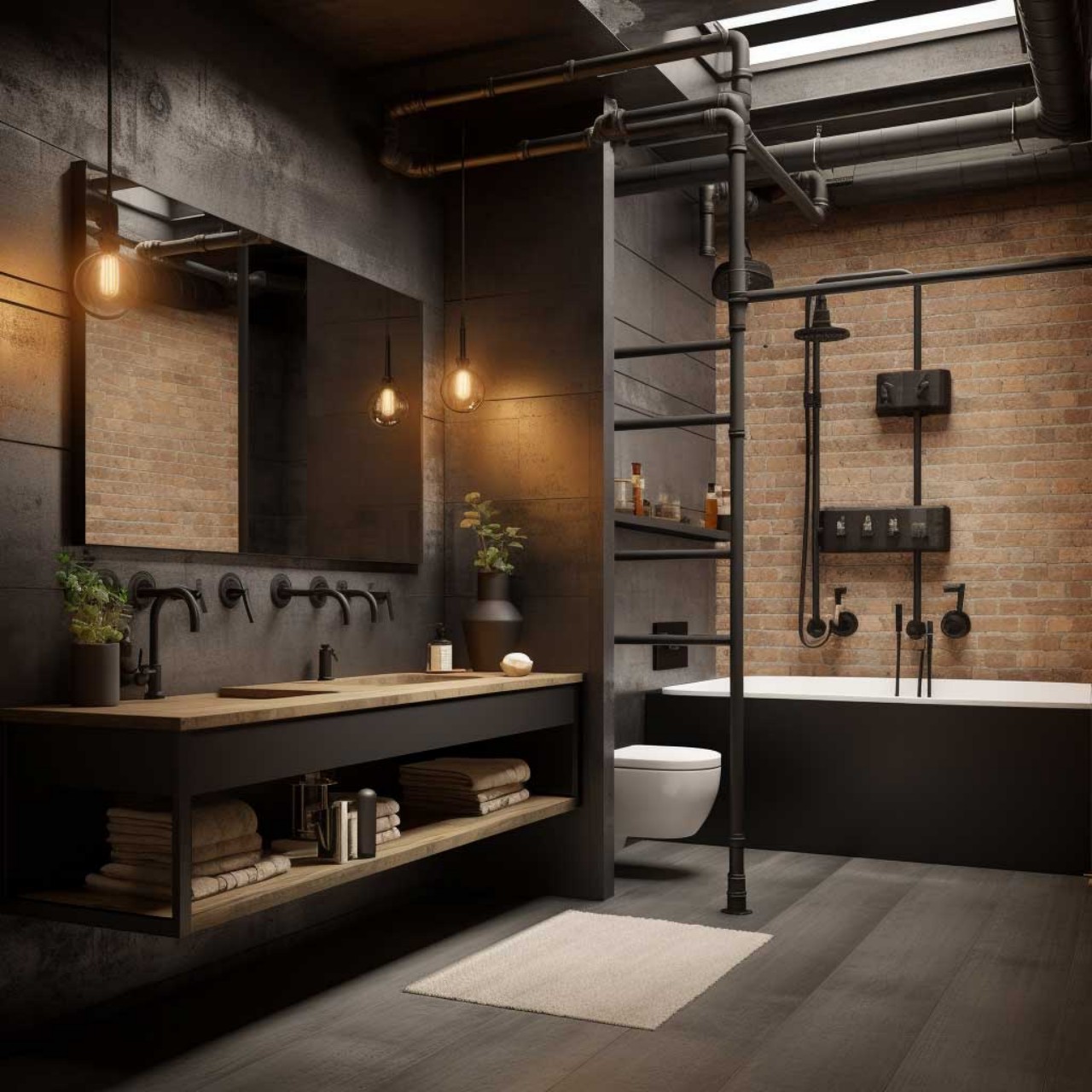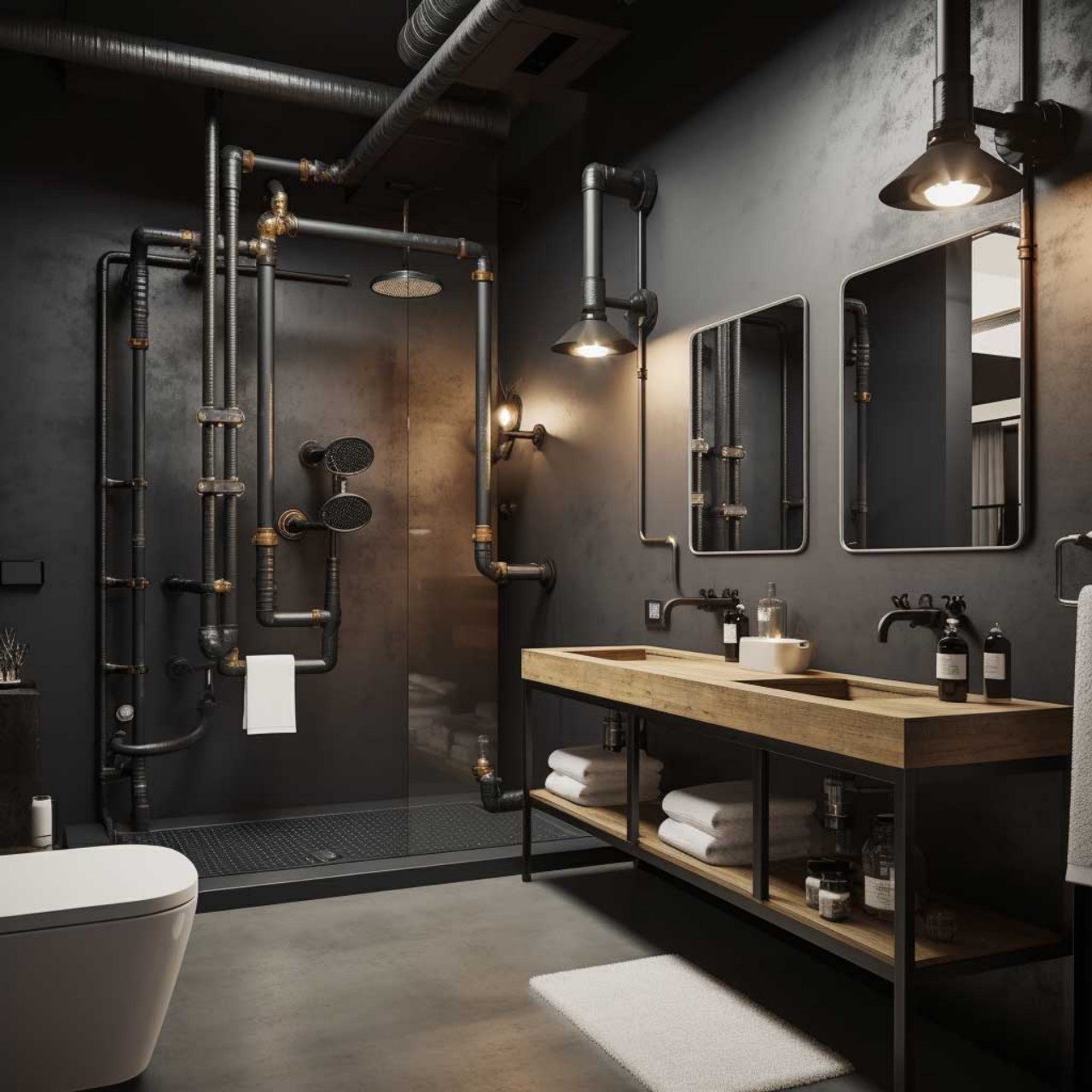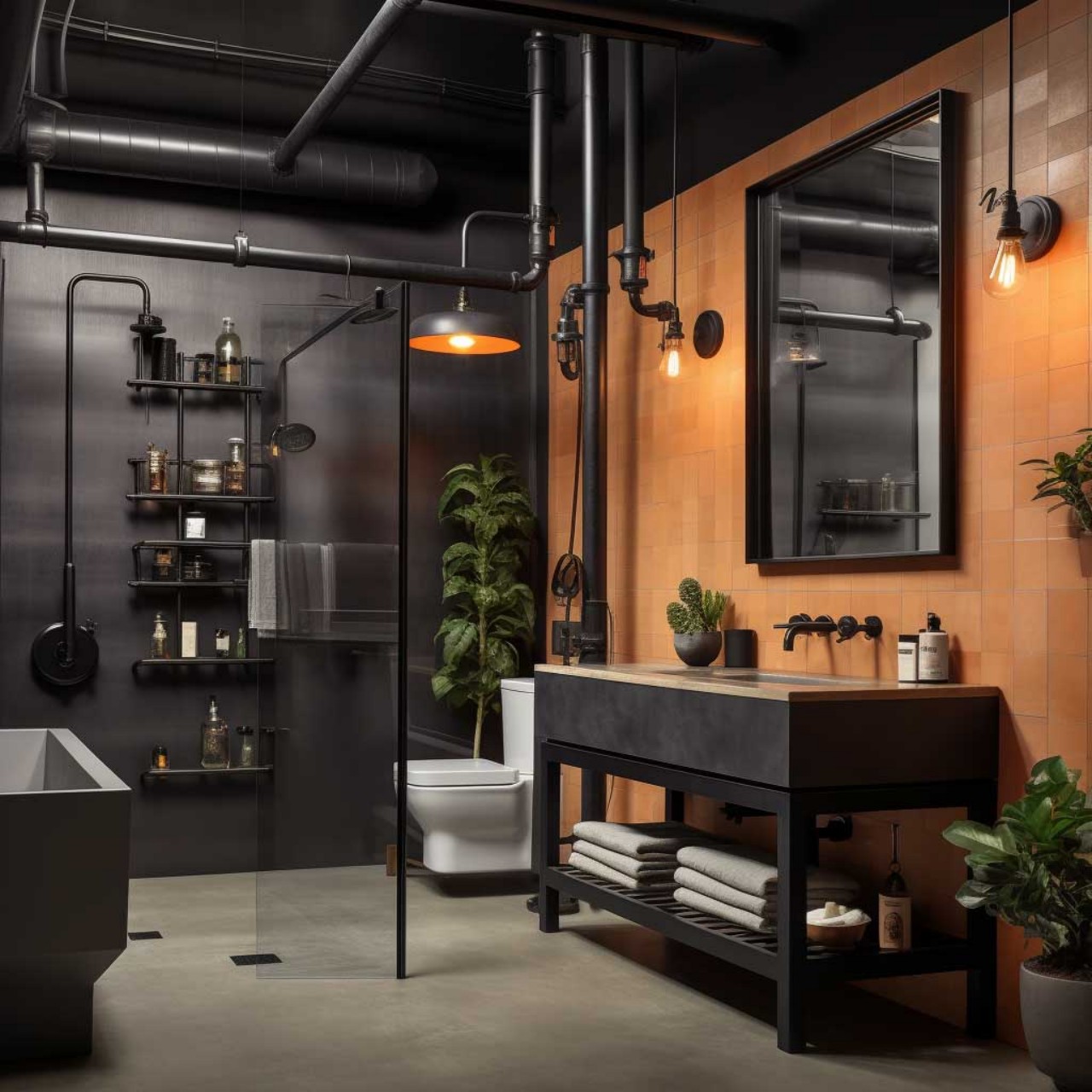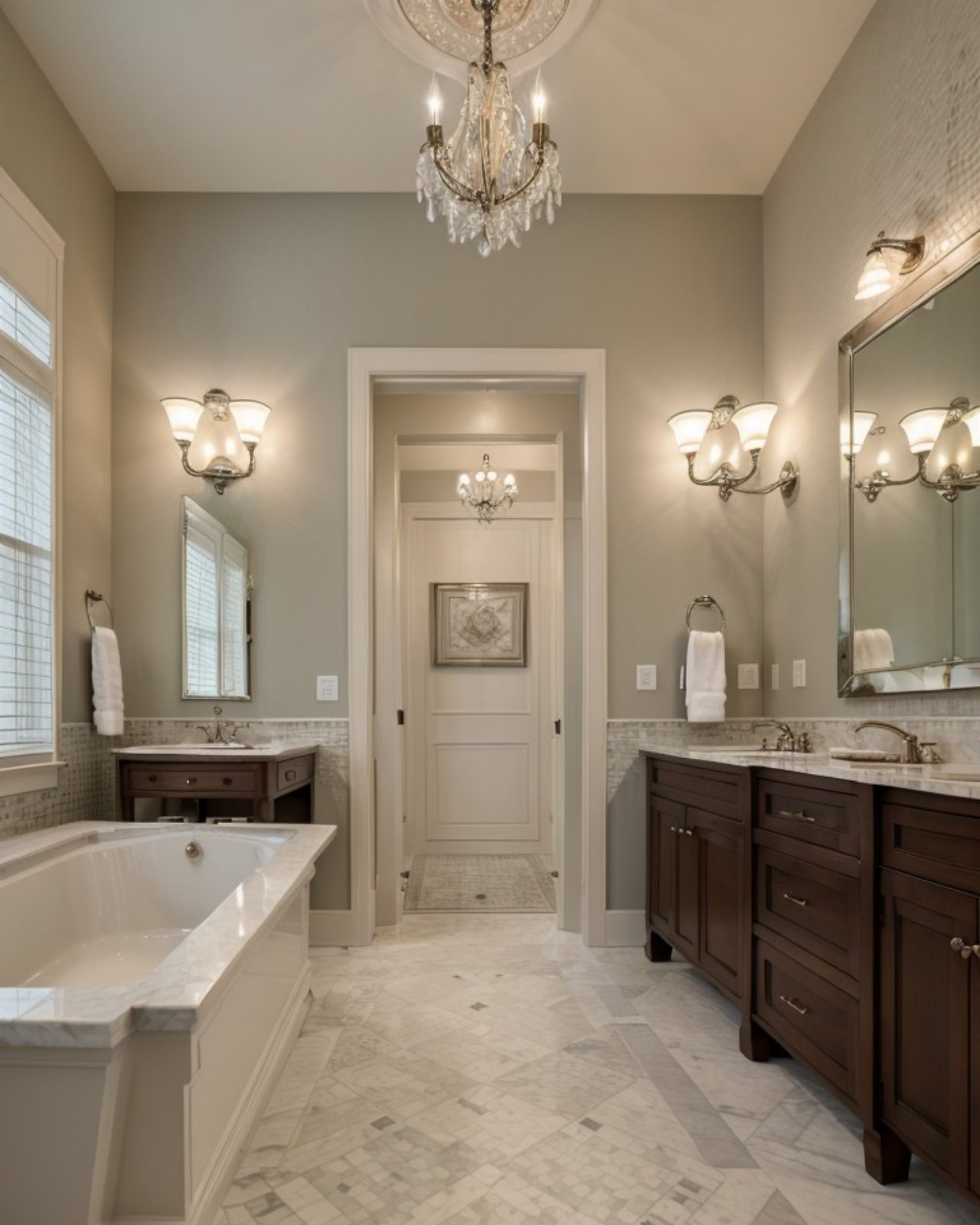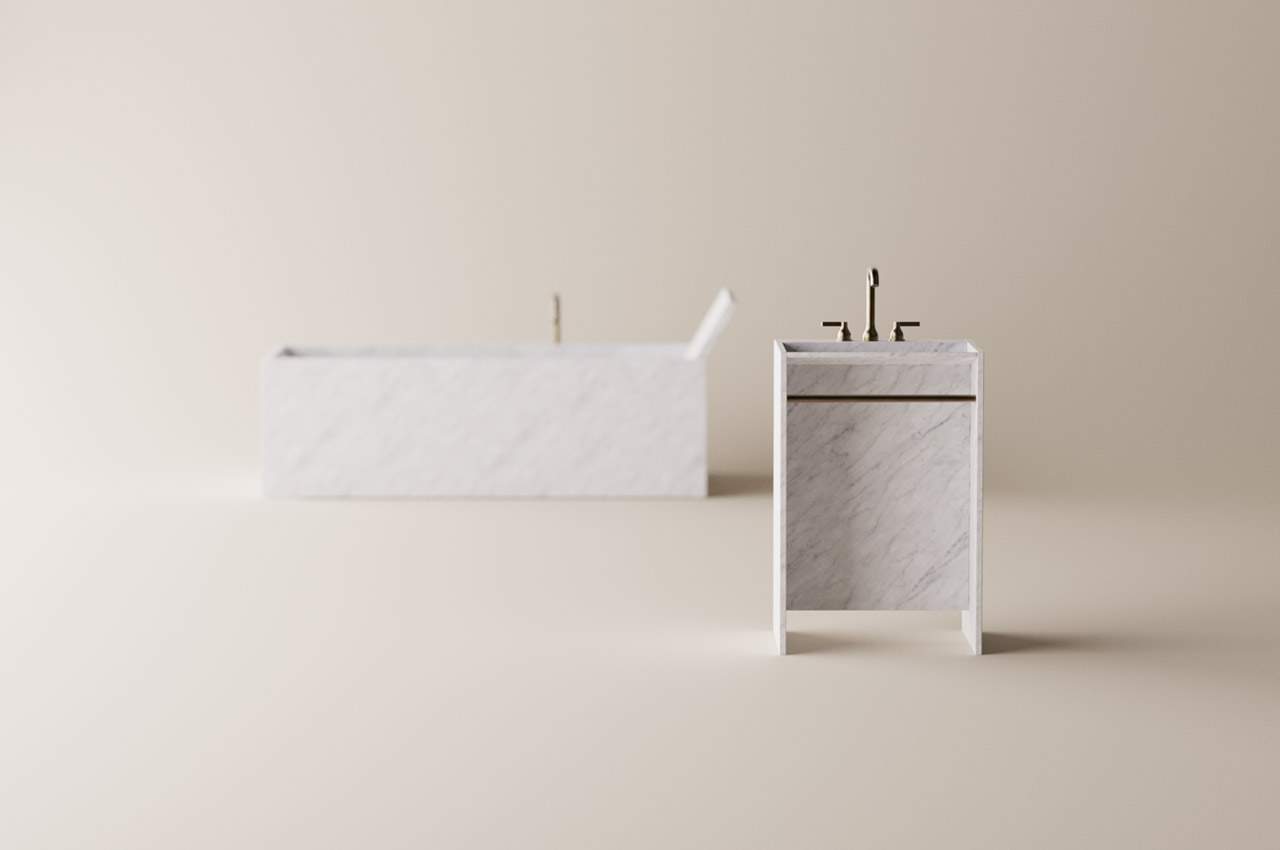
In 2024, the bathroom design is a blend of practical features and aesthetic appeal, incorporating natural elements, earthy hues, and a strong emphasis on a clutter-free layout. This year nature-inspired elements and sustainable design features are more dominant than in previous years with rich earth tones taking center stage that create an immersive ambiance. If you are planning a bathroom renovation this year, here are tips to get you going.
1. Timeless Design Style
Homeowners are leaning towards timeless spaces, seeking a style that is characterized by enduring materials. Even modern homes incorporate elements like brick, handmade clay tiles, and rustic wood for a touch of understated luxury into the bathroom decor.
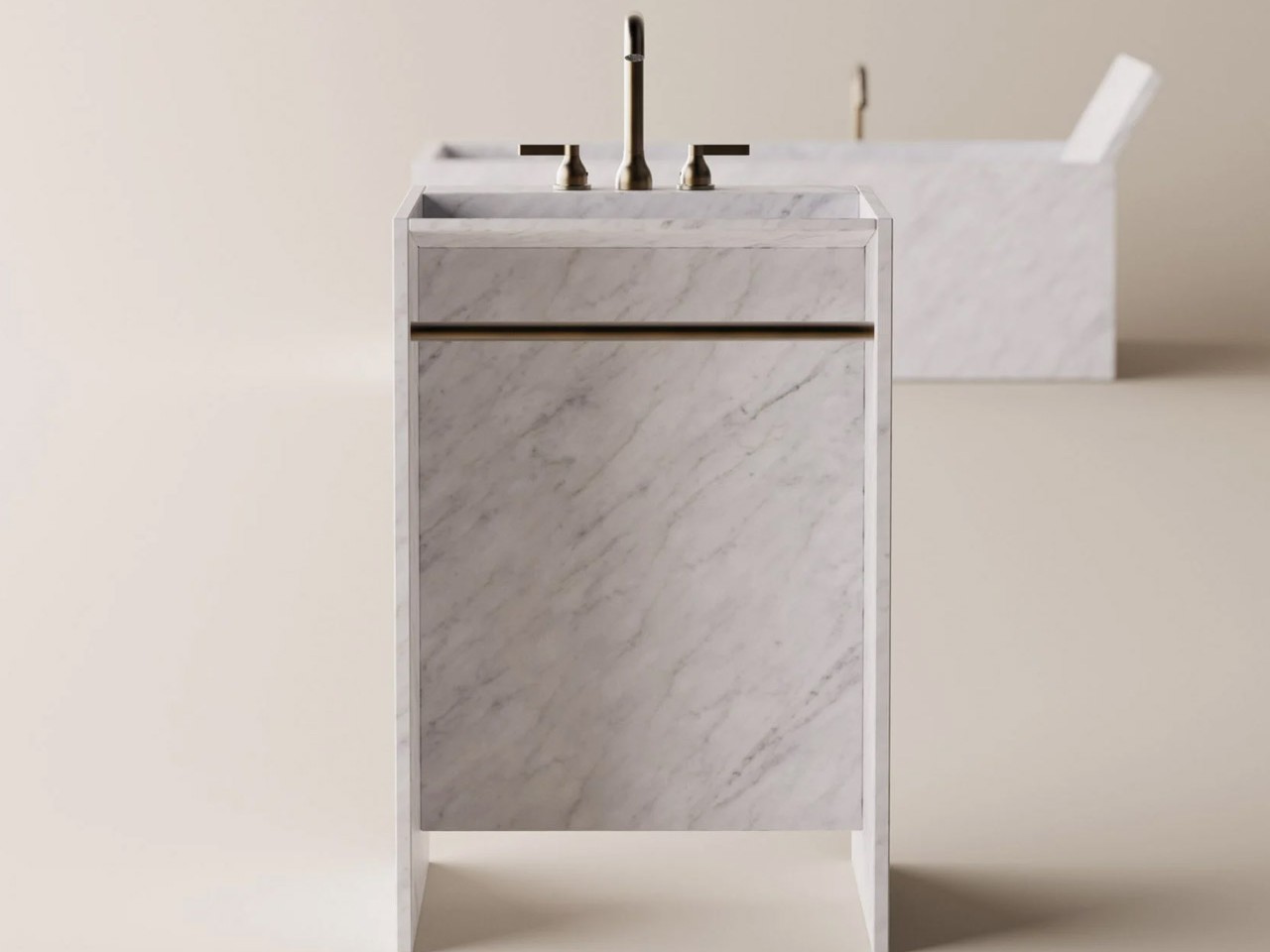
Designer: Agape x Jean Nouvel
Agape, the Italian bathroom brand, collaborates with French architect Jean Nouvel for the Face à Face collection of sinks and baths that emphasizes the materiality and functionality of the products in bathing. The collection features a stunning sink and bathtub with angular designs, showcasing upright marble slabs and a tilted backrest for a distinct aesthetic. Crafted from flat marble sheets, the collection elegantly highlights the stone’s detail and veining.
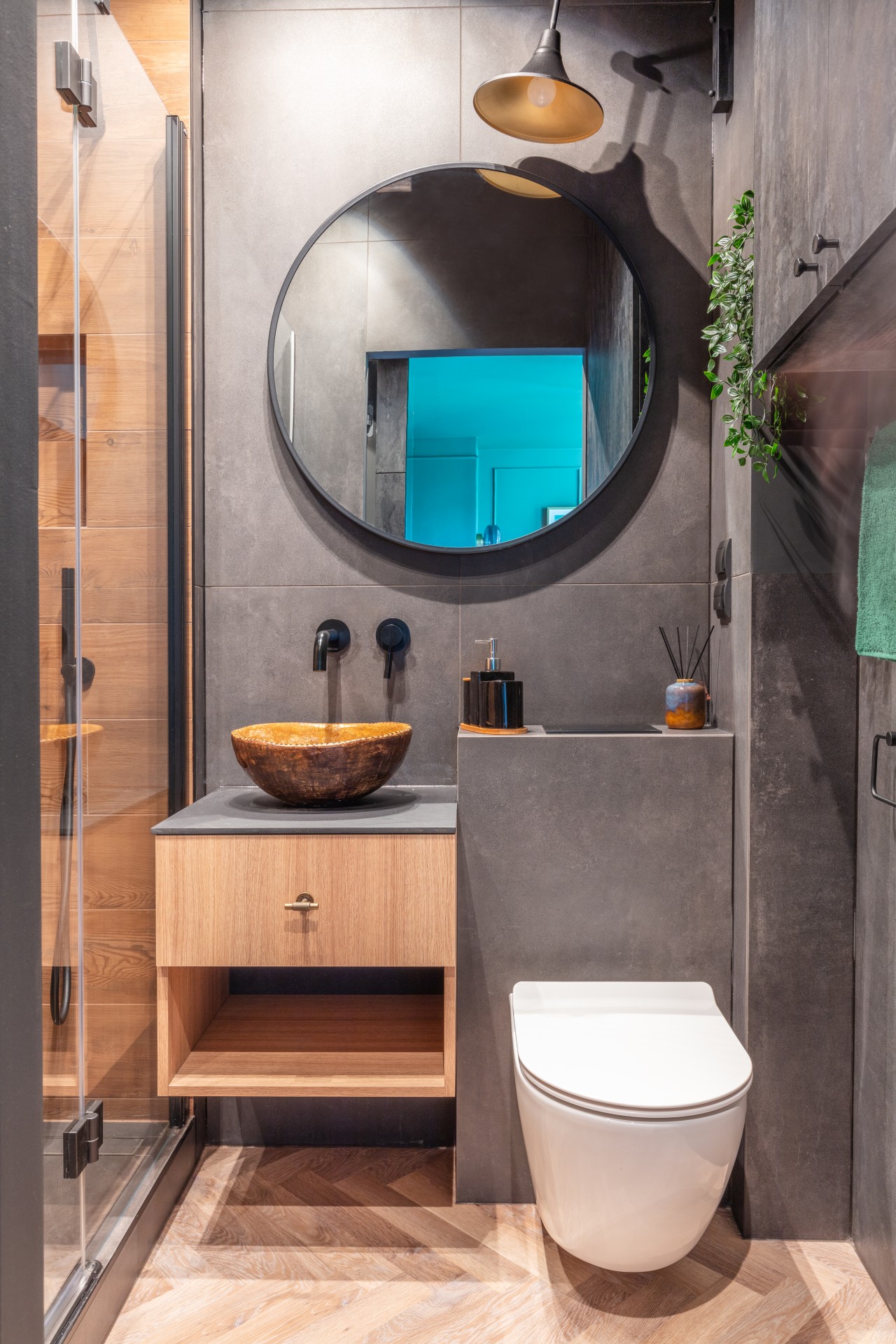
Image courtesy of: photocreo
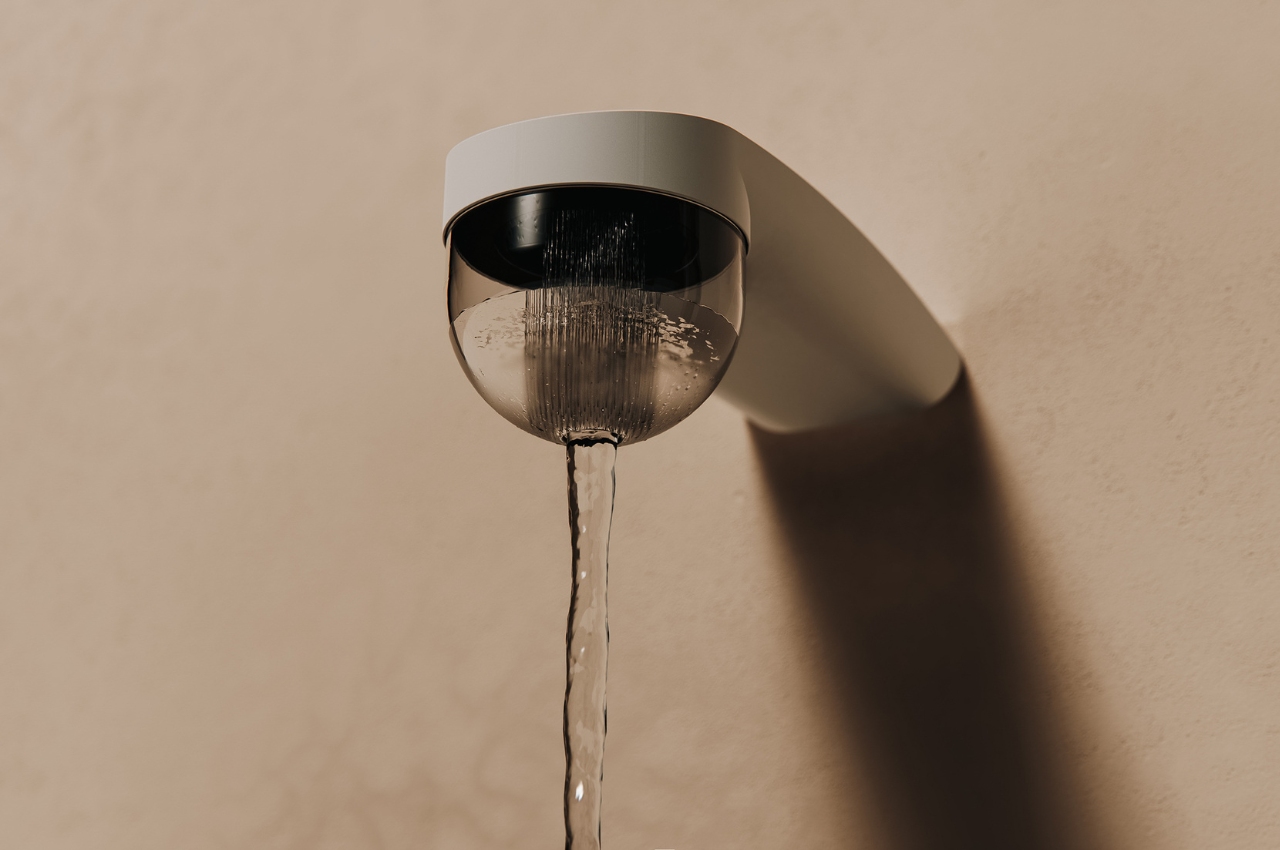
Designer: Annabella Hevesi
Sylvia Plath’s ‘The Bell Jar’ inspired a dual-function bathroom accessory. Named after the book, it serves as both a showerhead and bath spout, seamlessly transforming based on preference. With a hidden cable and fixed adaptor, it embodies the book’s themes of the human condition and mental states.
2. Sustainable Design
The new-age bathroom focuses on sustainable design and the importance of features water- and energy-saving fixtures, LED lightbulbs, dimmers, and sustainable bathroom essentials.
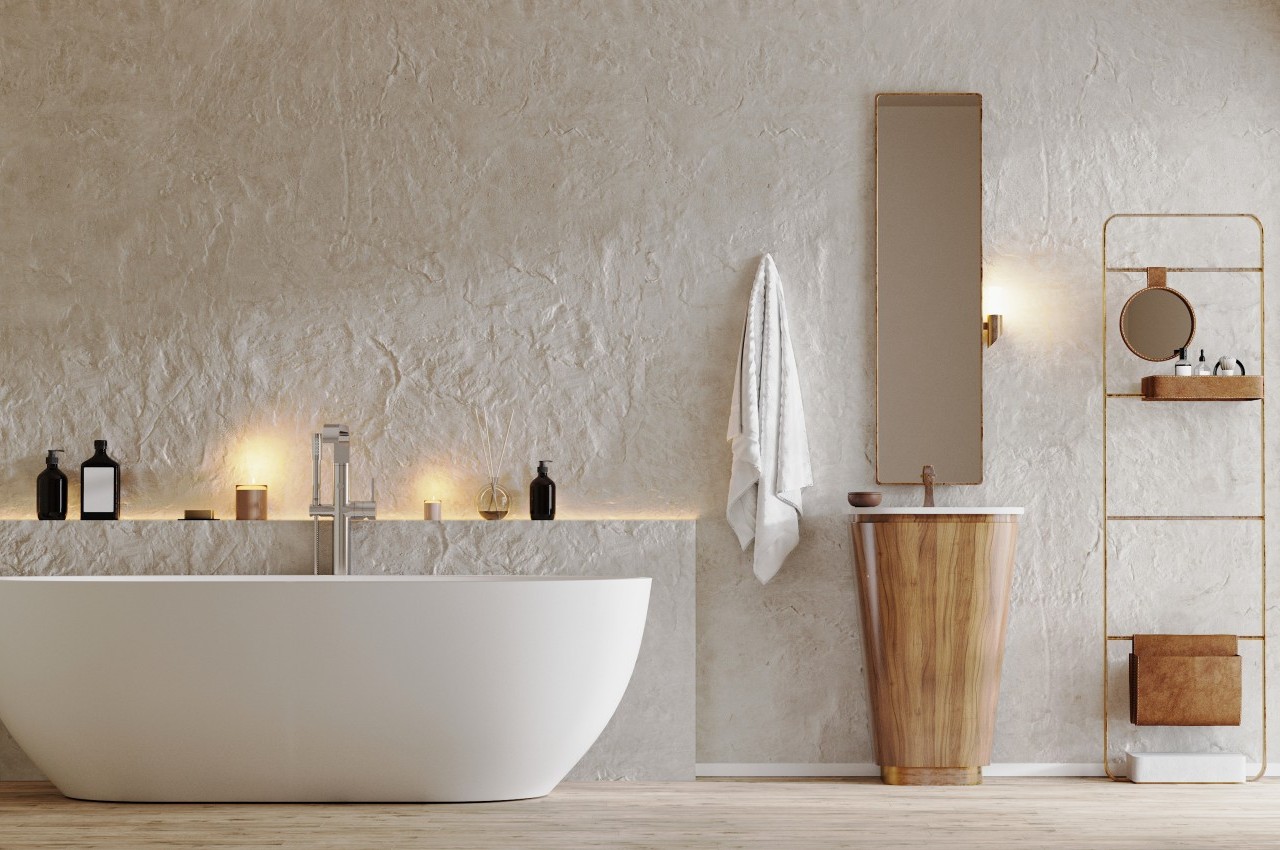
Image courtesy of: OleksandrShcherban
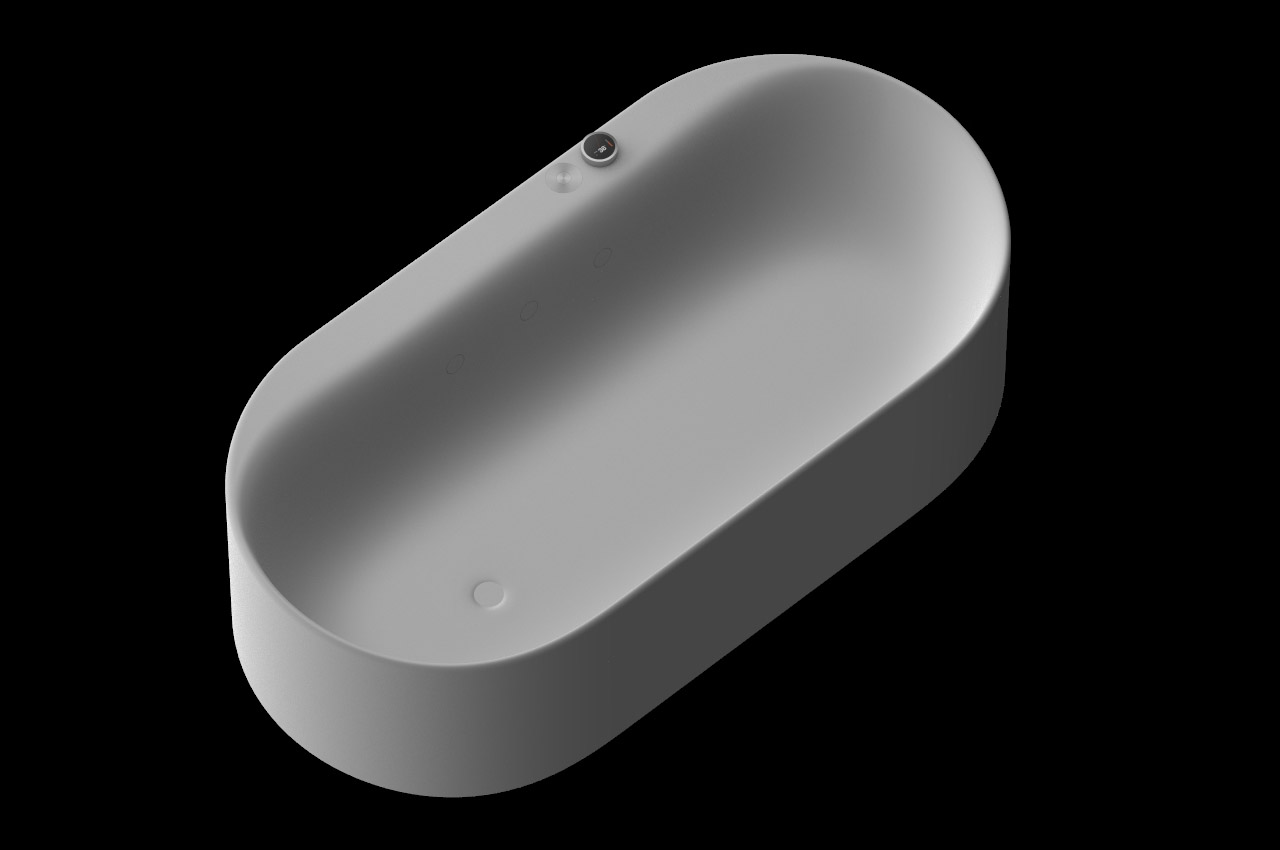
Designer: Cloudandco Design Studio
Cloudandco Design Studio introduces a Smart Bathtub, not just for bathing but tailored for automated relaxation and personalized massages. This innovative tub learns your preferences over time, ensuring every bath is a bespoke and blissful experience. The embedded artificial intelligence analyzes past sessions, addressing specific areas of discomfort. Adjustments are easily made via an onboard knob or connected smartphone. This Smart Bathtub redefines comfort and convenience, turning each bath into a customized and delightful ritual with its intelligent design.
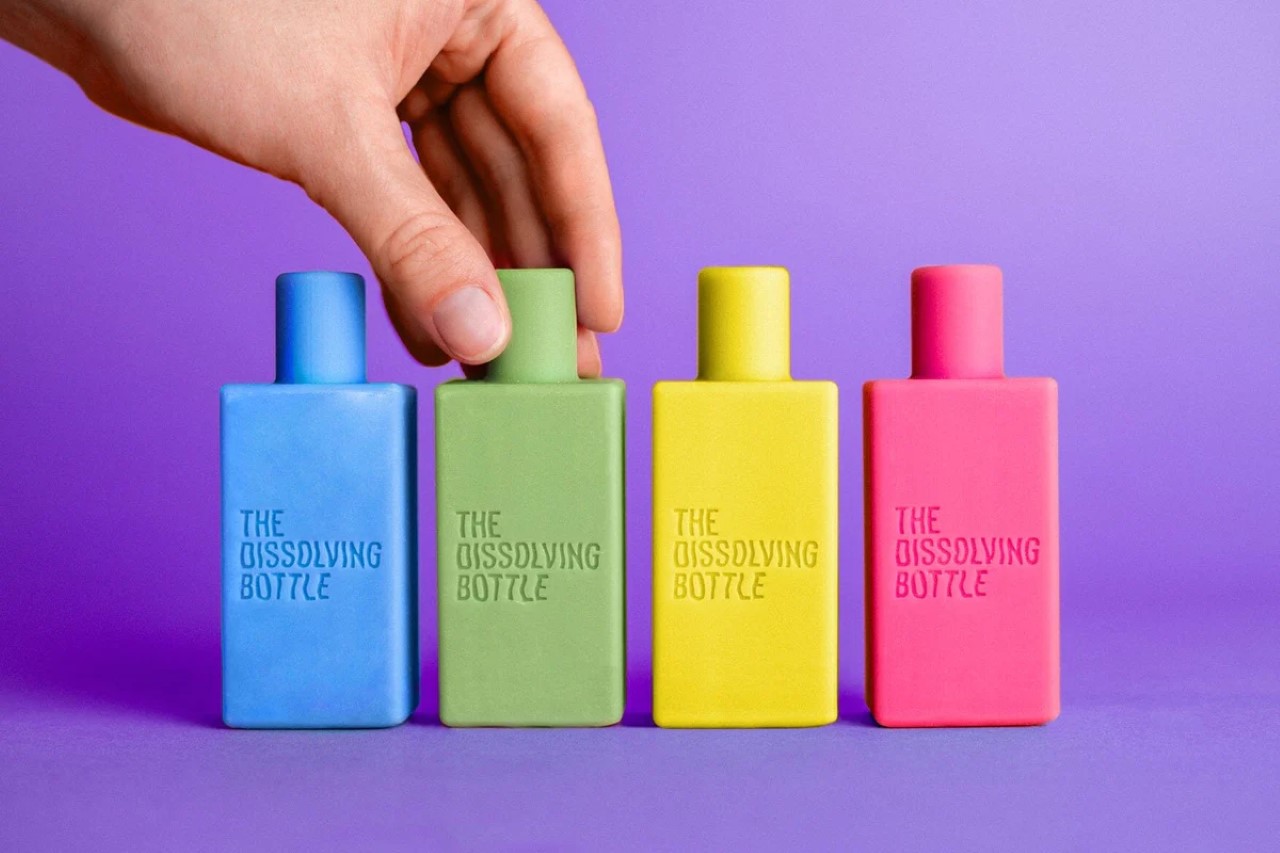
Designer: BBDO Guerrero
Dissolving Bottle’s shampoo bars are more than just a practical choice; they symbolize a commitment to a sustainable, plastic-free future. As users lather and wet the Dissolving Bottle, it gradually diminishes until it disappears, eliminating the need for traditional toiletry containers. This innovative approach offers a convenient and eco-friendly solution to daily hygiene, responding to the escalating plastic pollution crisis caused by the personal care industry, which produces over 500 billion single-use plastic items annually.
3. Artisan Touch
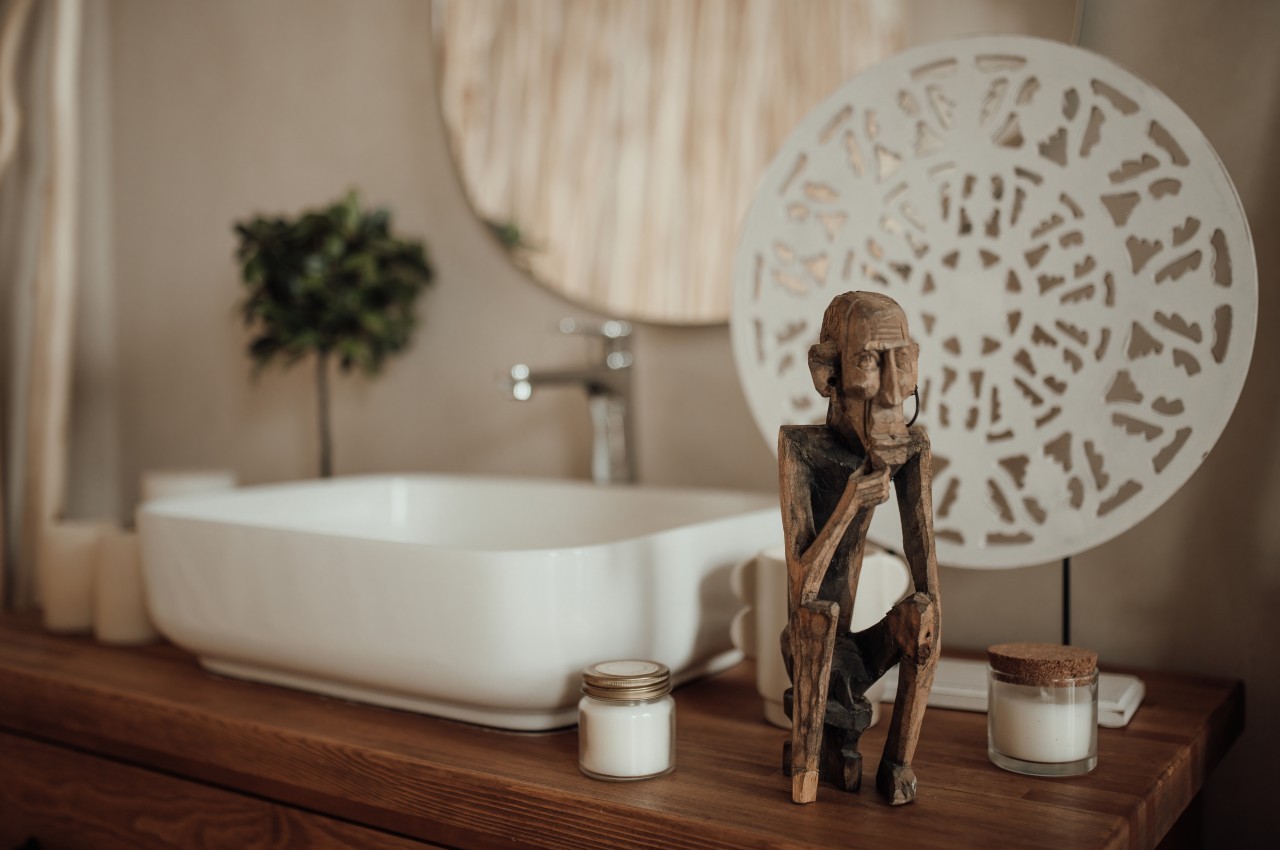
Image courtesy of: Lelia_Milaya
Bathrooms are no longer just functional spaces but have emerged into artistic and creative areas that deserve the same attention as prominent spaces like the living room, bedroom, or kitchen. There is an inclination towards handmade details and features, such as handmade tiles, wallpaper, elegant mirrors, customized bathroom vanities, and other bespoke elements that contribute to the overall ambiance of the bathroom.
4. Natural Materials
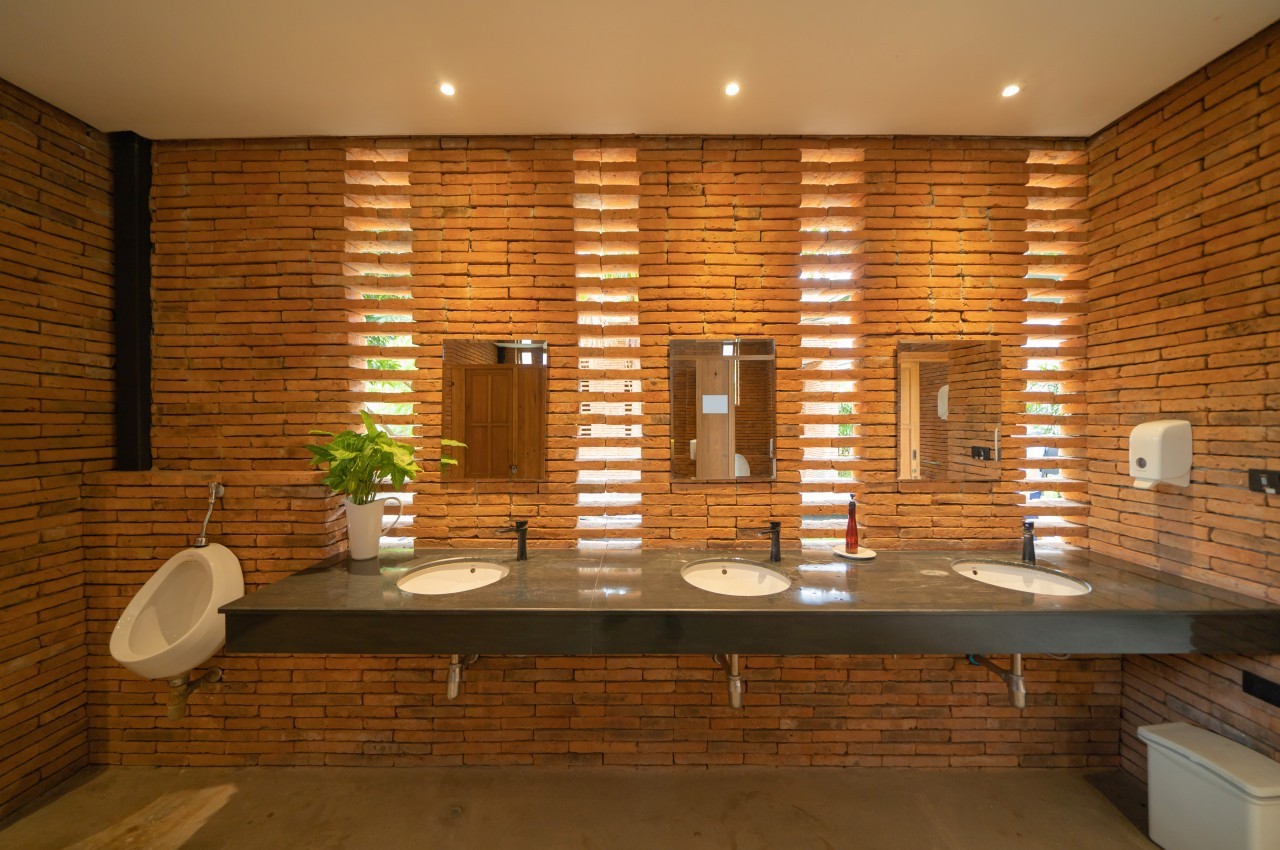
Image courtesy of: tampatra

Image courtesy of: pro_creator
Vibrant marbles and natural stones emerged as significant bathroom trends post-COVID, and they will still be prominent in 2024. Shades of deep reds and browns, striking veining, and black stones enhance bathroom aesthetics.

Designer: Woodio
Woodio, a Finnish design company, introduced the ‘Block’ toilet, entirely crafted from wood composite. Founder Petro Lahtinen developed the material using 80% wood volume, sourced locally from aspen and Finnish forest industry offcuts. The composite, a mix of fossil-based polyester and bioplastic resins, ensures waterproof and durable properties. Woodio emphasizes sustainability with a claim of 99% fewer emissions during production than ceramics. The innovative approach significantly reduces water and energy usage, circumventing the high heat requirements of traditional ceramic manufacturing. However, emission claims exclude considerations of material sourcing and disposal impacts.
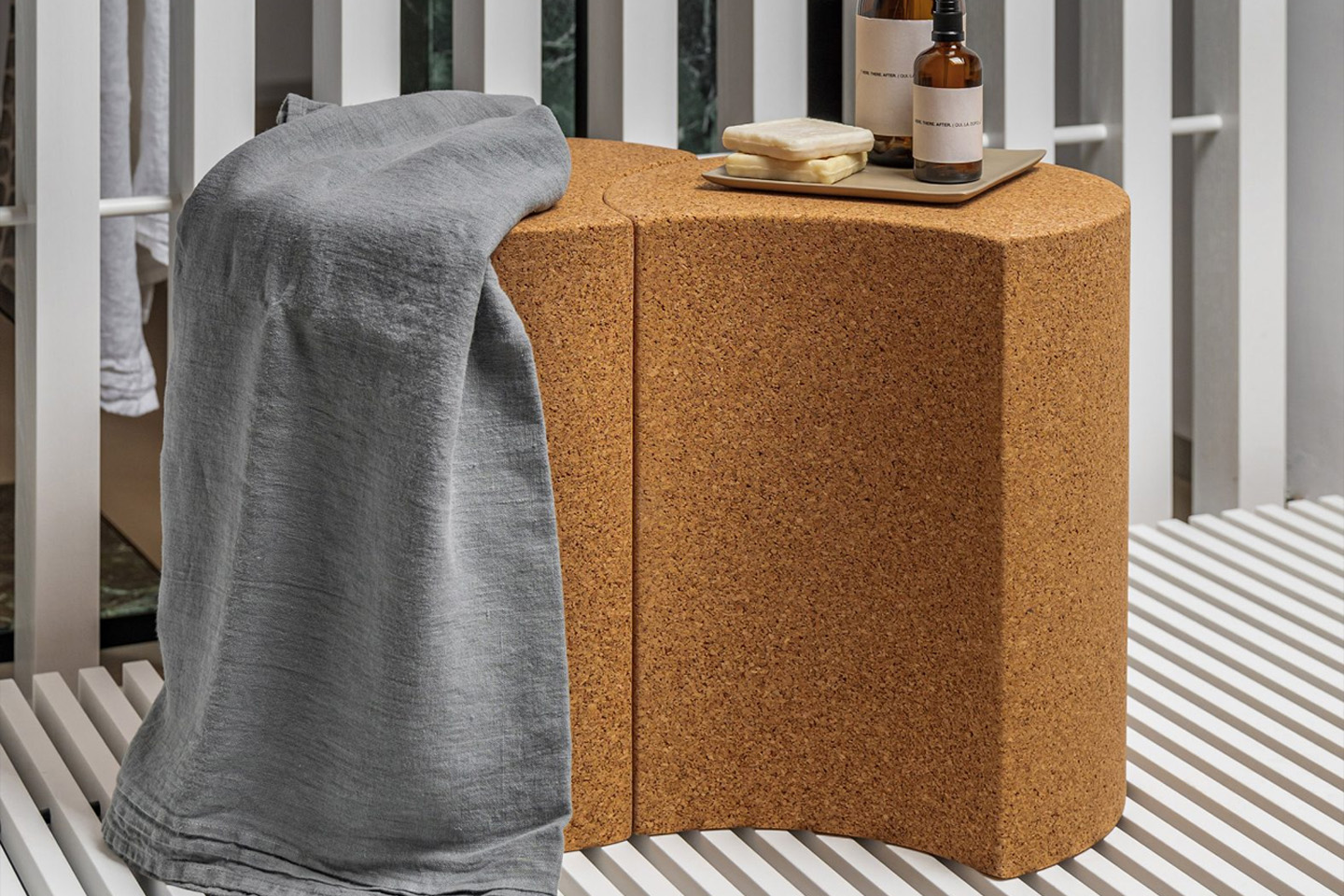
Designer: Marco Carini for Agape
Italian brand Agape’s bathroom seating collection, designed by Marco Carini, prioritizes comfort and sustainability. Featuring two designs crafted from recycled cork, the Vis-à-vis stool serves as a lightweight and sturdy option with a distinctive cylindrical form, while also doubling as a side table. The Rendez-vous bench offers extensive seating, utilizing hand-woven cork ropes wrapped around recycled aluminum tubing. Both designs provide comfortable and inviting spaces for relaxation in the bathroom, combining functionality with eco-friendly materials.
5. Earthy Hues

Image courtesy of: RossHelen
Apart from natural materials, nature-inspired colors, and wall treatments are also on the rise, enhancing the soothing indoor-outdoor aesthetic. Current trends include earth-toned paint colors, plaster, and accent hues.

Image courtesy of: pro_creator

Designer: Lusso
British bathroom brand Lusso has launched the Amore which is a freestanding bathtub made from translucent resin. Designed by the Lusso founder Wayne Spriggs, the choice of material for Amore is truly ingenious which imparts it with a unique appearance and a seductive appeal.
6. Warm Wood Vanity

Image courtesy of: pro_creator

Image courtesy of: wirestock
A natural stone countertop paired with a warm wood vanity in different tones of wood is another emerging trend. As nothing surpasses the beauty and warmth of wood, the wood cabinetry not only enhances storage but also contributes to the aesthetics.

Image courtesy of: vanitjan
7. Integration of Technology
In 2024, the integration of speakers and bathtub trends emphasizes luxury, comfort, and style, seamlessly combining relaxation and rejuvenation. Whether it’s a freestanding tub with smart temperature control or a built-in soaking tub surrounded by mood lighting, bathtubs serve as the foundation for ultimate luxury.
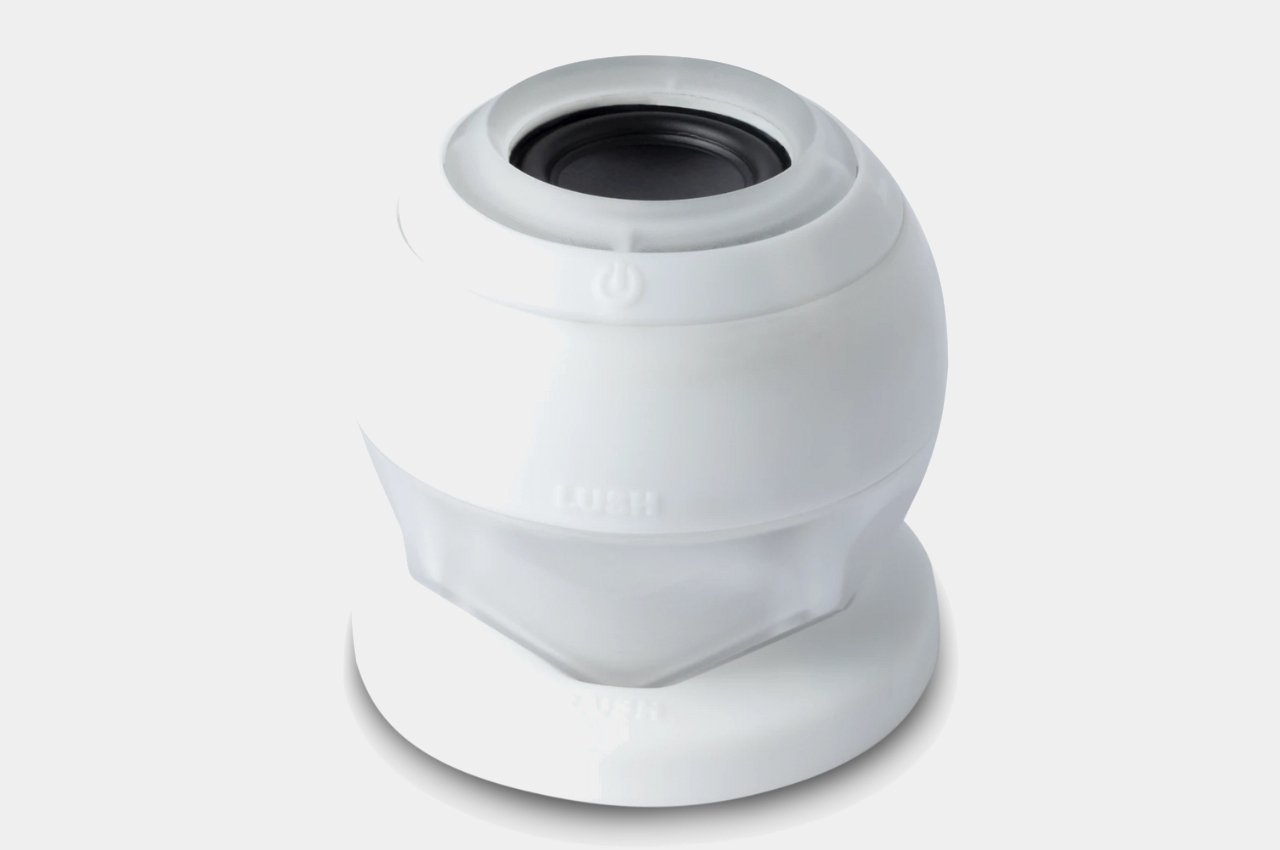

Designer: Lush
Lush’s upcoming “digital bath bomb,” Bath Bot, is set to revolutionize bath time. Resembling traditional bath bombs, it’s a waterproof speaker that can be placed in the bath or near the shower. Offering a 180-degree sound experience, it allows you to enjoy music, audiobooks, or podcasts while bathing. With customizable full-spectrum lights in colors like lavender and pink, Bath Bot creates a spa or rave atmosphere. The compact device also features tiny bubbles for an immersive, multi-sensory experience.
8. Spa-style Bathroom
Over the past few years, the movement to transform primary bathrooms into in-home spas has gained momentum. Steam showers, towel heaters, massaging shower heads, soaker tubs, and heated floors are increasingly sought-after features. The concept of a bathroom being not only aesthetically pleasing and functional but also serving as a personal spa represents one of the latest trends. Additionally, bathrooms are transforming into areas that promote mindfulness and provide moments to unwind and relax after a long day.
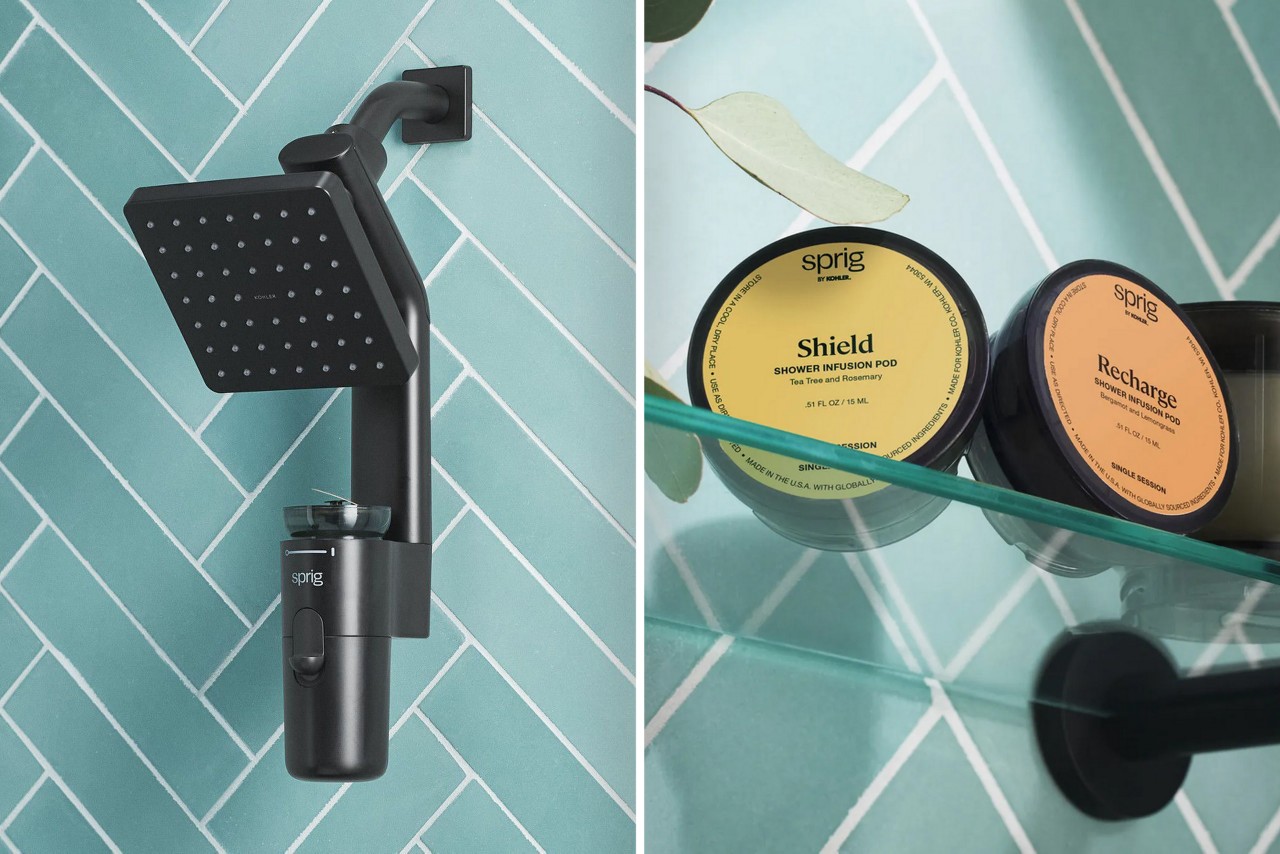
Designer: Kohler
Kohler has introduced the ‘future of bathing’ with its Sprig Shower Infusion System. Attachable to any showerhead, it supports ‘Sprig Shower Pods’ for a non-coffee infusion experience. These pods offer therapeutic aromas like eucalyptus, chamomile, rose, lavender, and lemongrass, along with skin-friendly elements such as hyaluronic acid and sodium. Providing infusions for several minutes, the pods bring a spa-like touch to showering. Kohler aims to redefine the bathing experience with this innovative and fragrant solution.

Designer: Gessi
Gessi’s Jacqueline tap, part of the Spa Collection, stands out with its bamboo construction. The bamboo, carefully selected and shaped using hot bending techniques, is transformed into a waterproof faucet with integrated plumbing elements. With ten finish options, including nickel and brass, the spout combines aesthetics and functionality. Unlike traditional materials, bamboo offers sustainability and flexibility. Gessi’s meticulous craftsmanship ensures Jacqueline not only serves a functional purpose but also adds a touch of beauty to bathroom design.

Image courtesy of: bialasiewicz
9. Decorative Light Fixtures
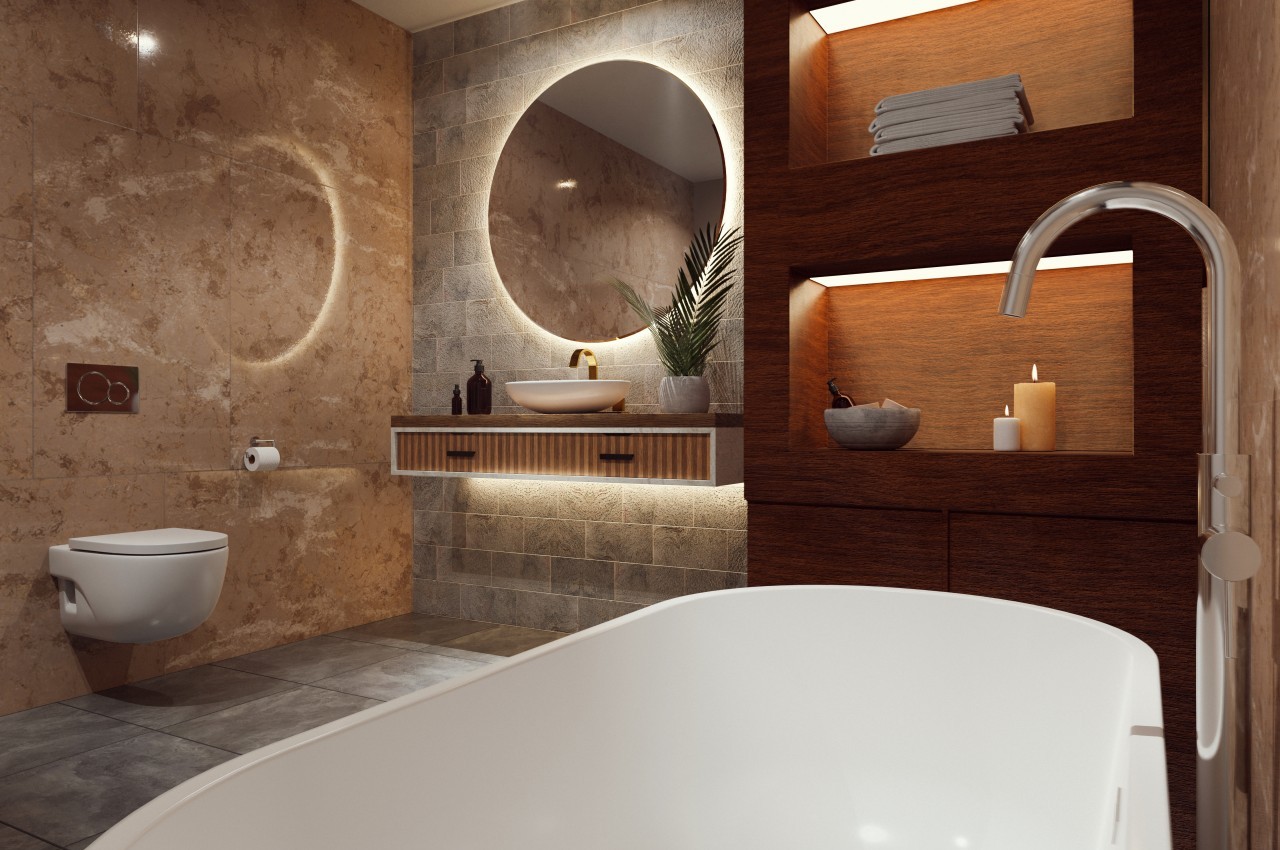
Image courtesy of: Vailery
As bathrooms are usually compact, the lighting serves as a medium to convert functional elements into decorative objects.
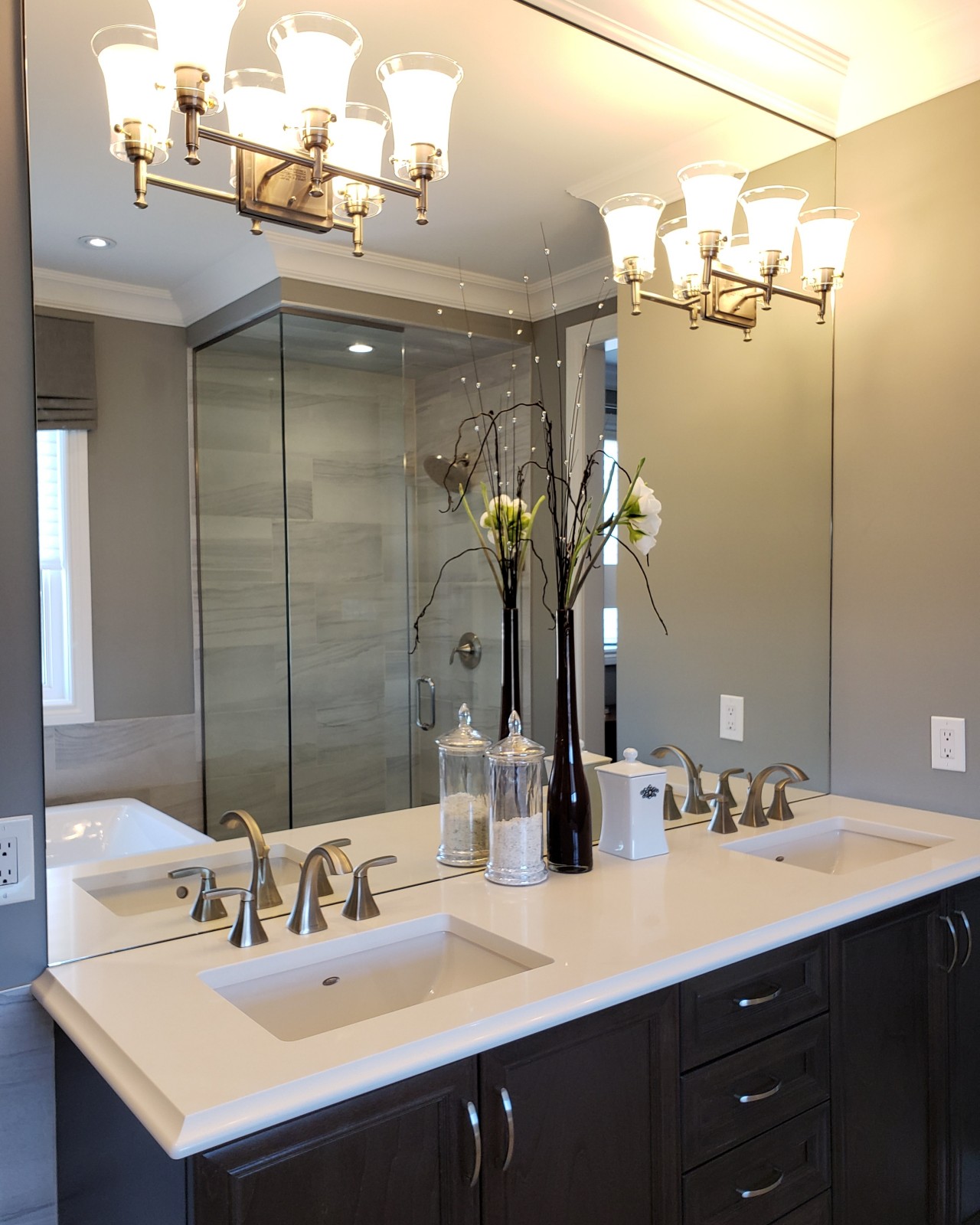
Image courtesy of: polga2
10. Bold Countertop

Image courtesy of: pro_creator
Homeowners with a penchant for neutral aesthetics are now embracing bold choices, such as experimenting with colored marble with rich natural vein patterns and opting for waterfall edges, for their bathroom countertops.
The post Top Ten Bathroom Trends for 2024 first appeared on Yanko Design.
